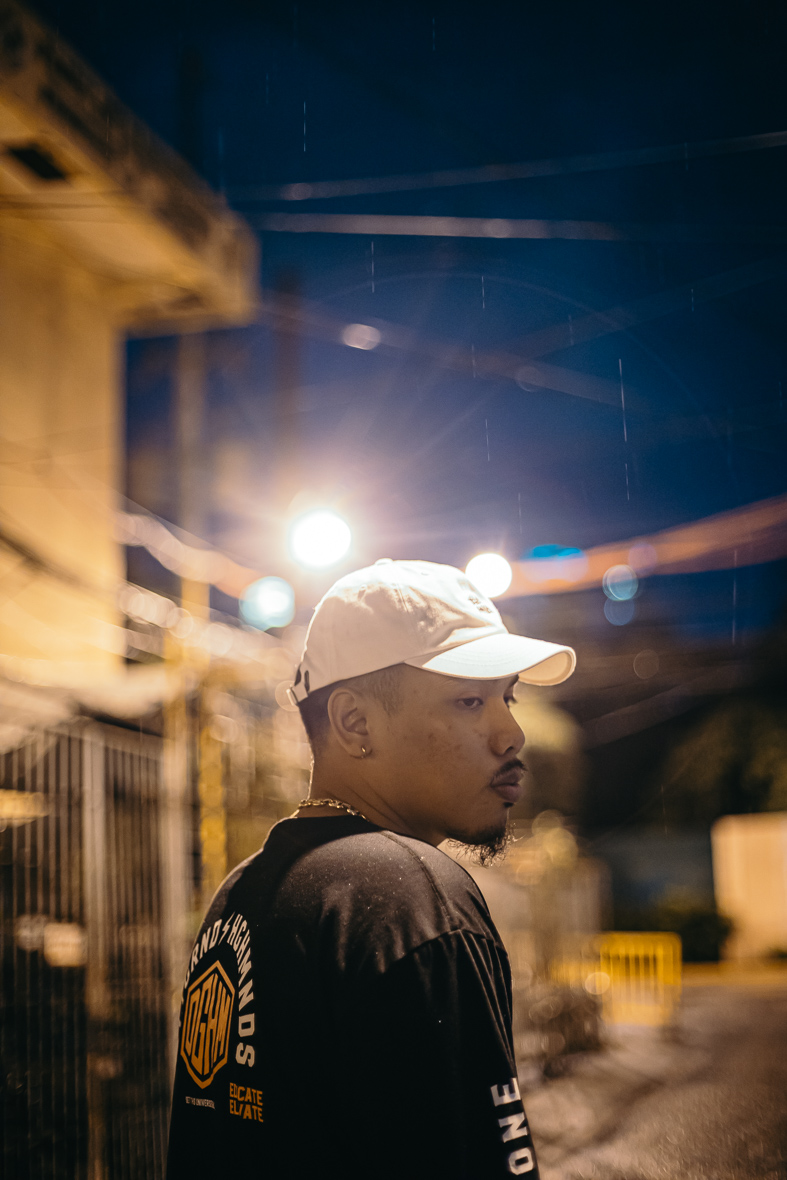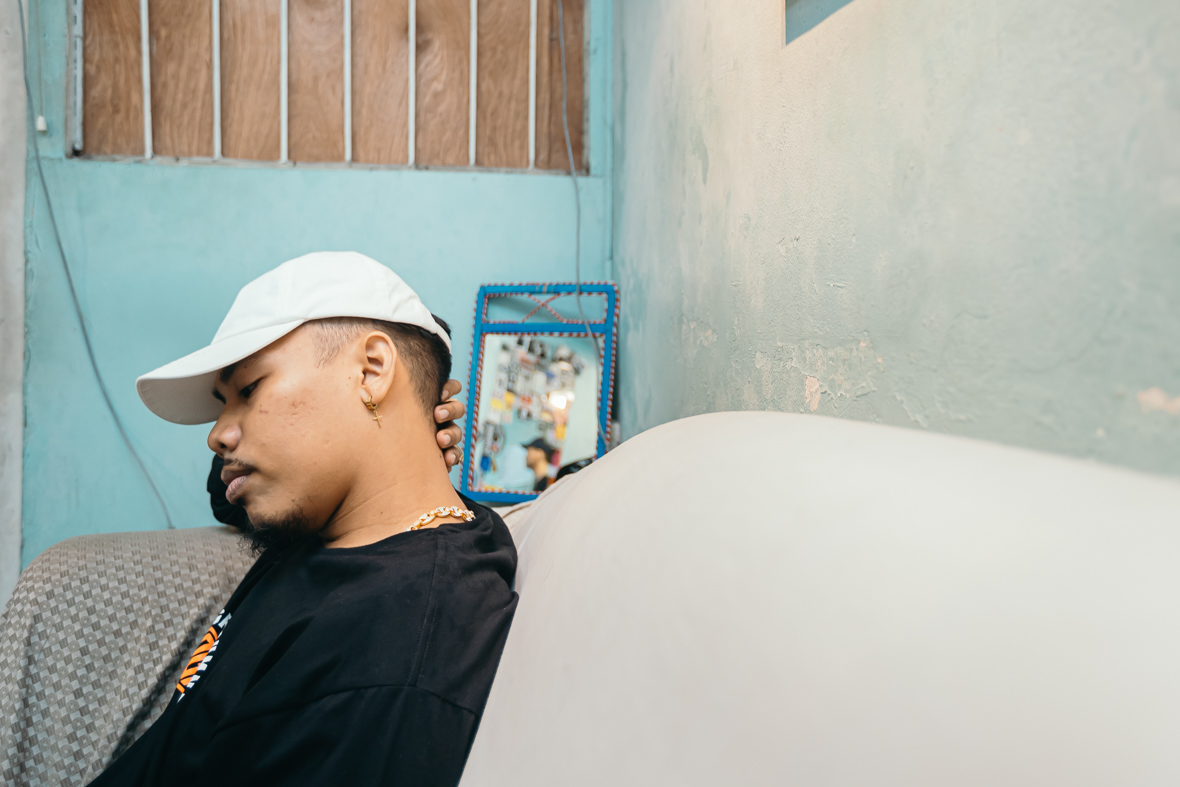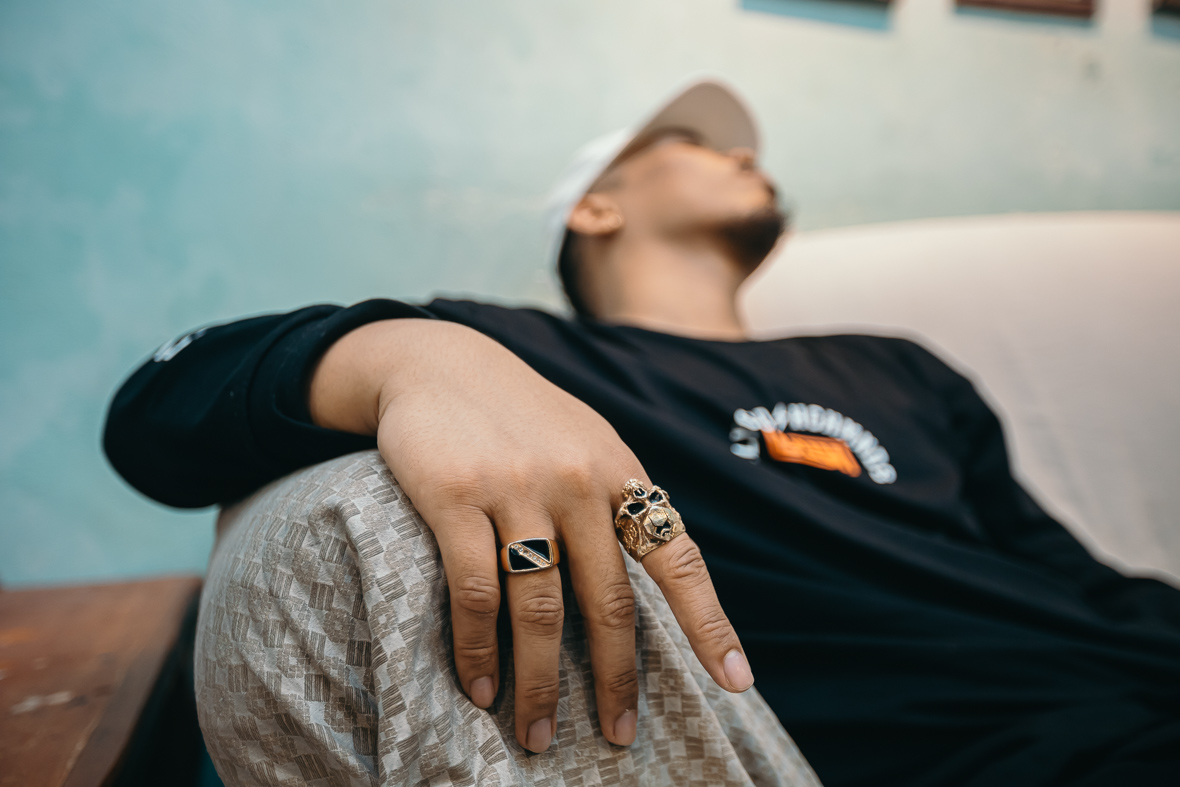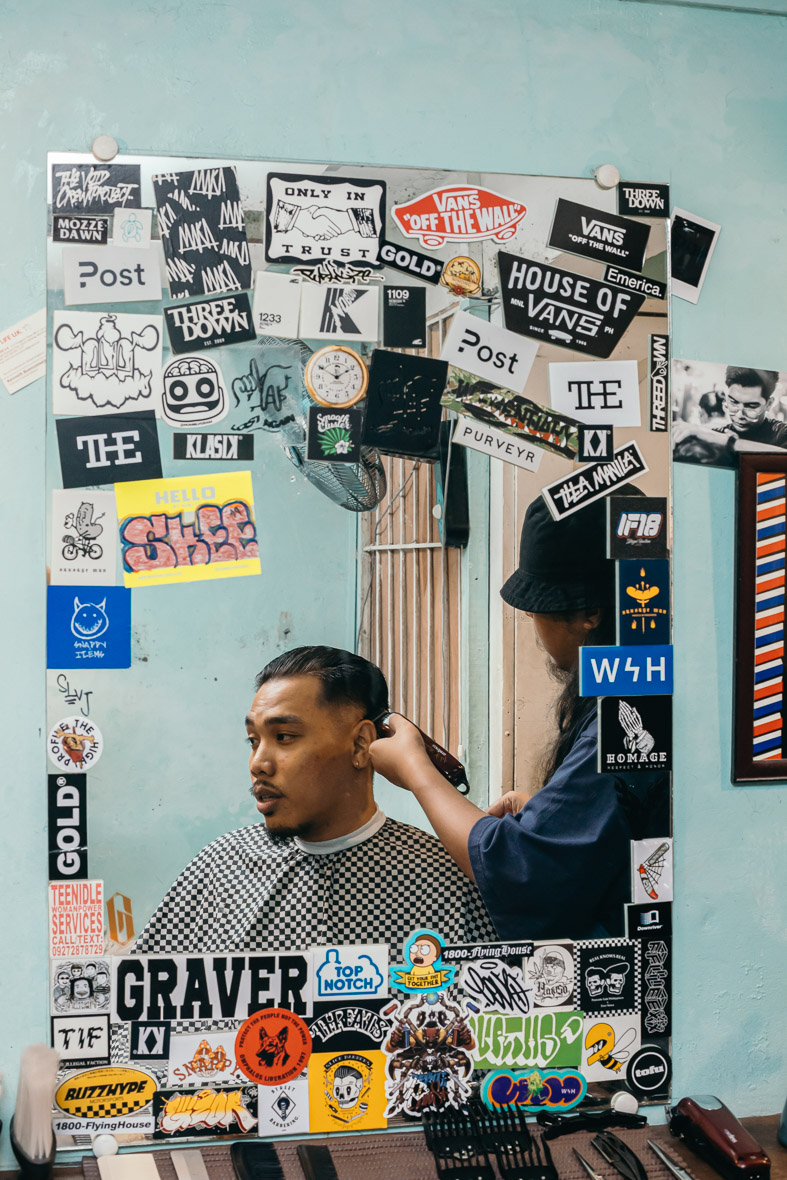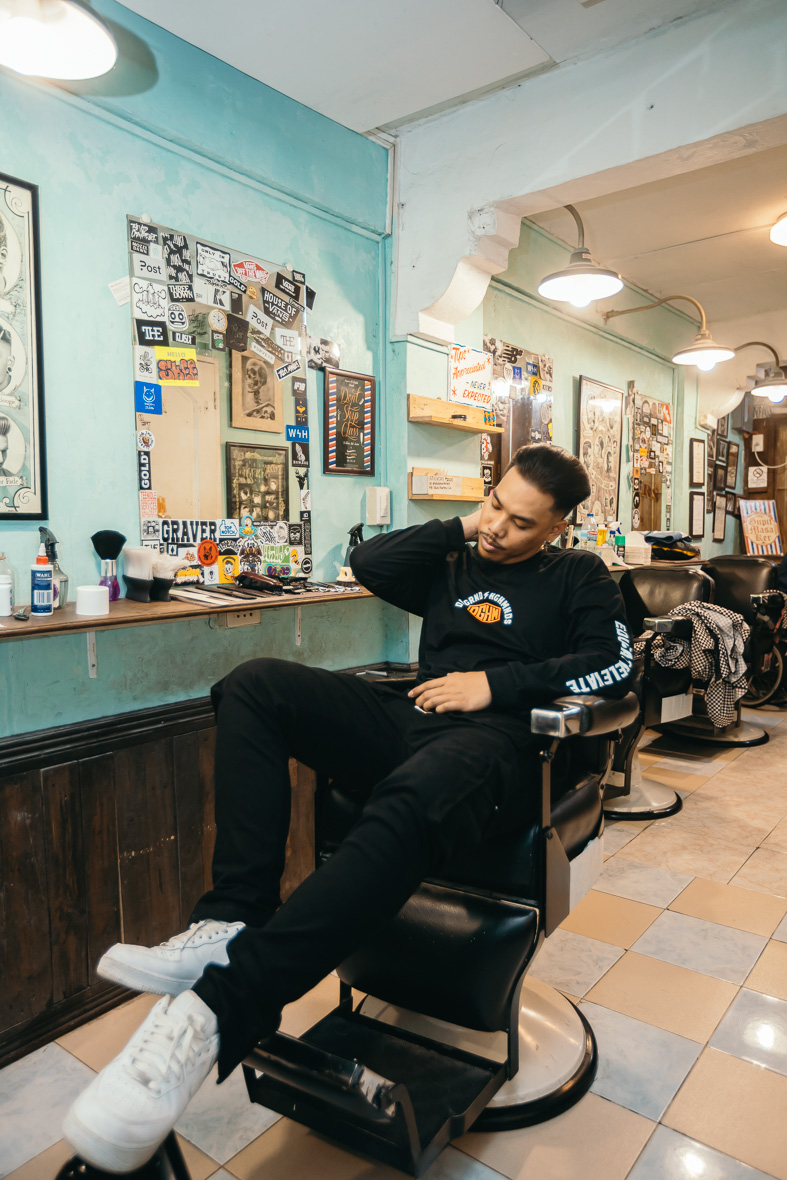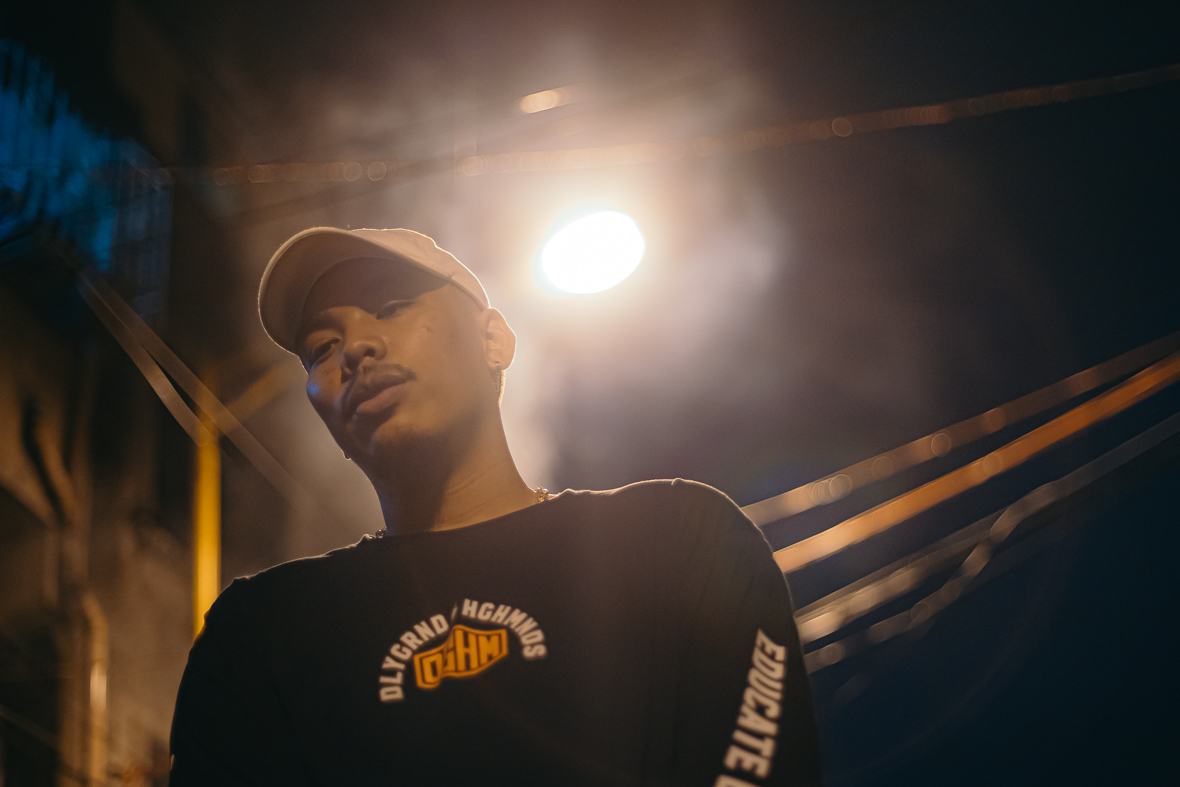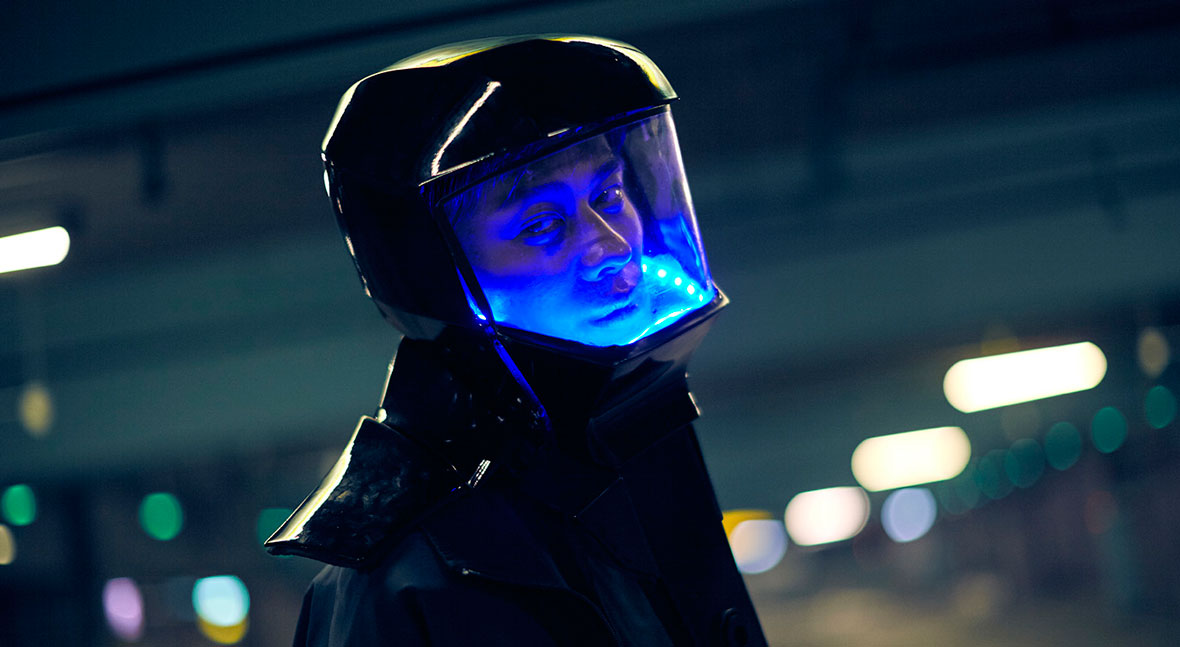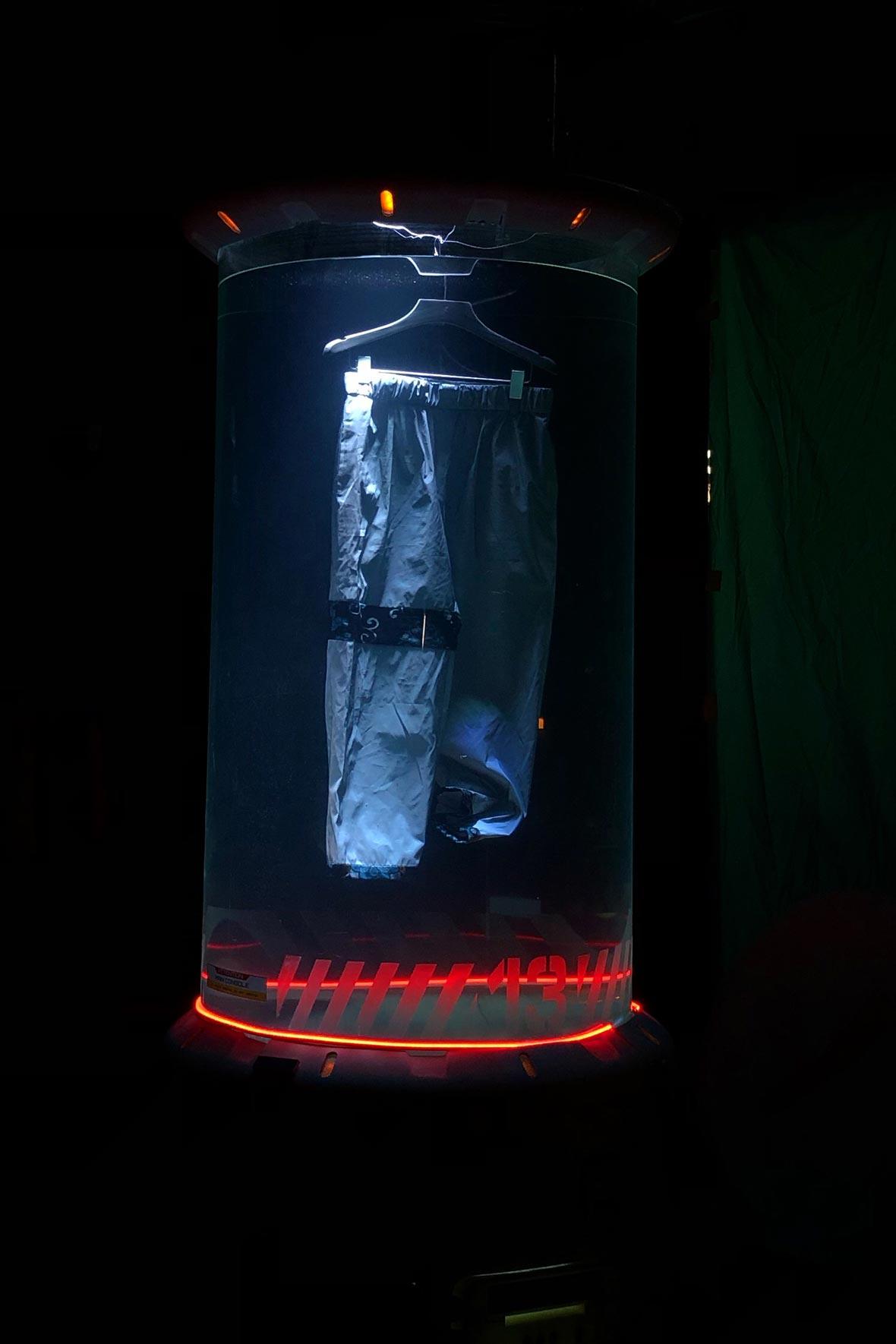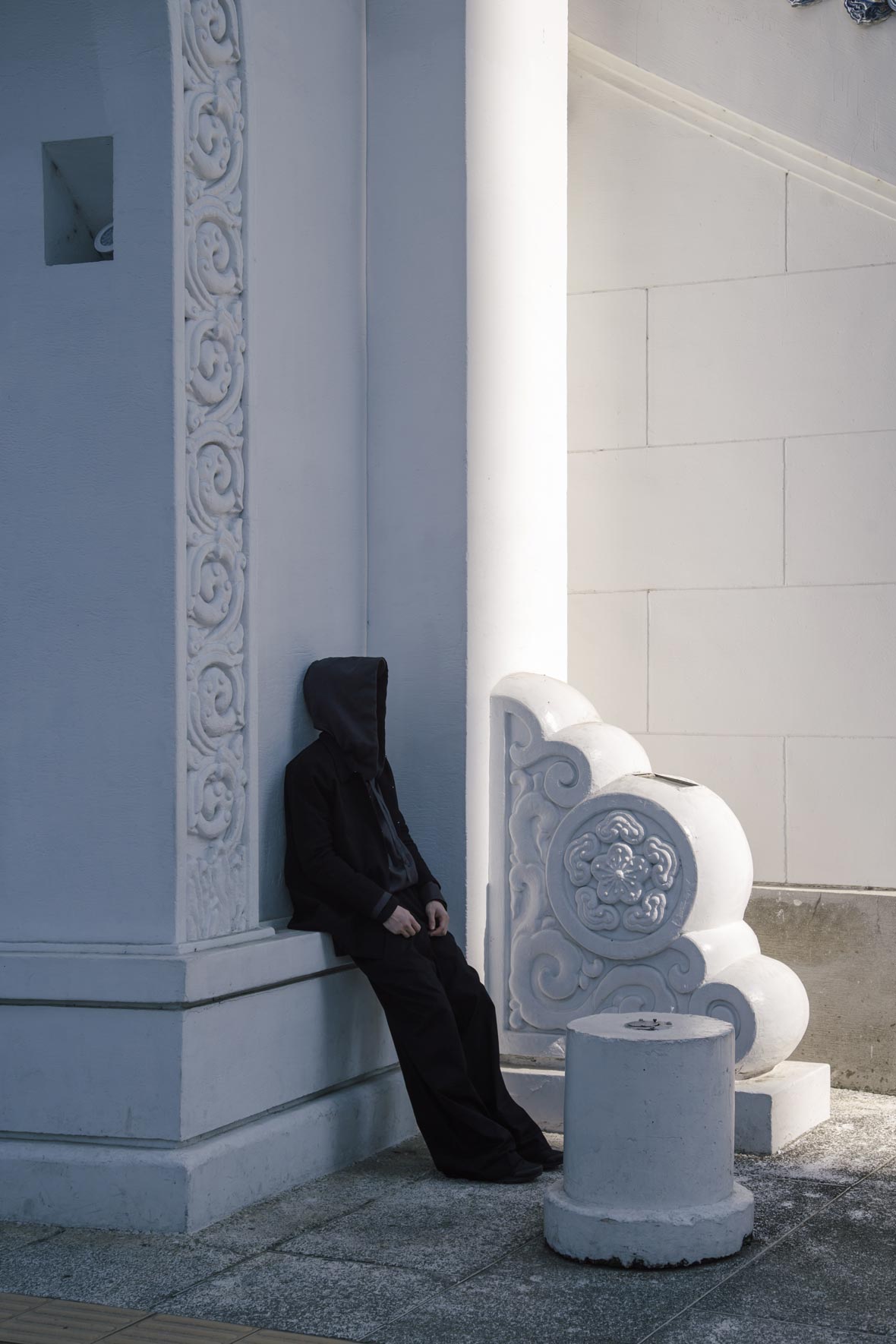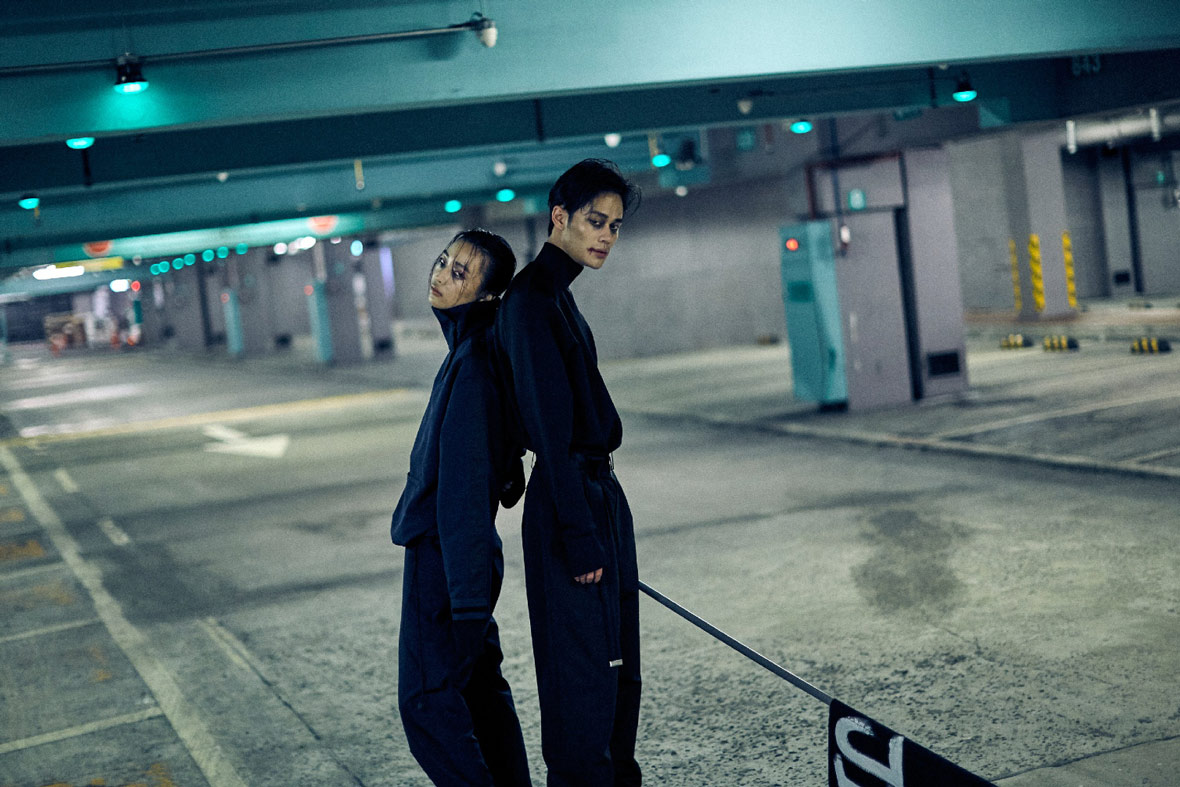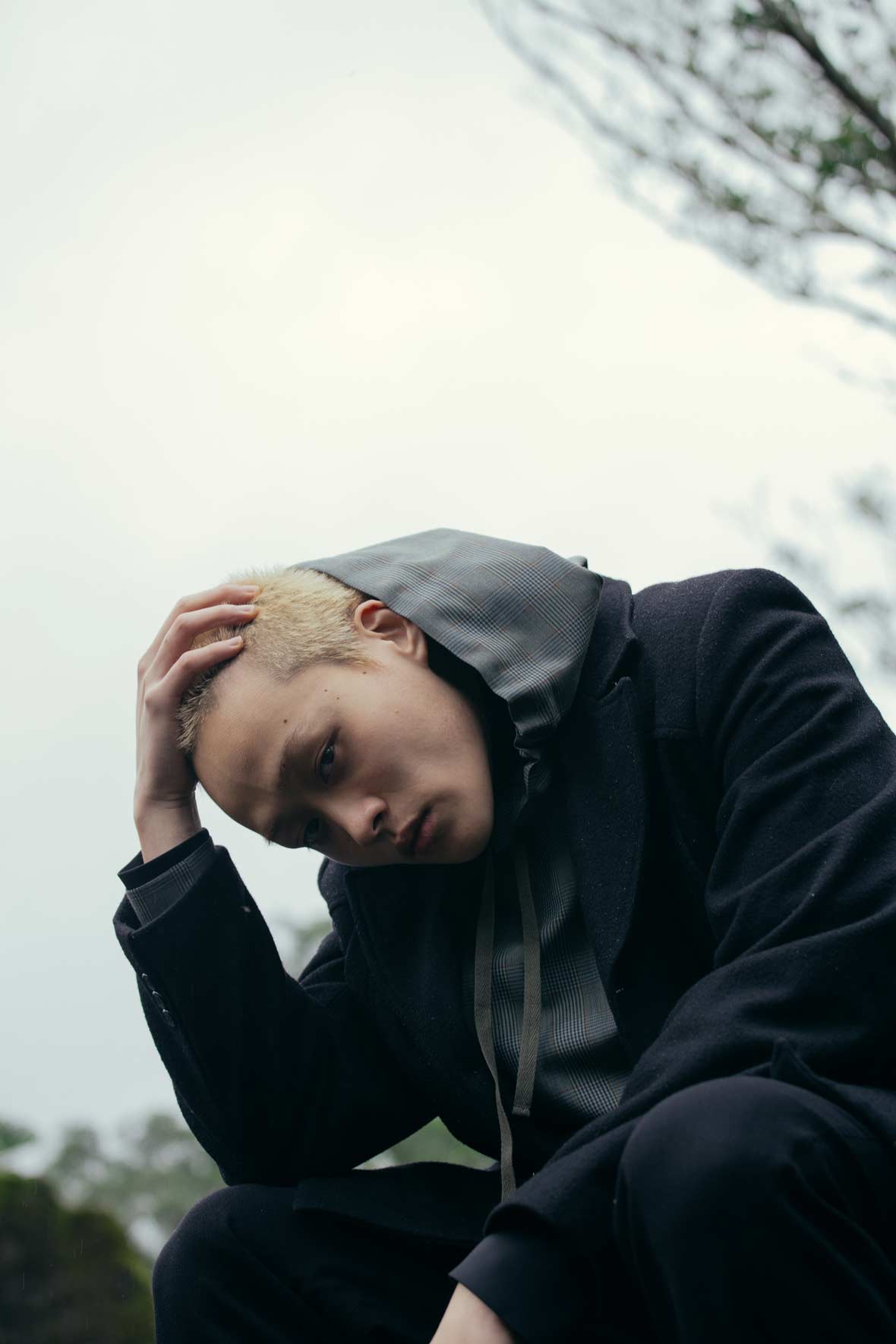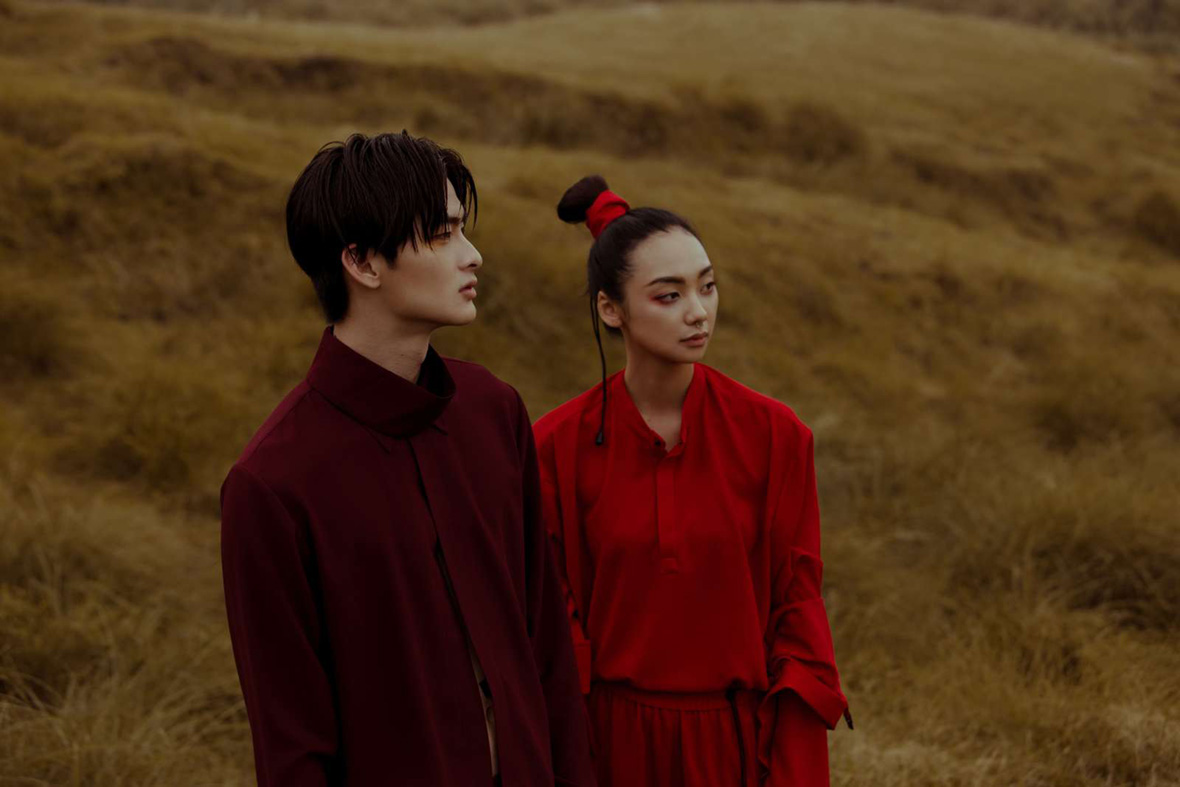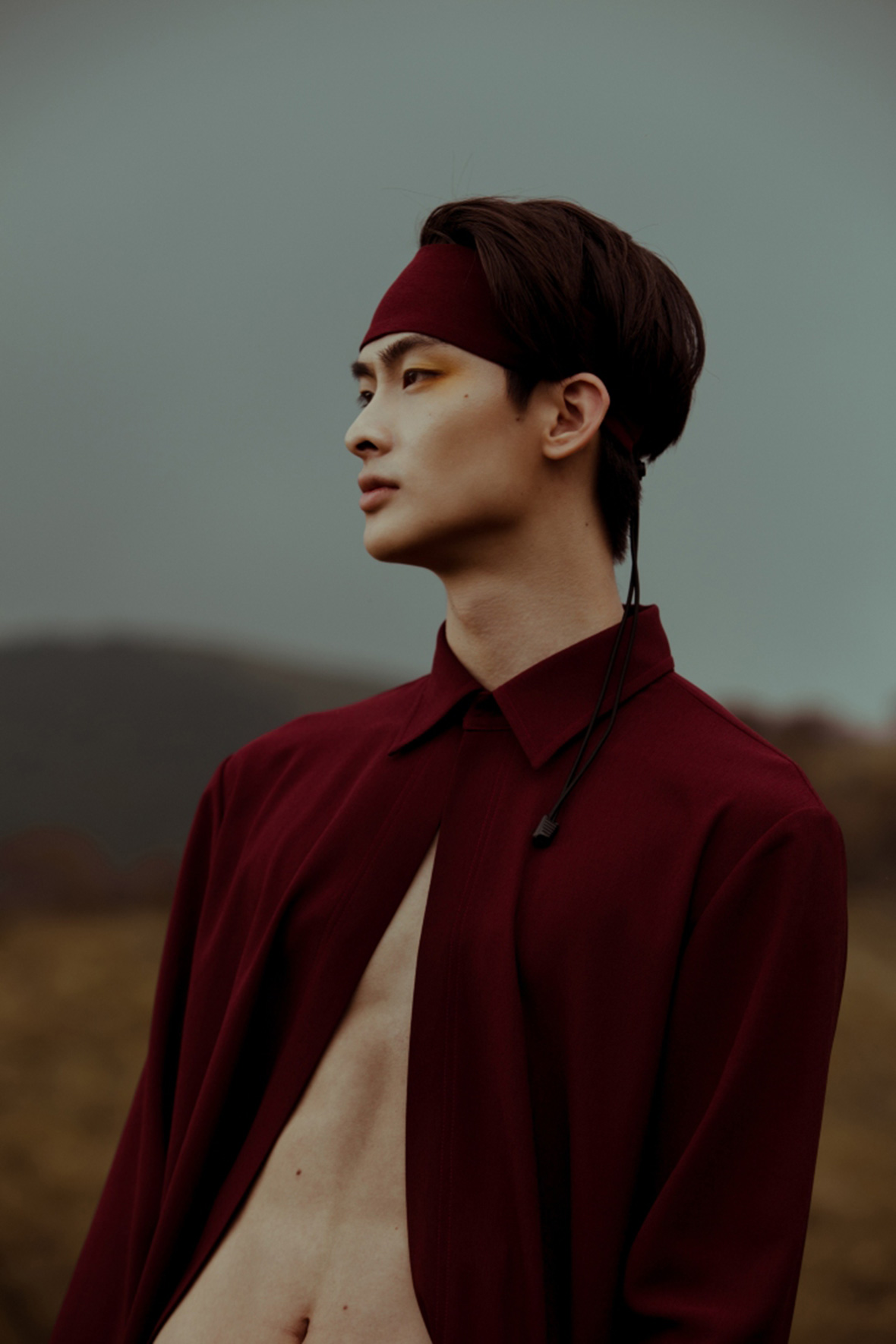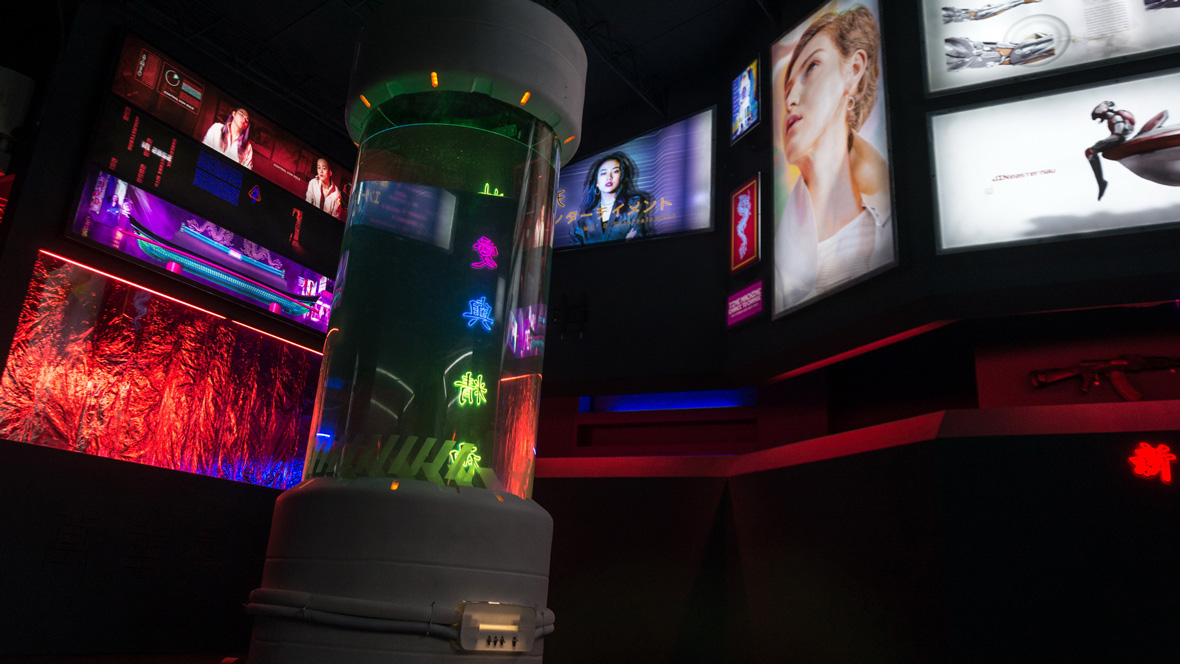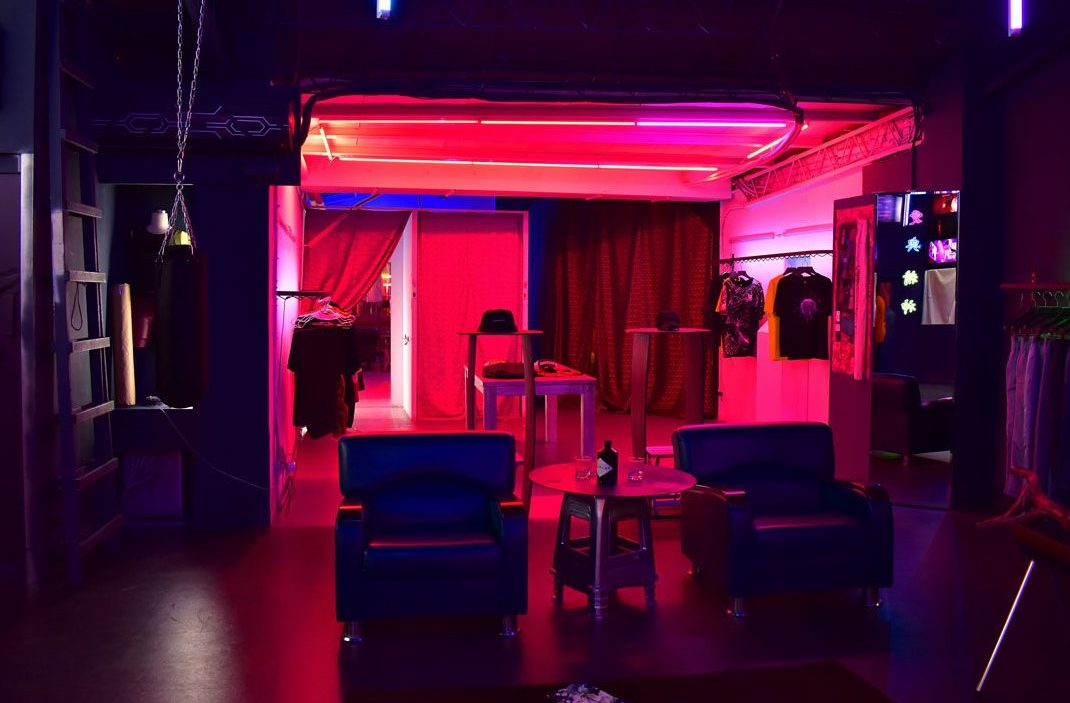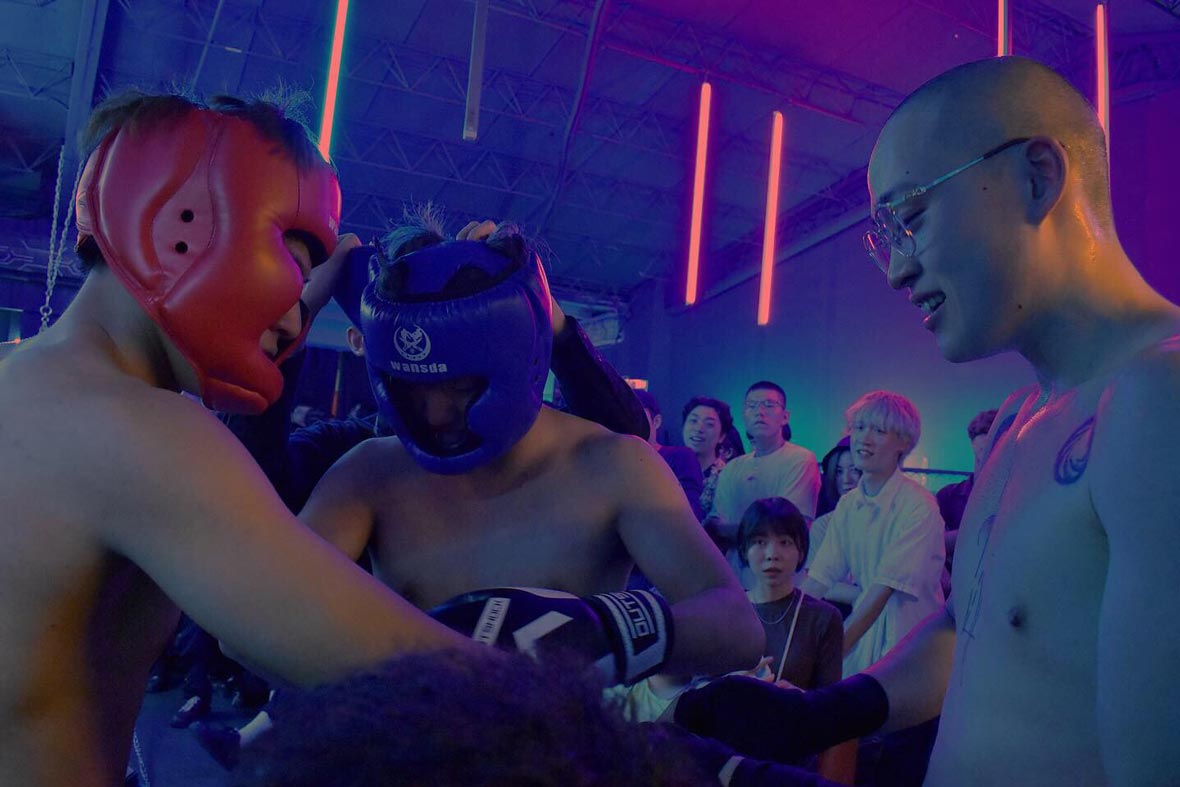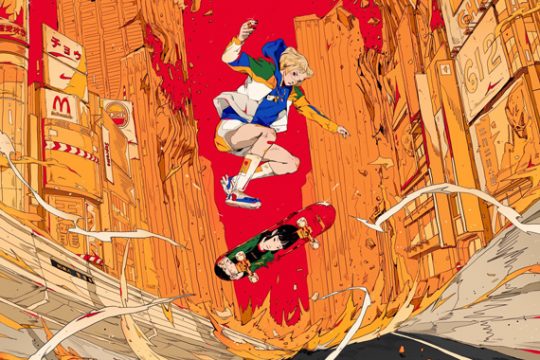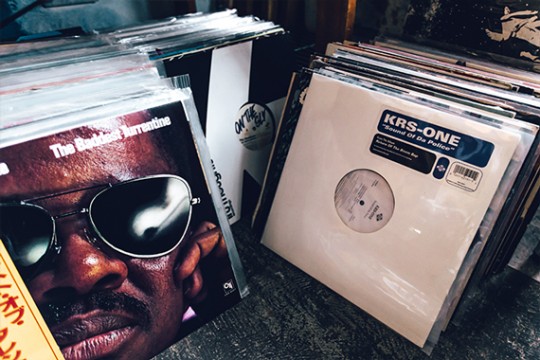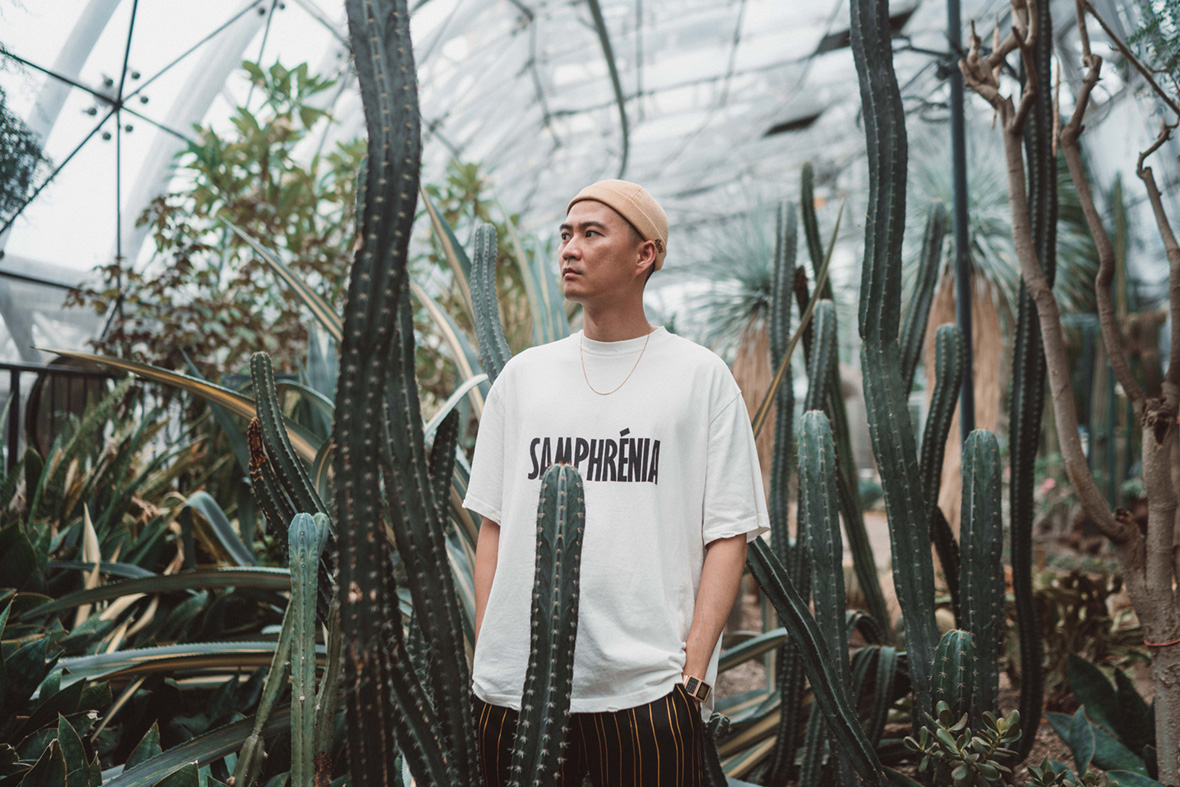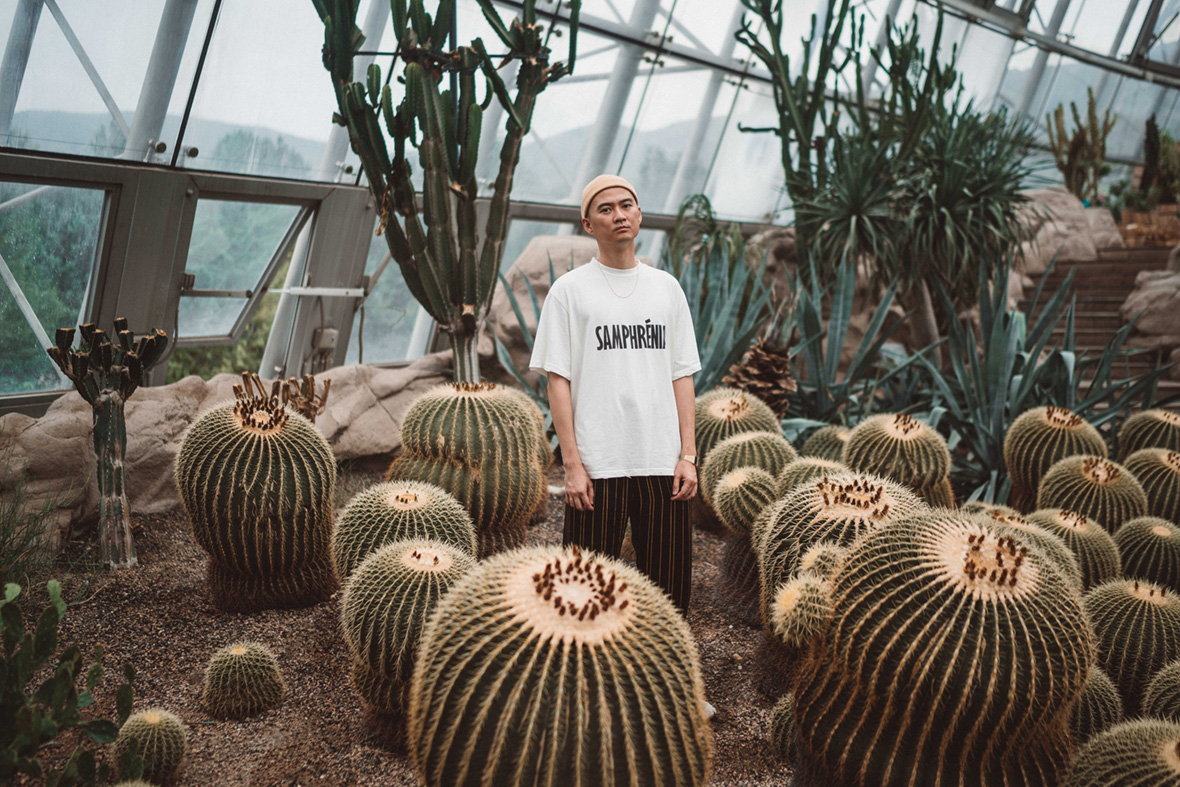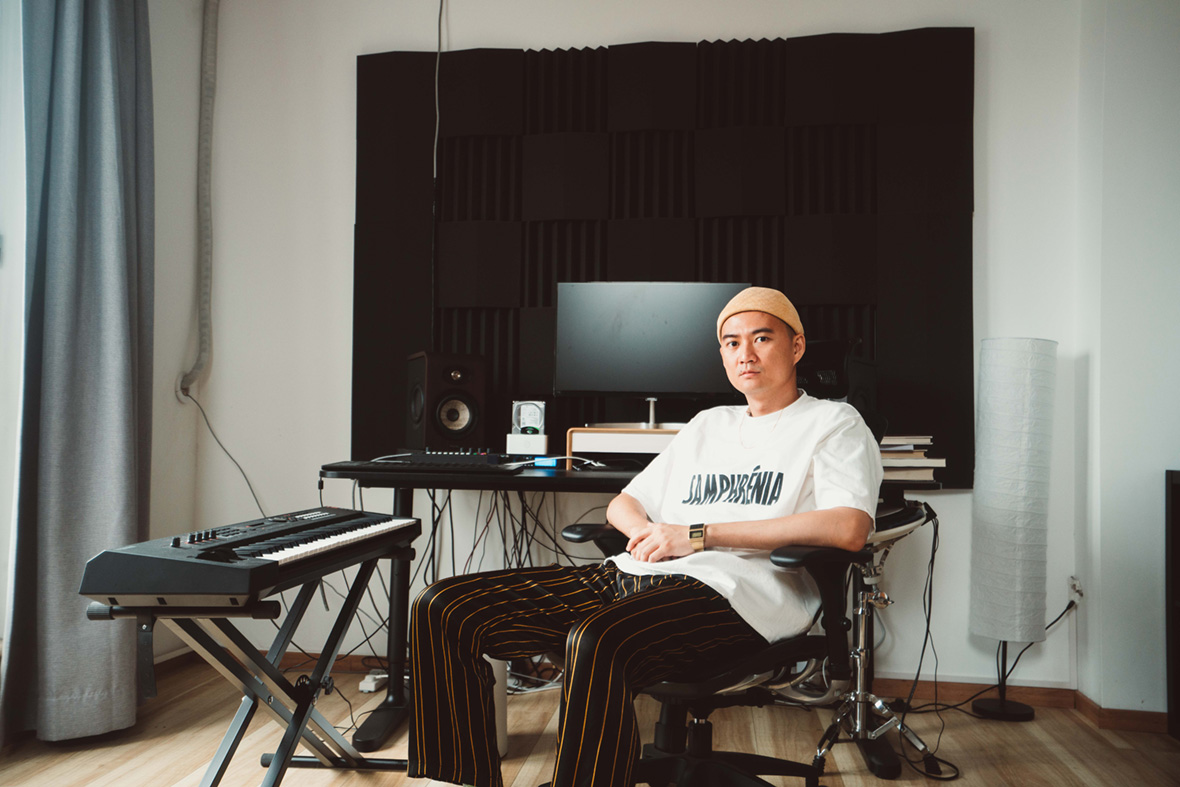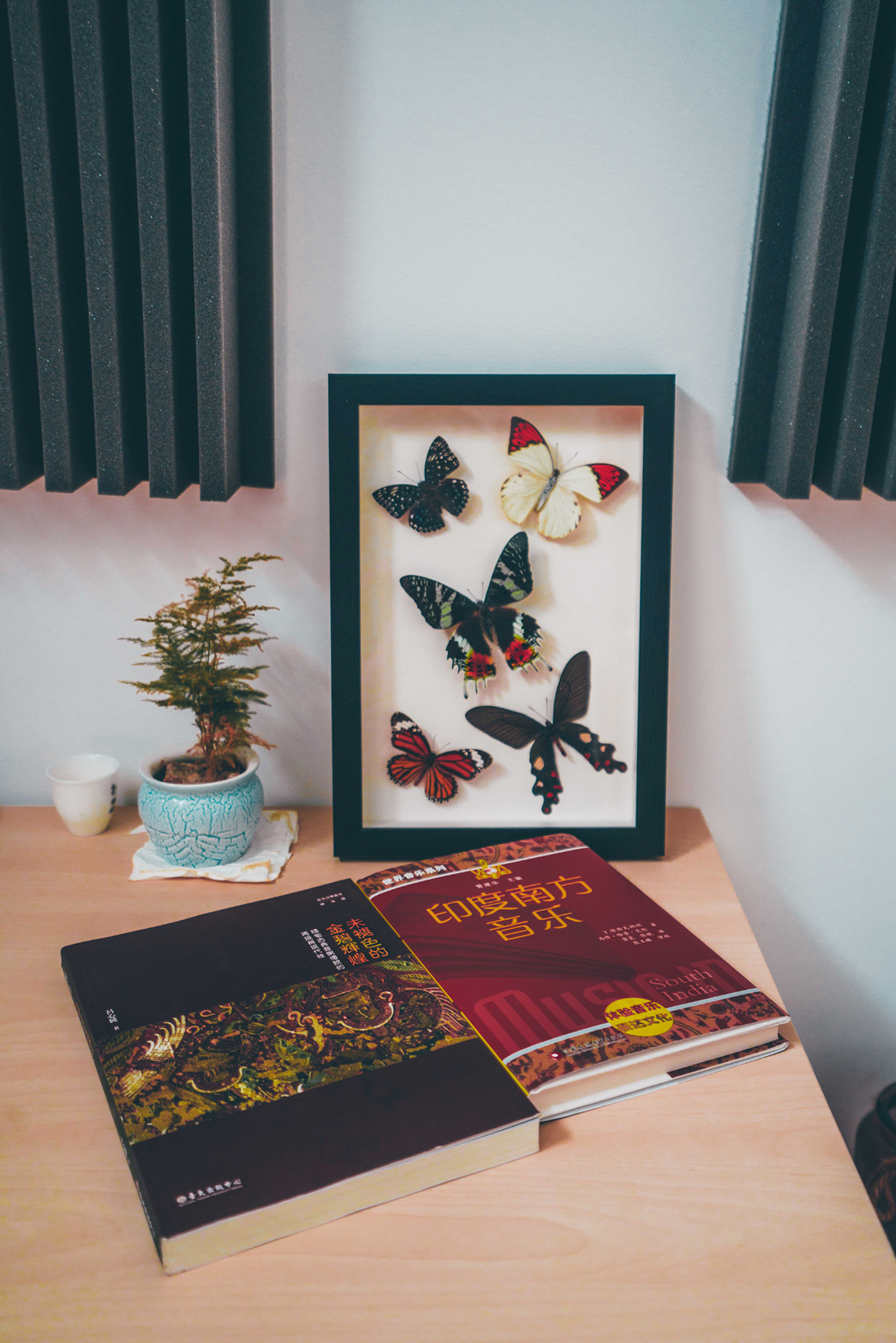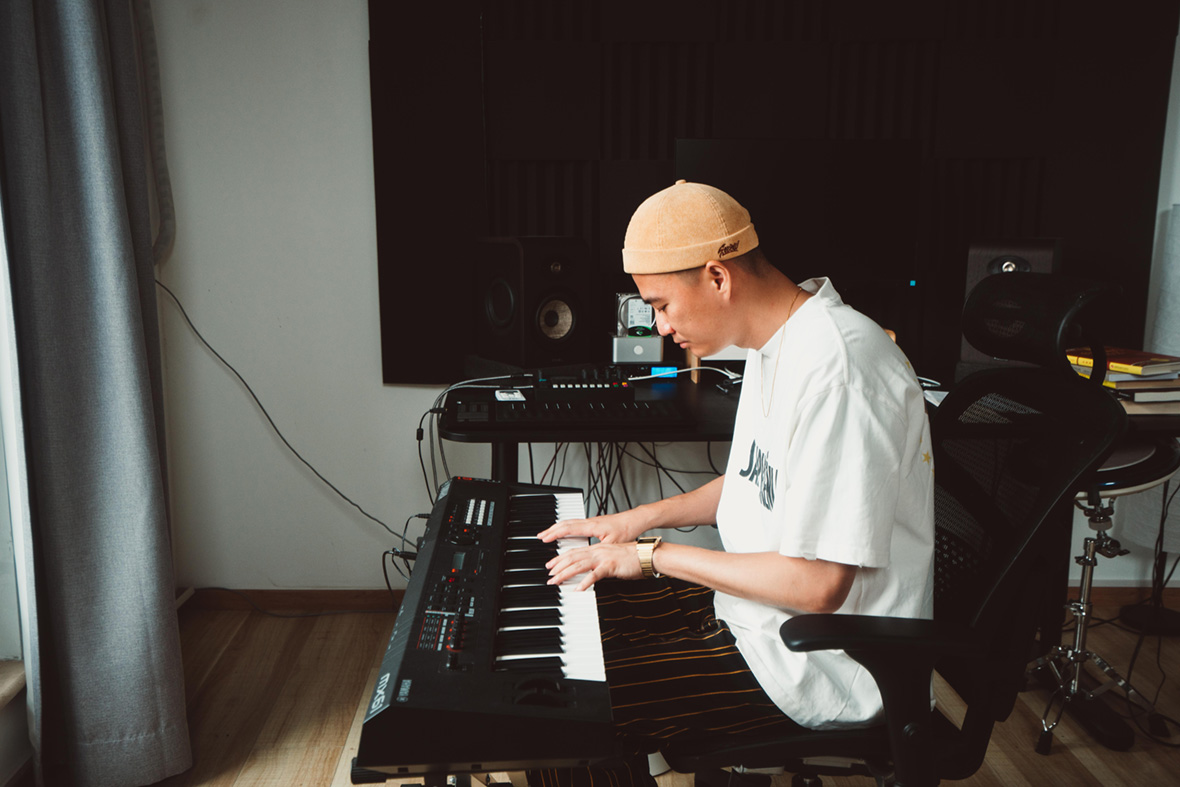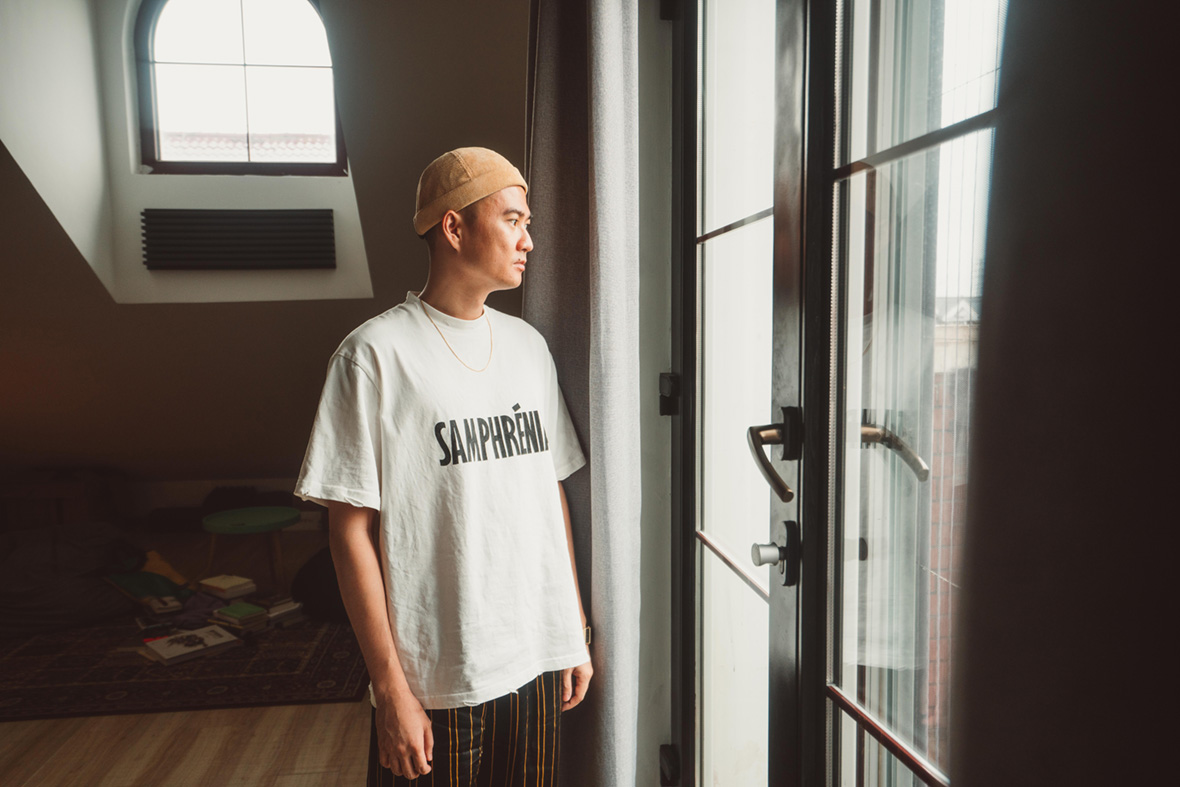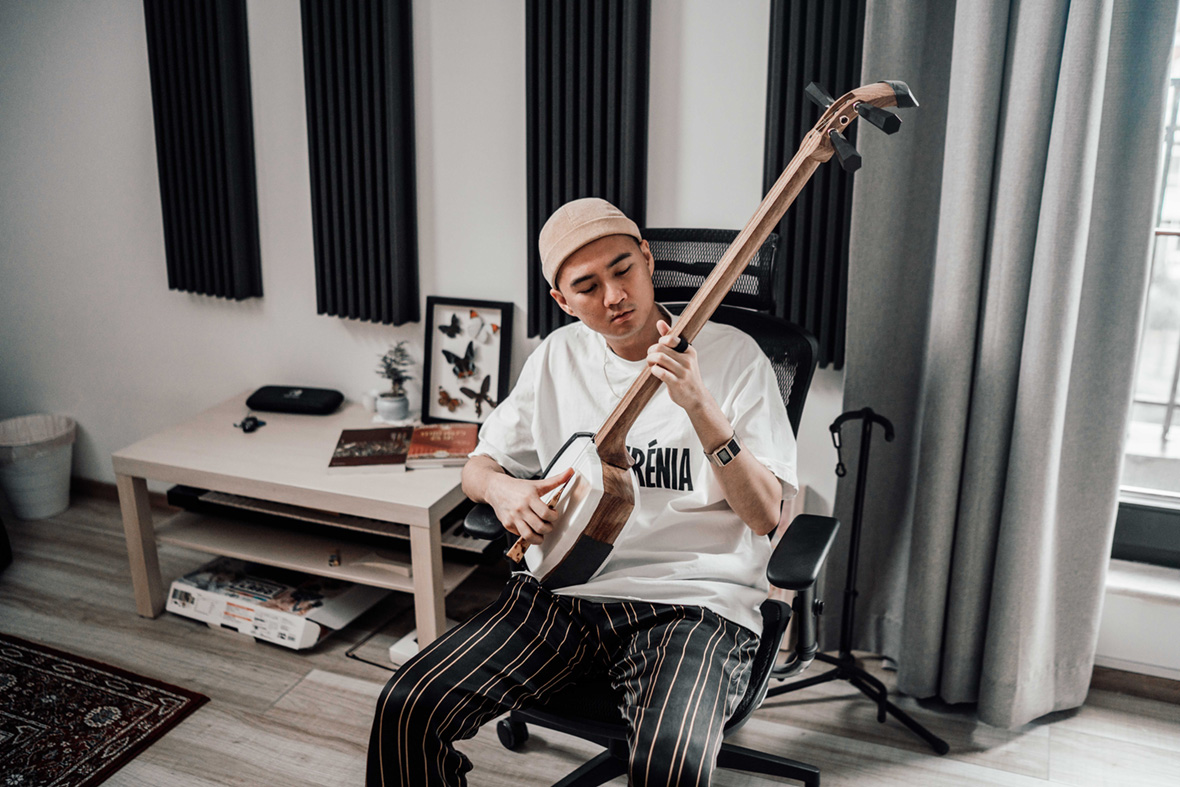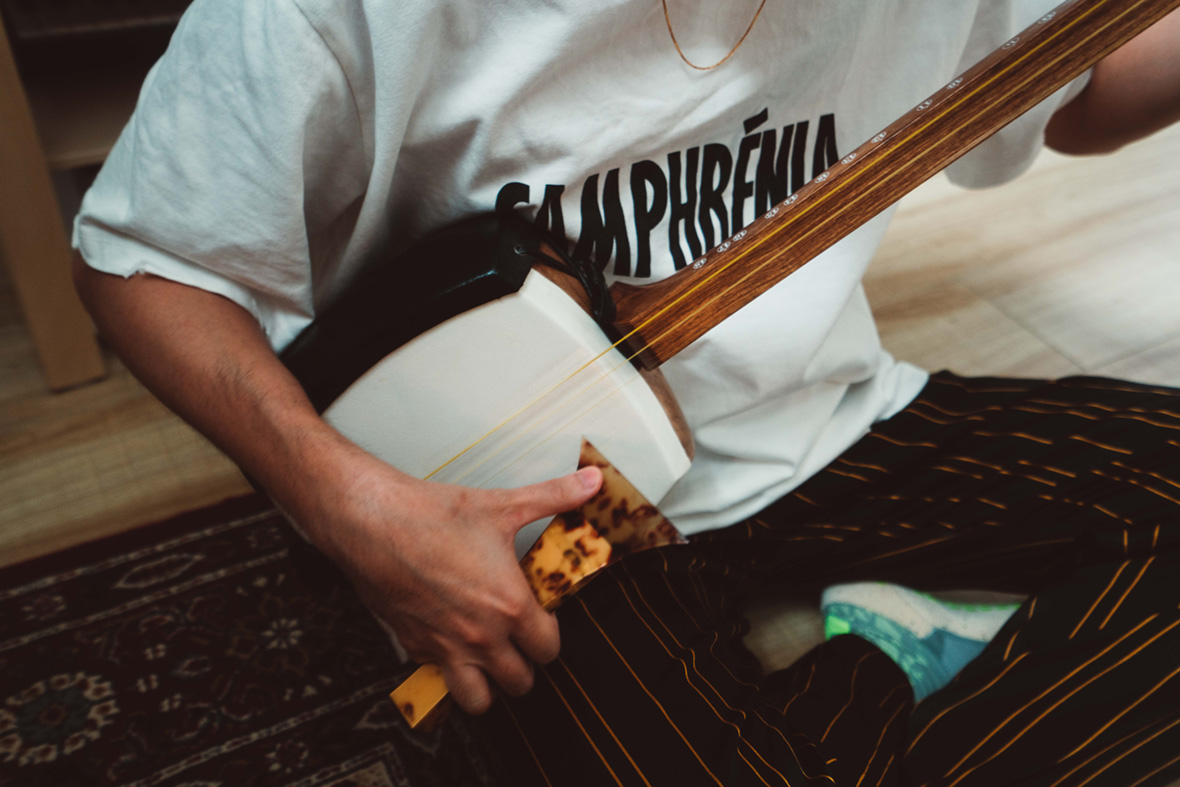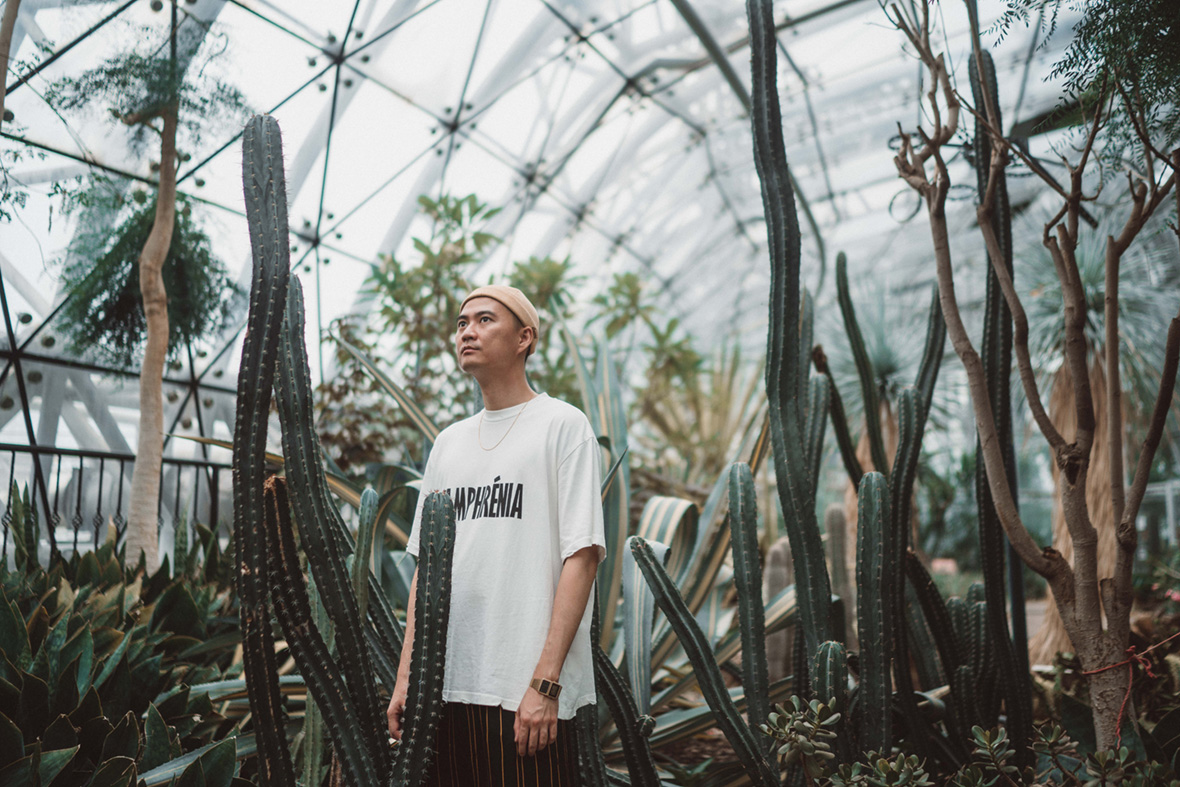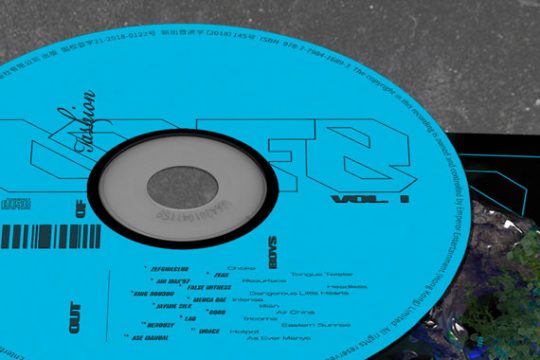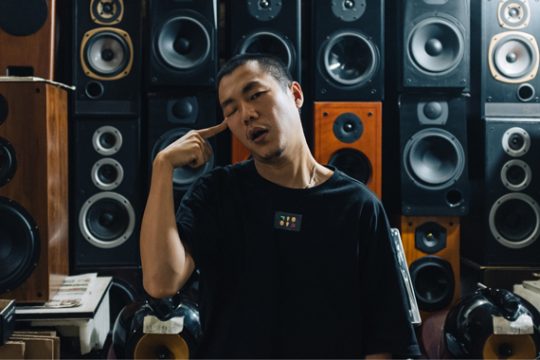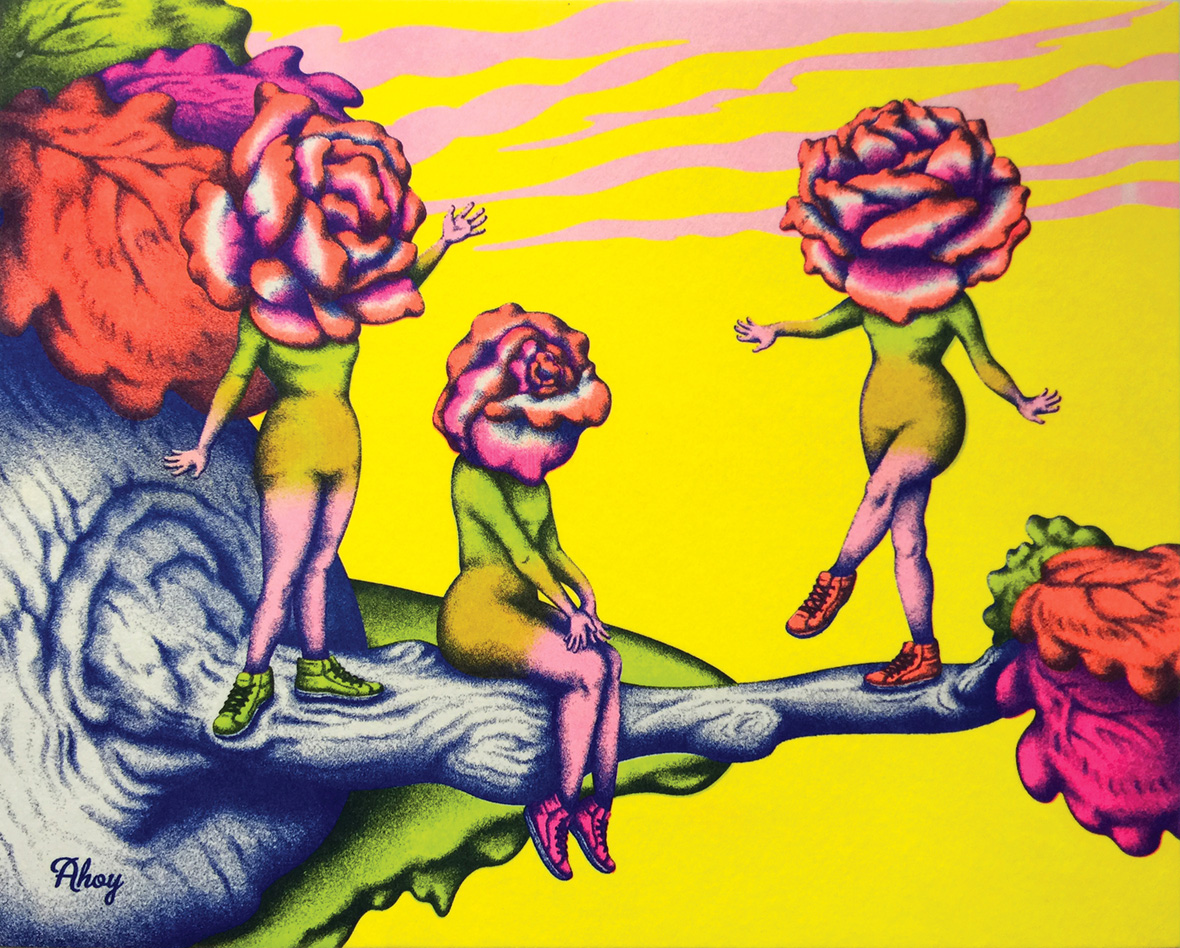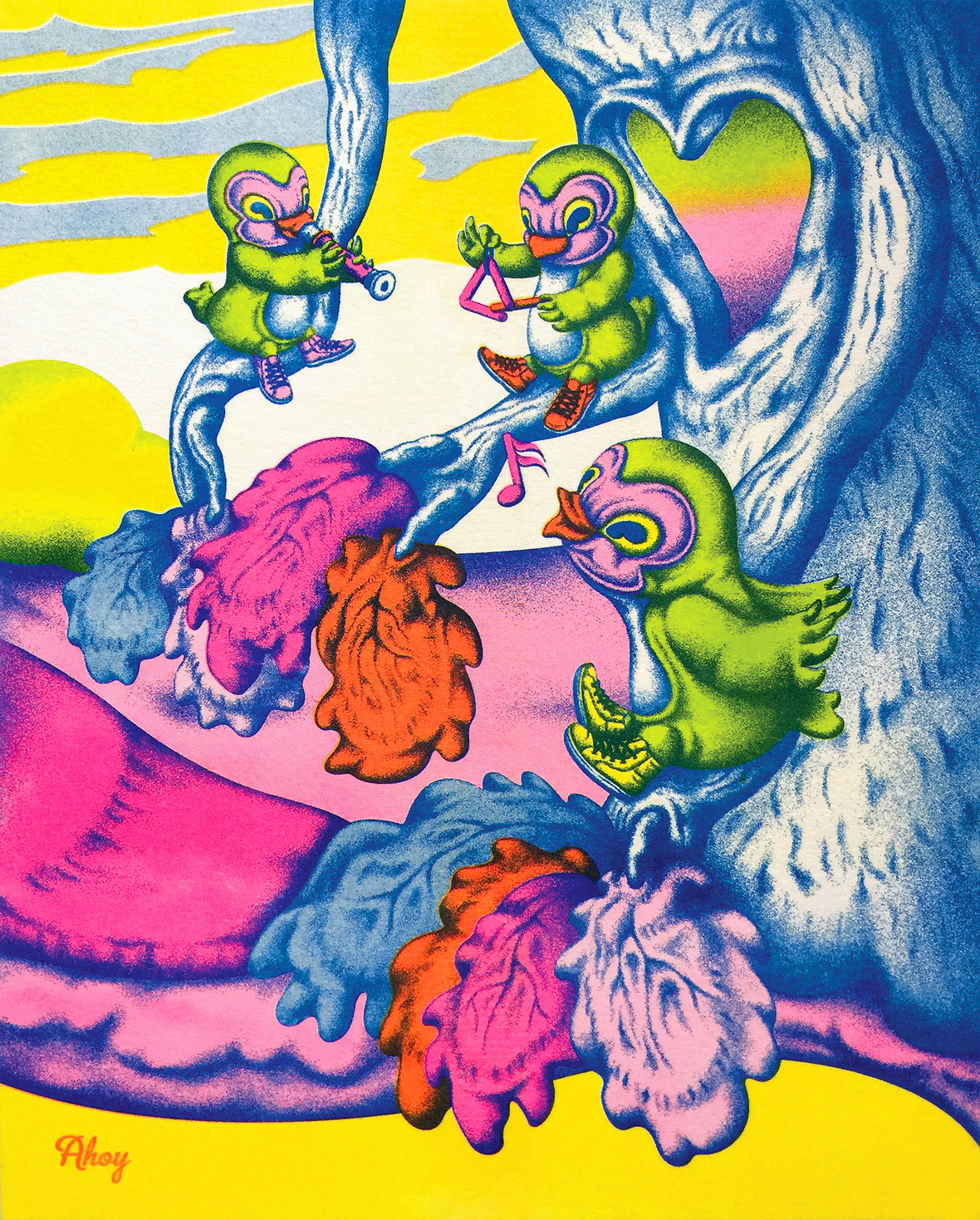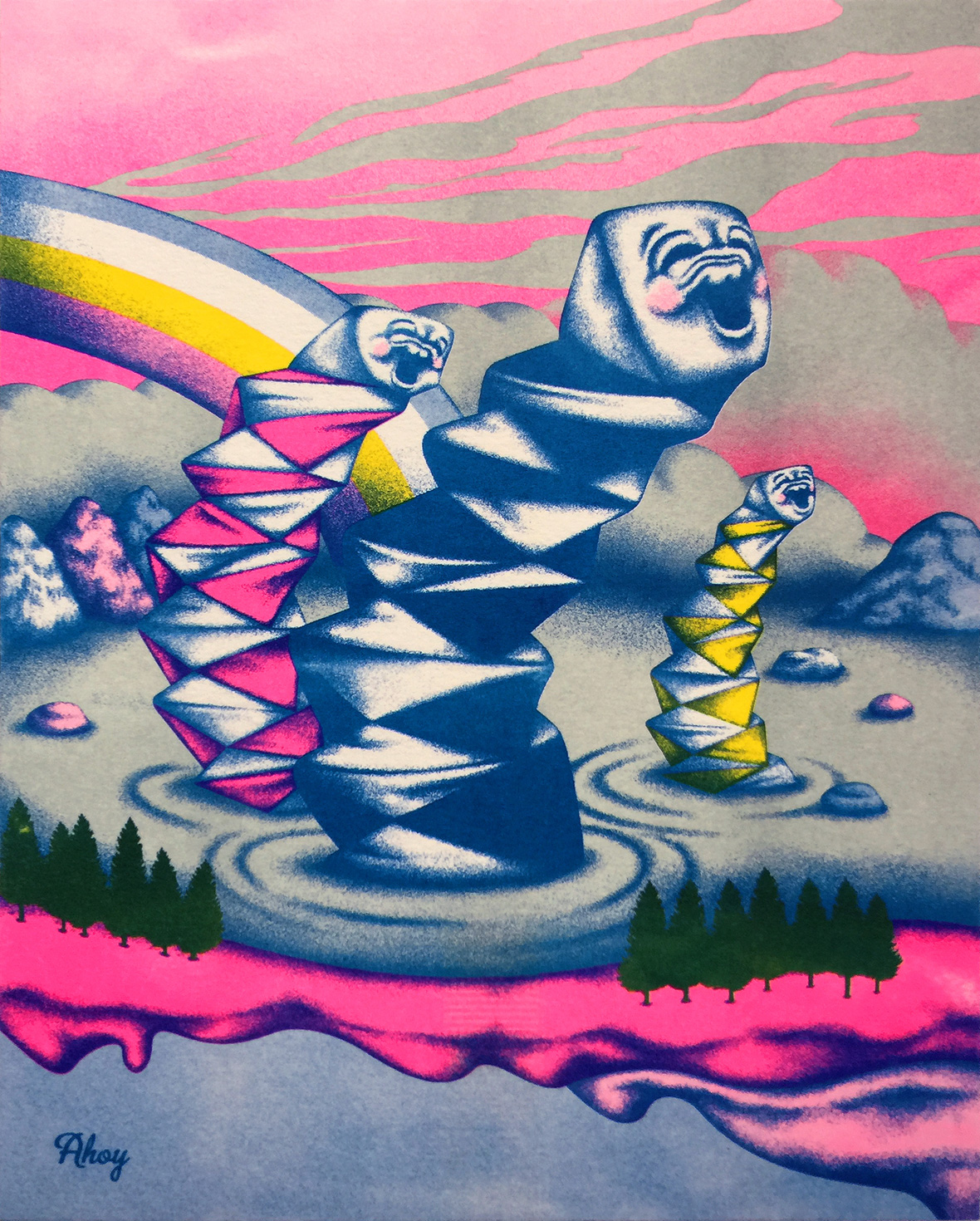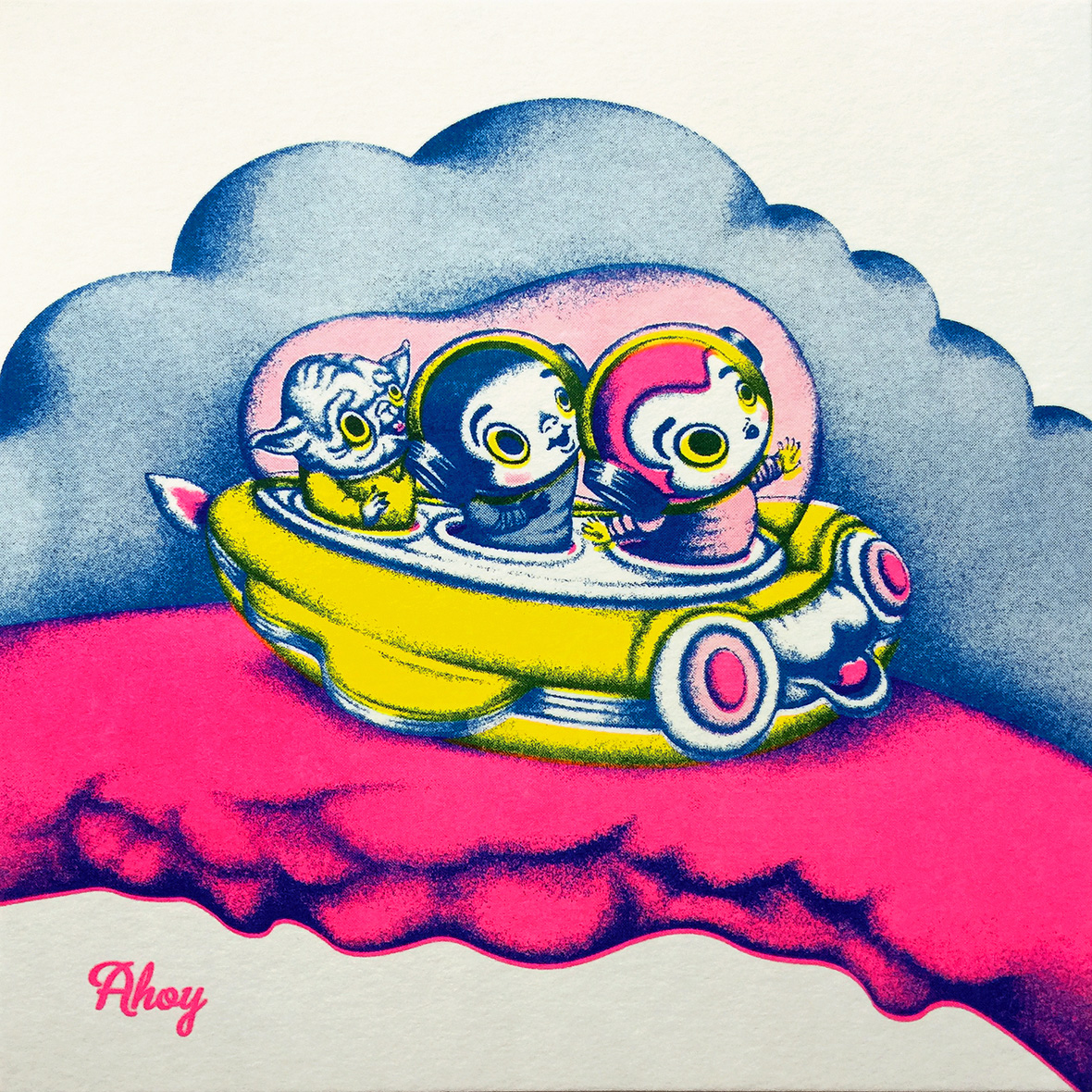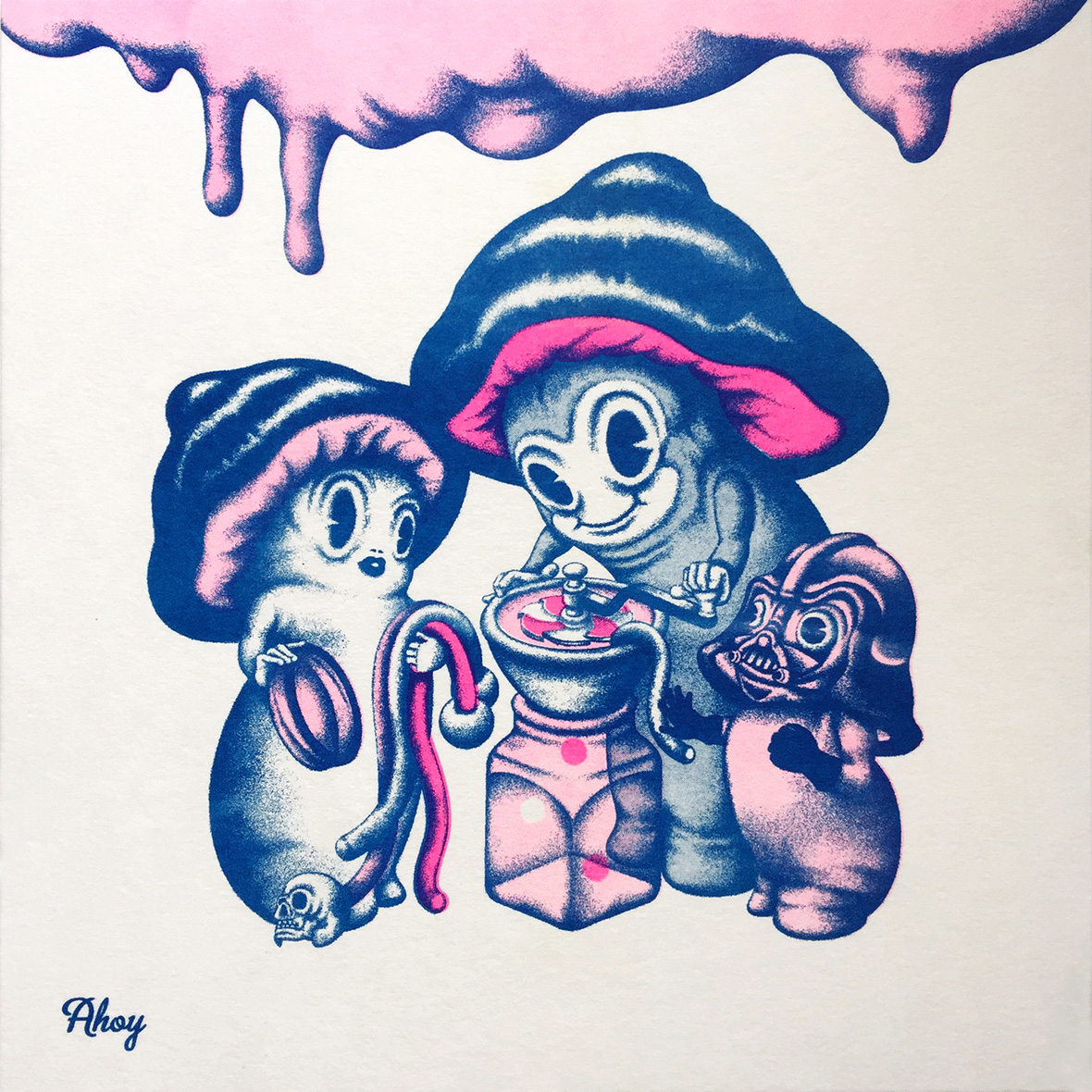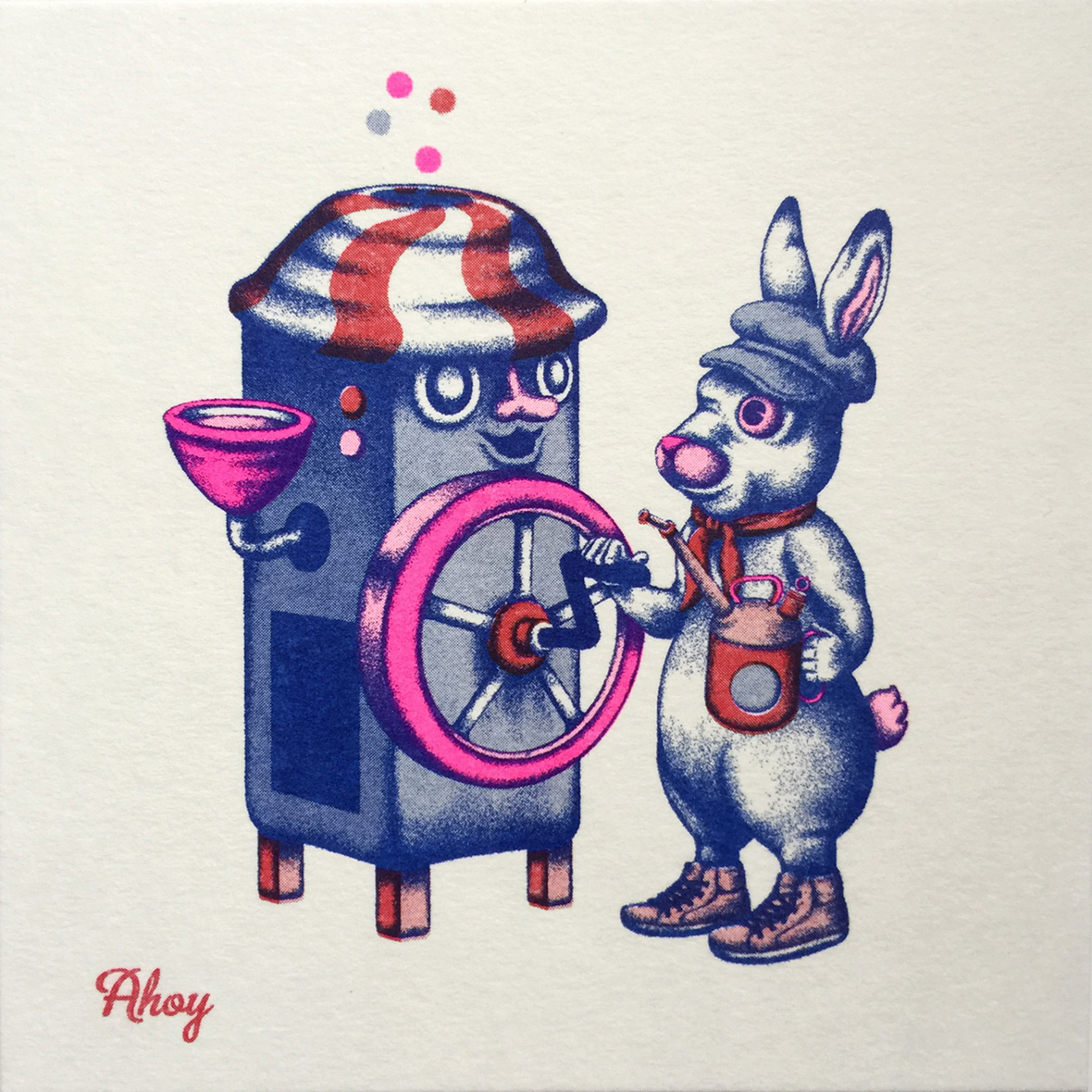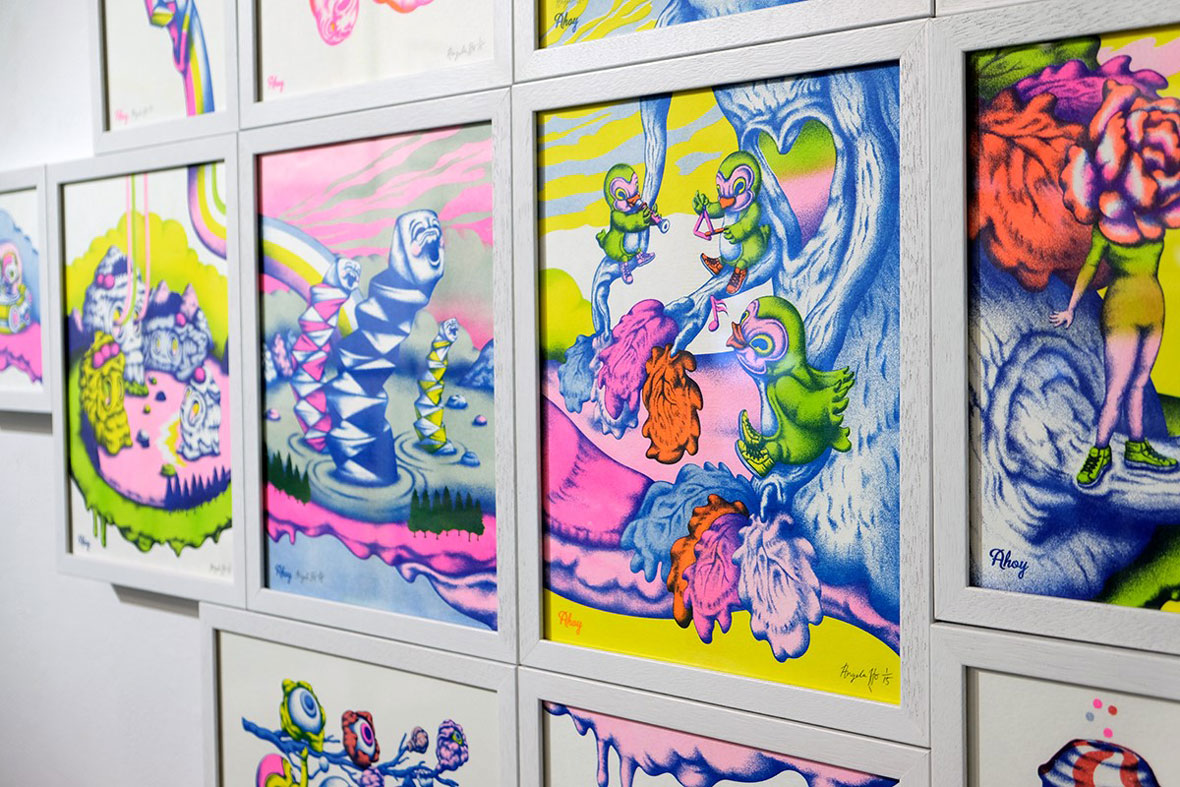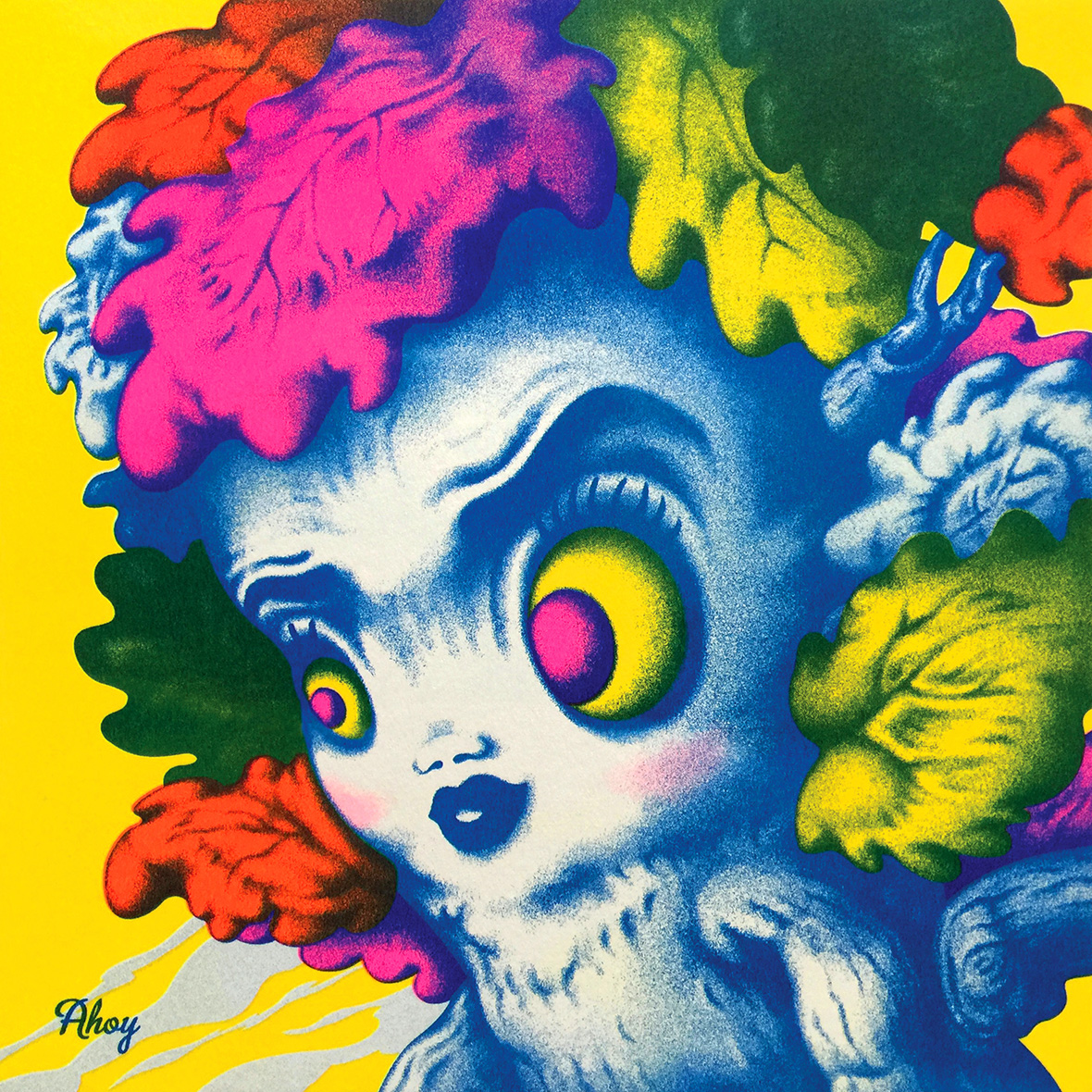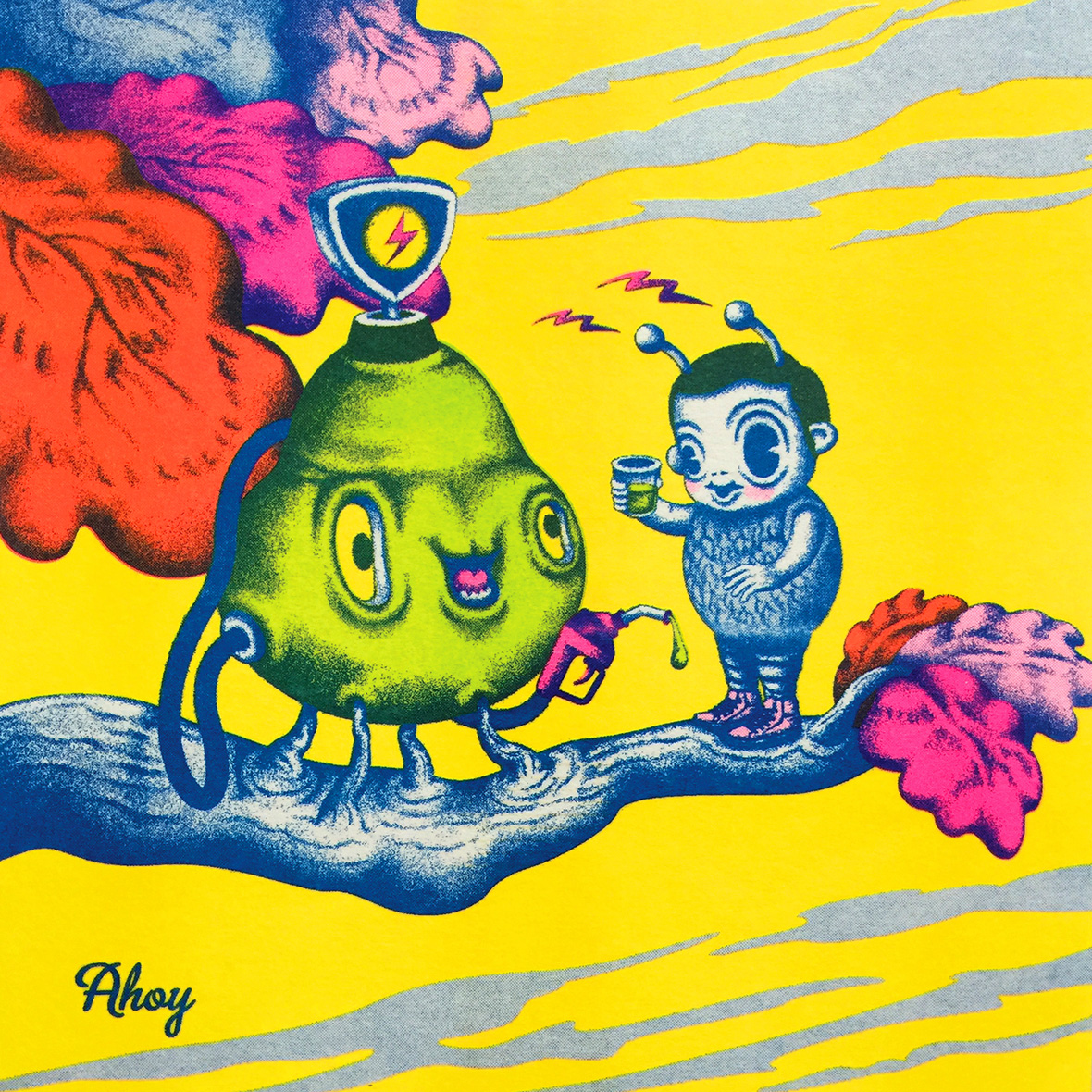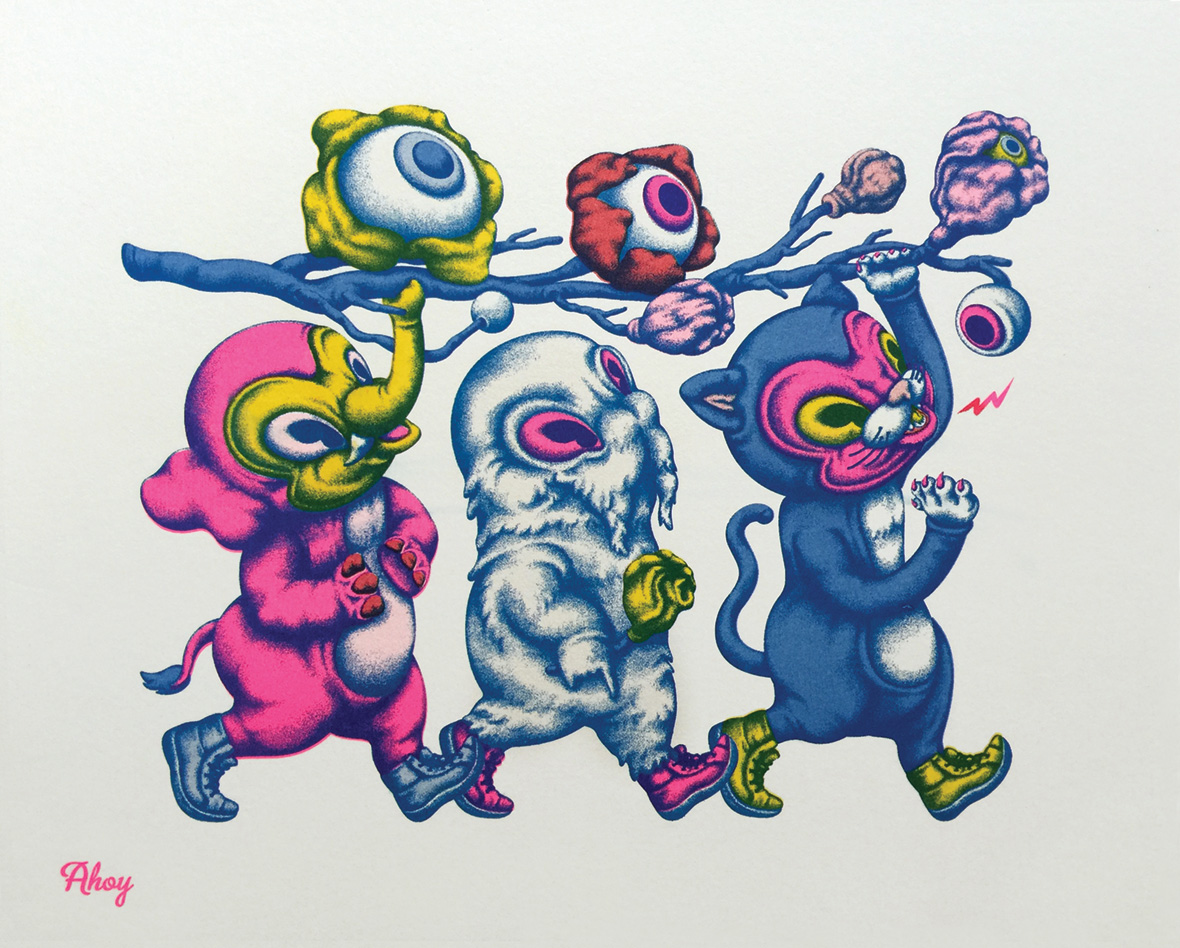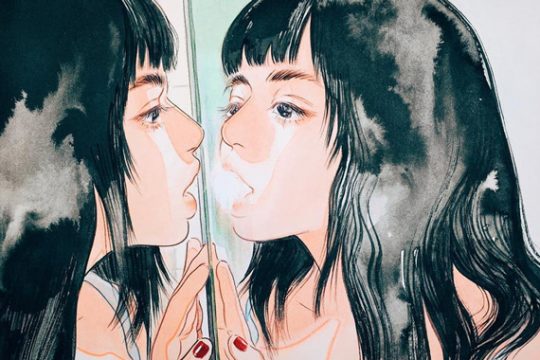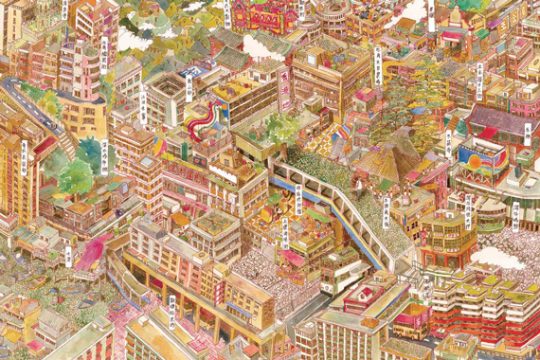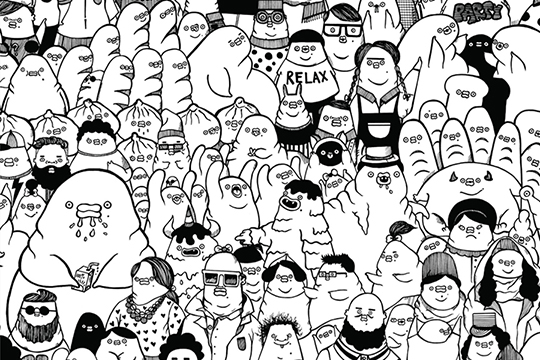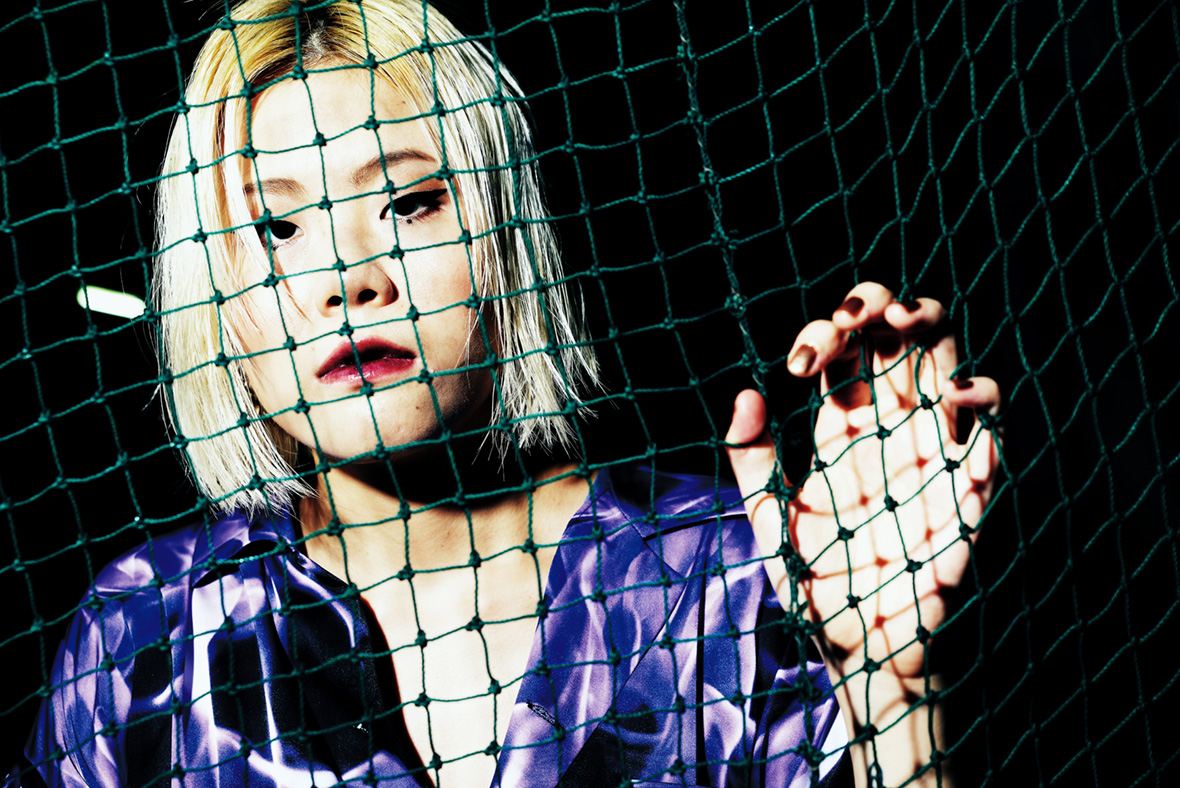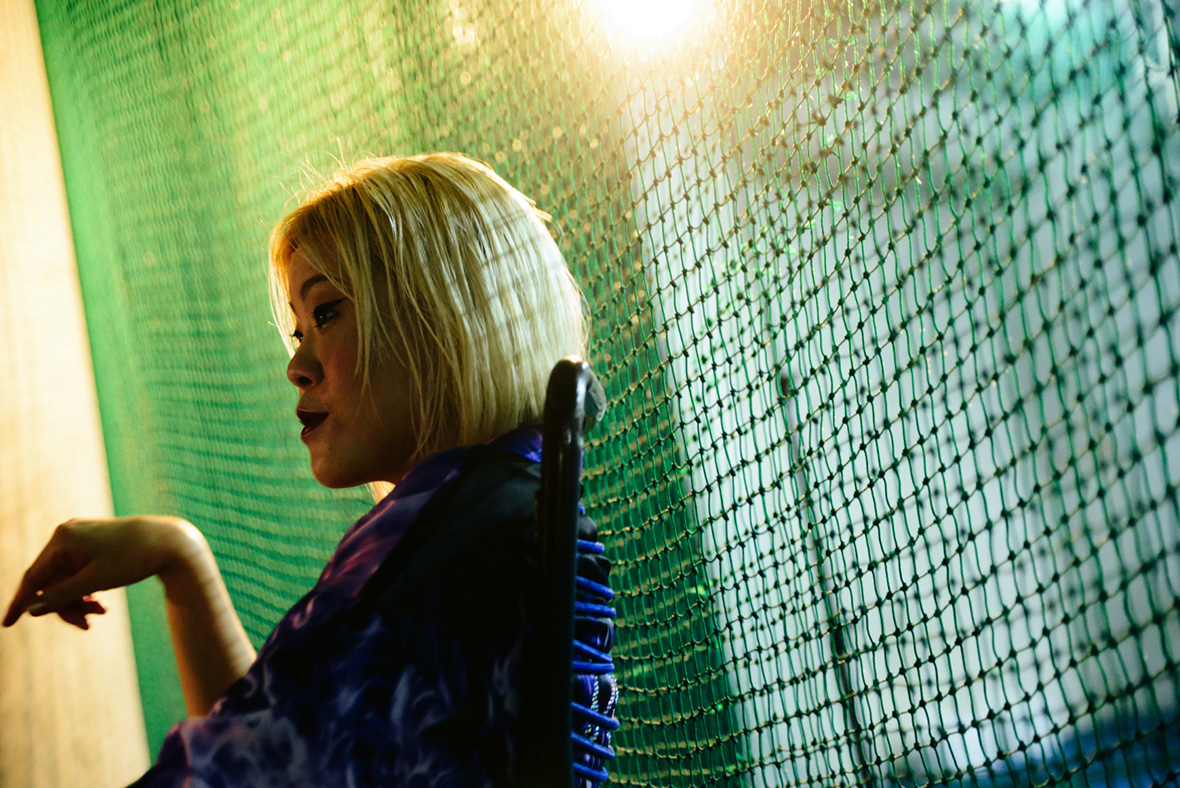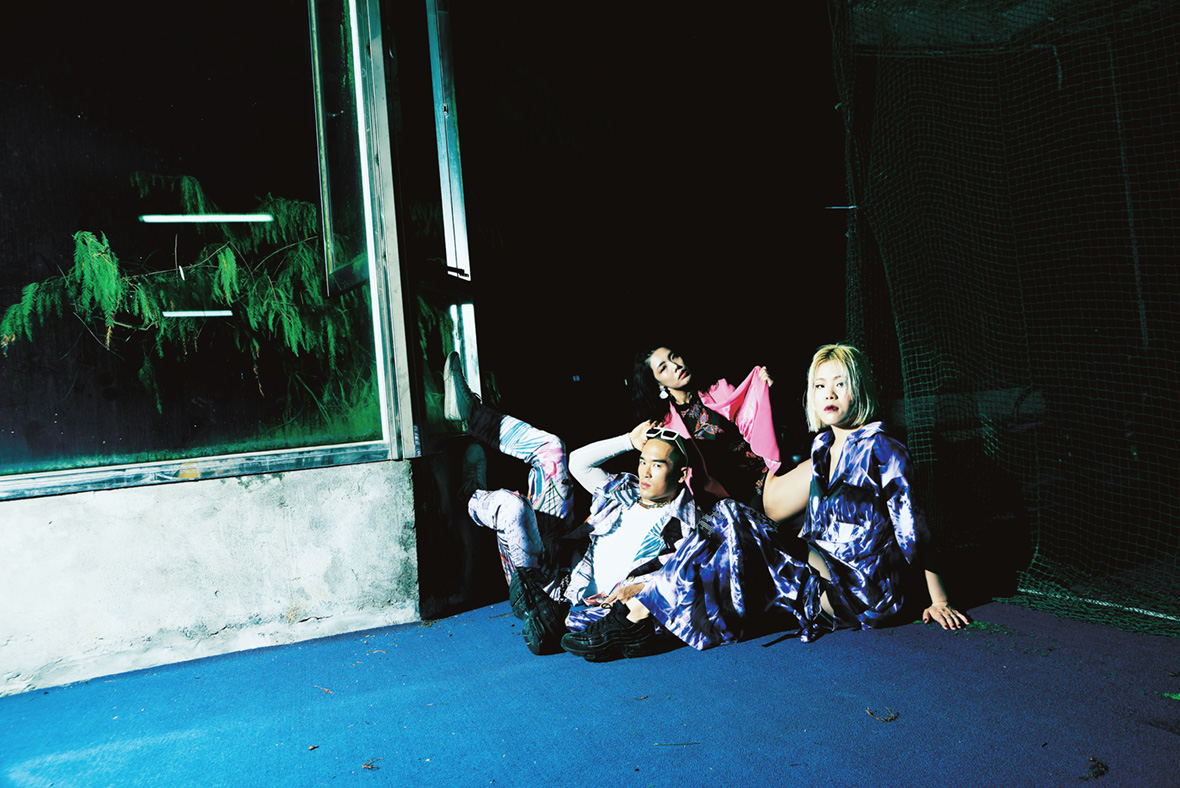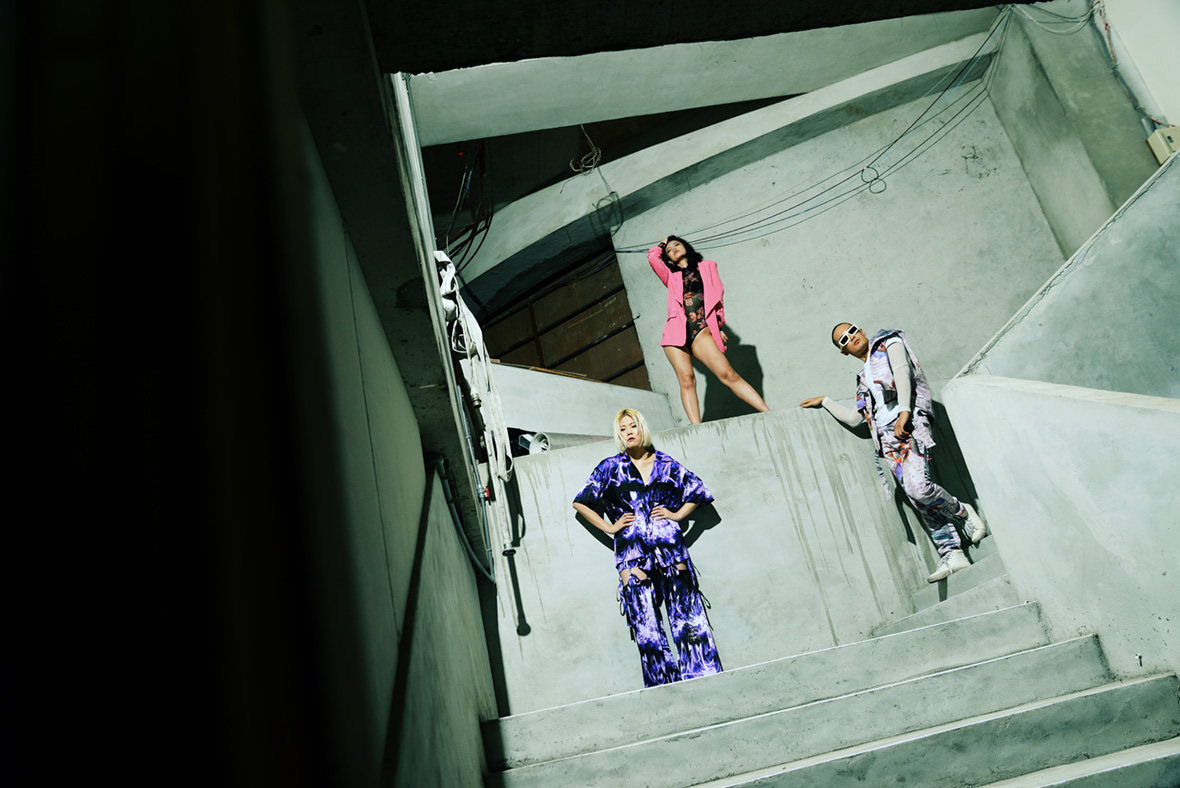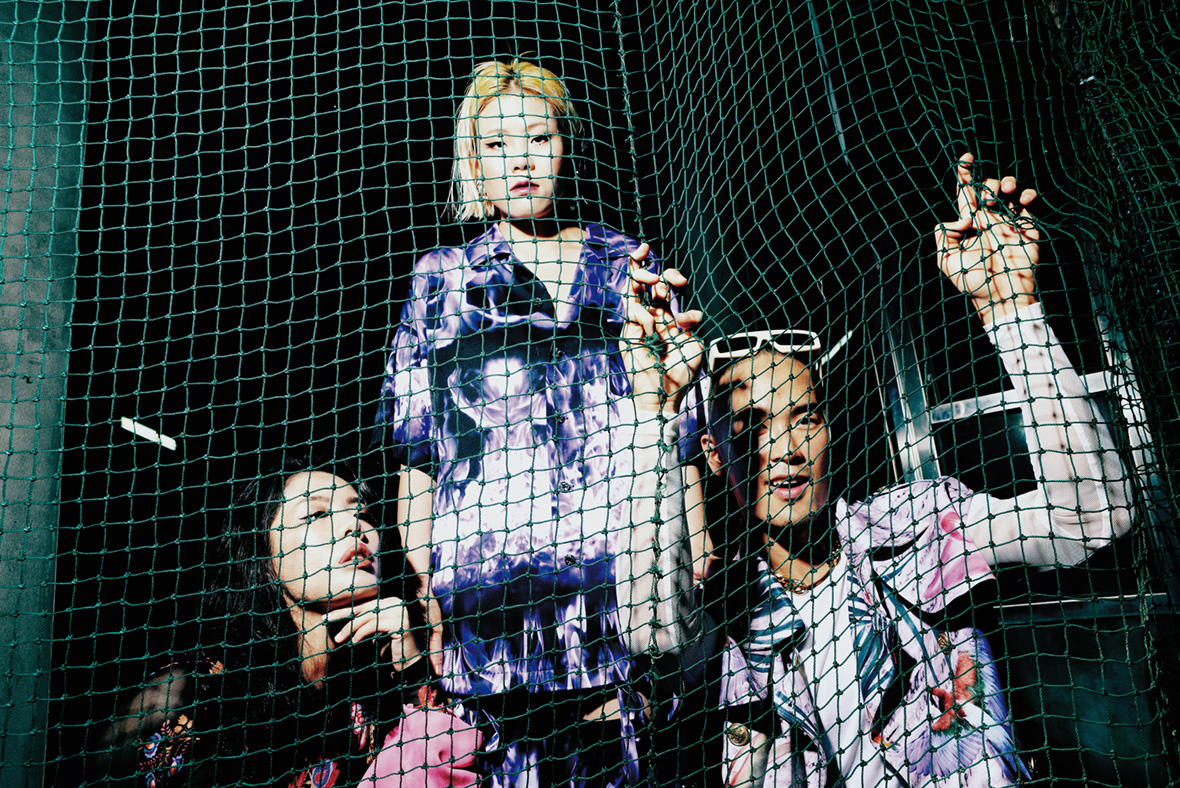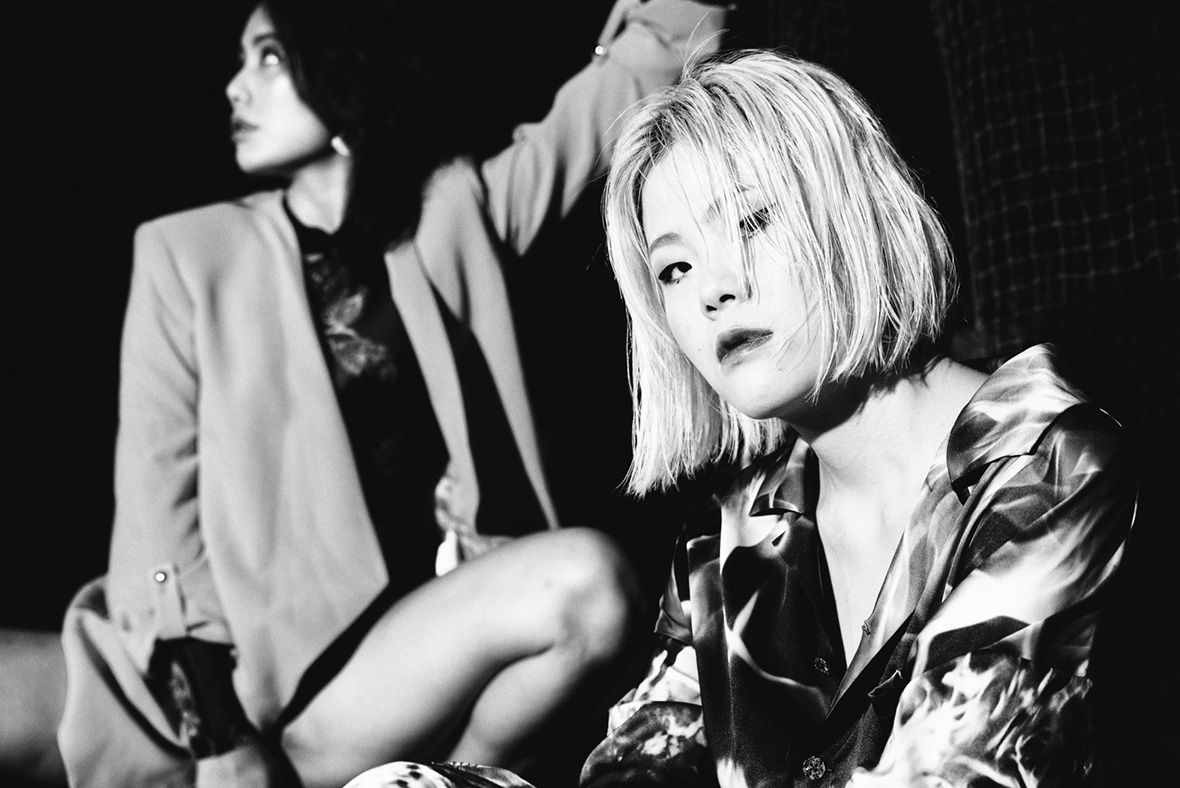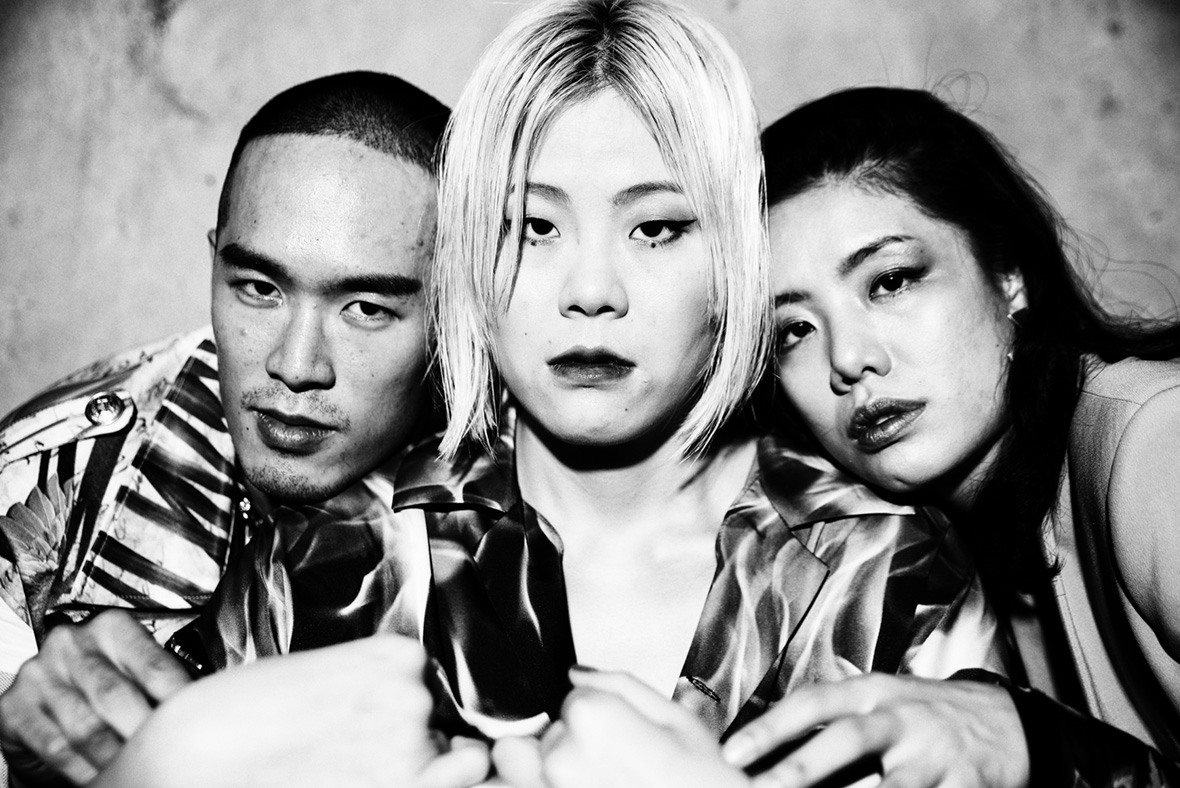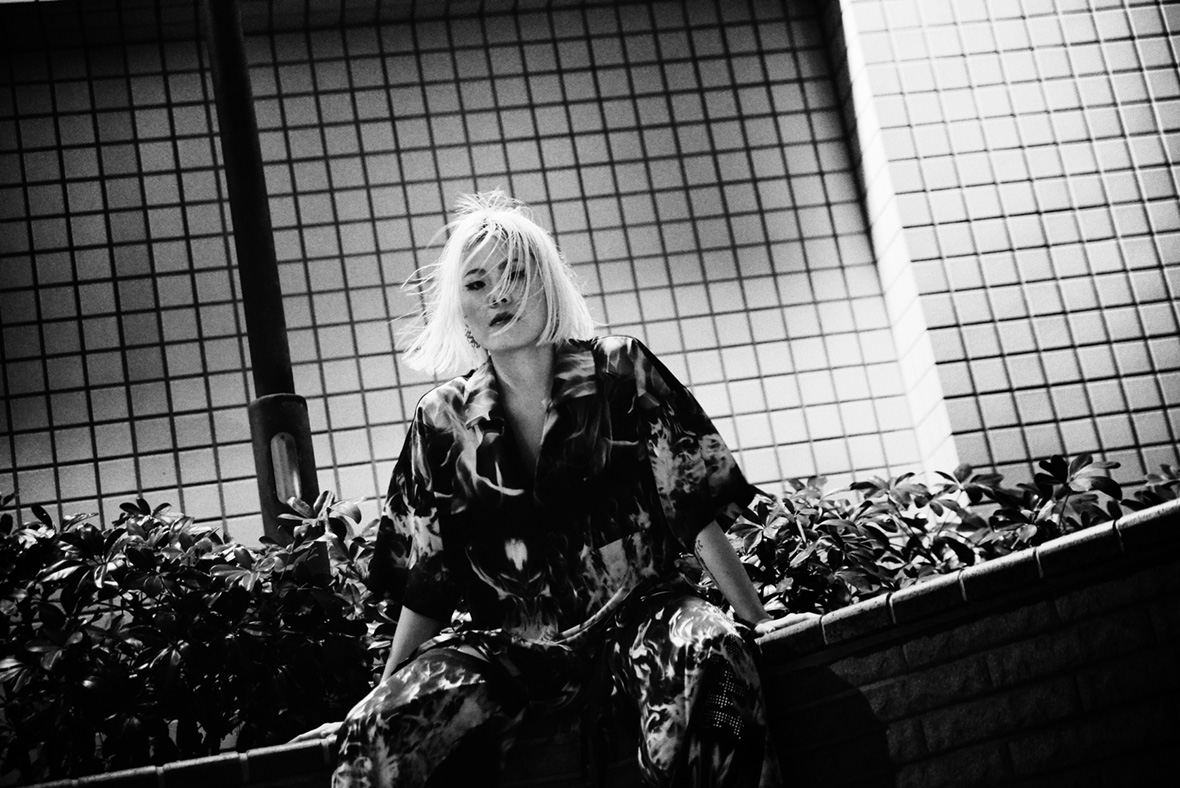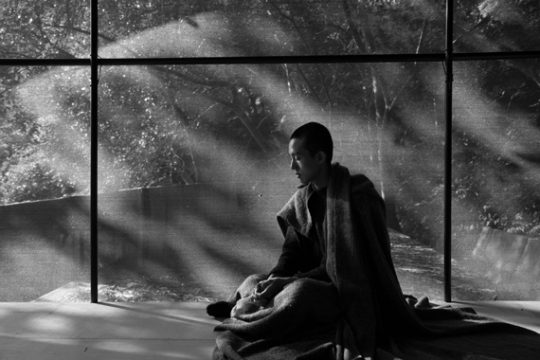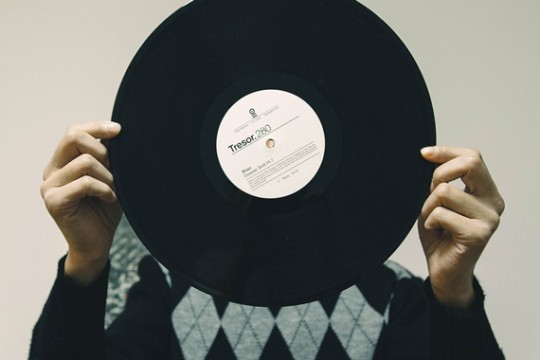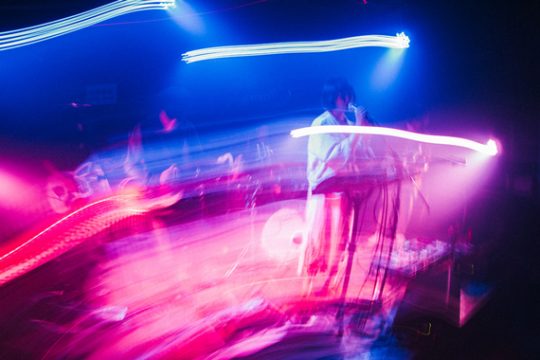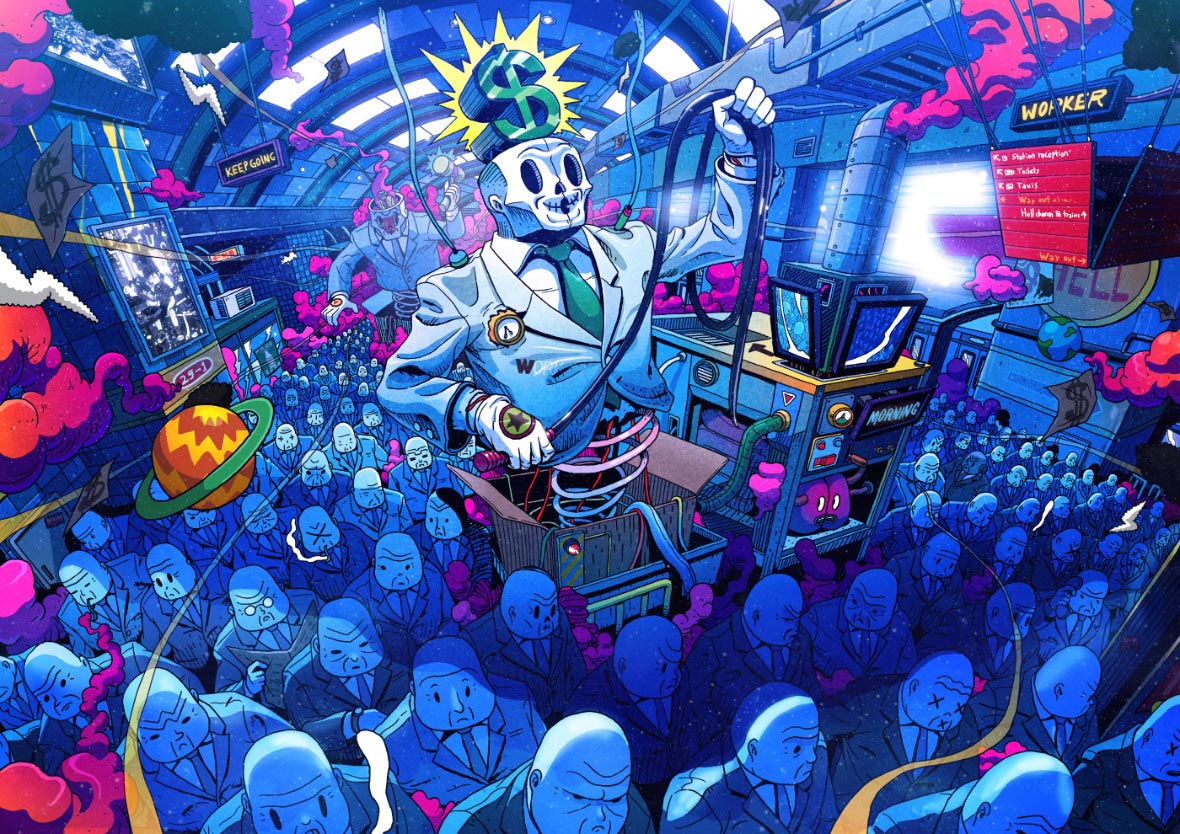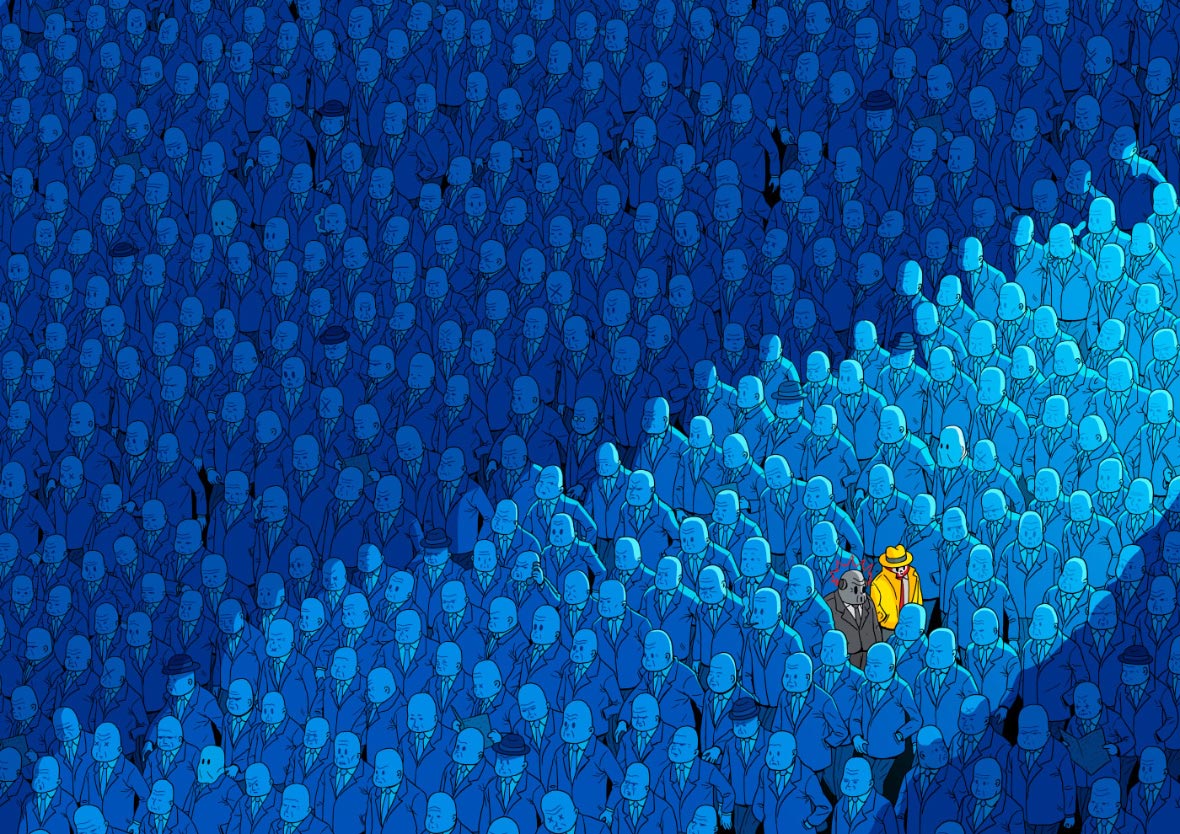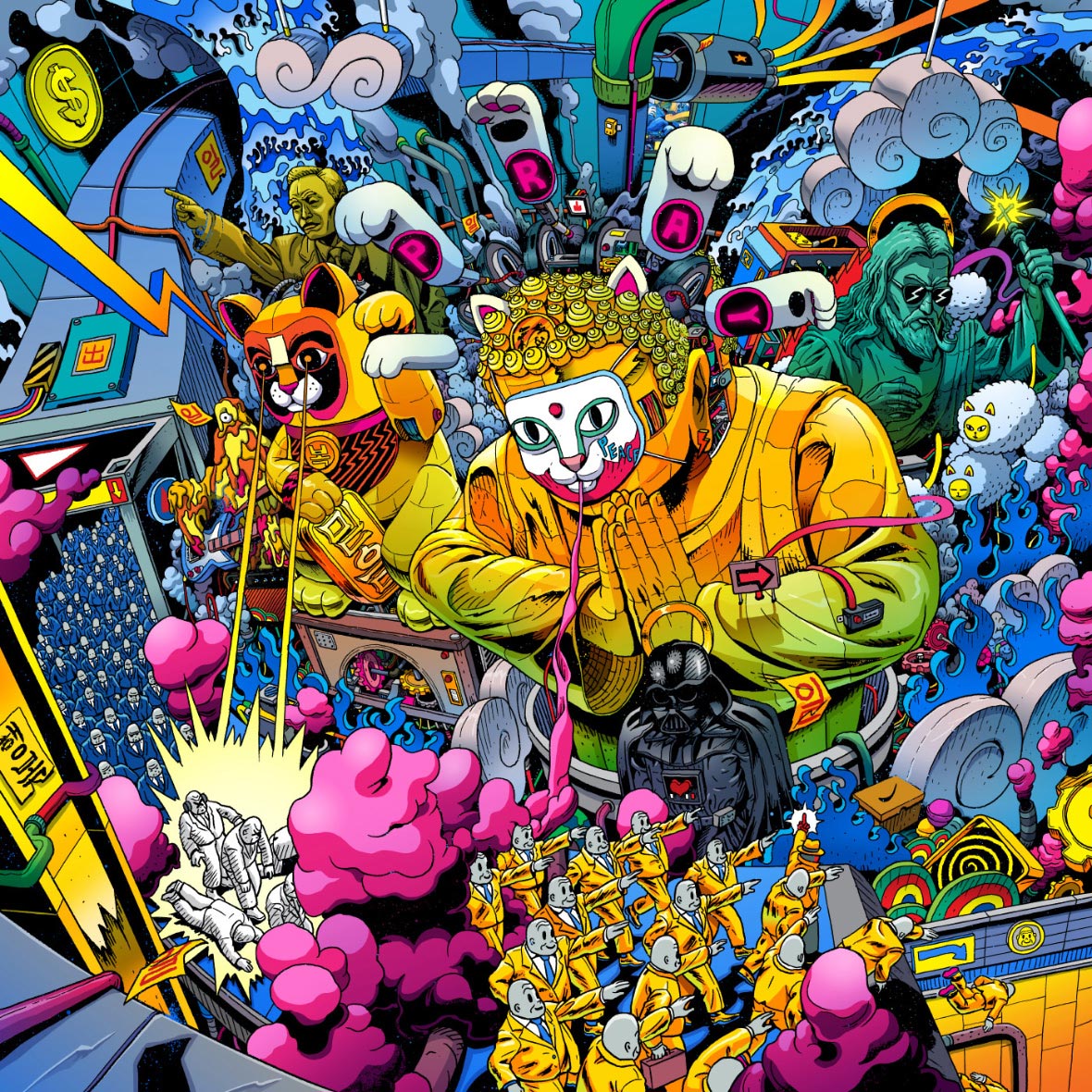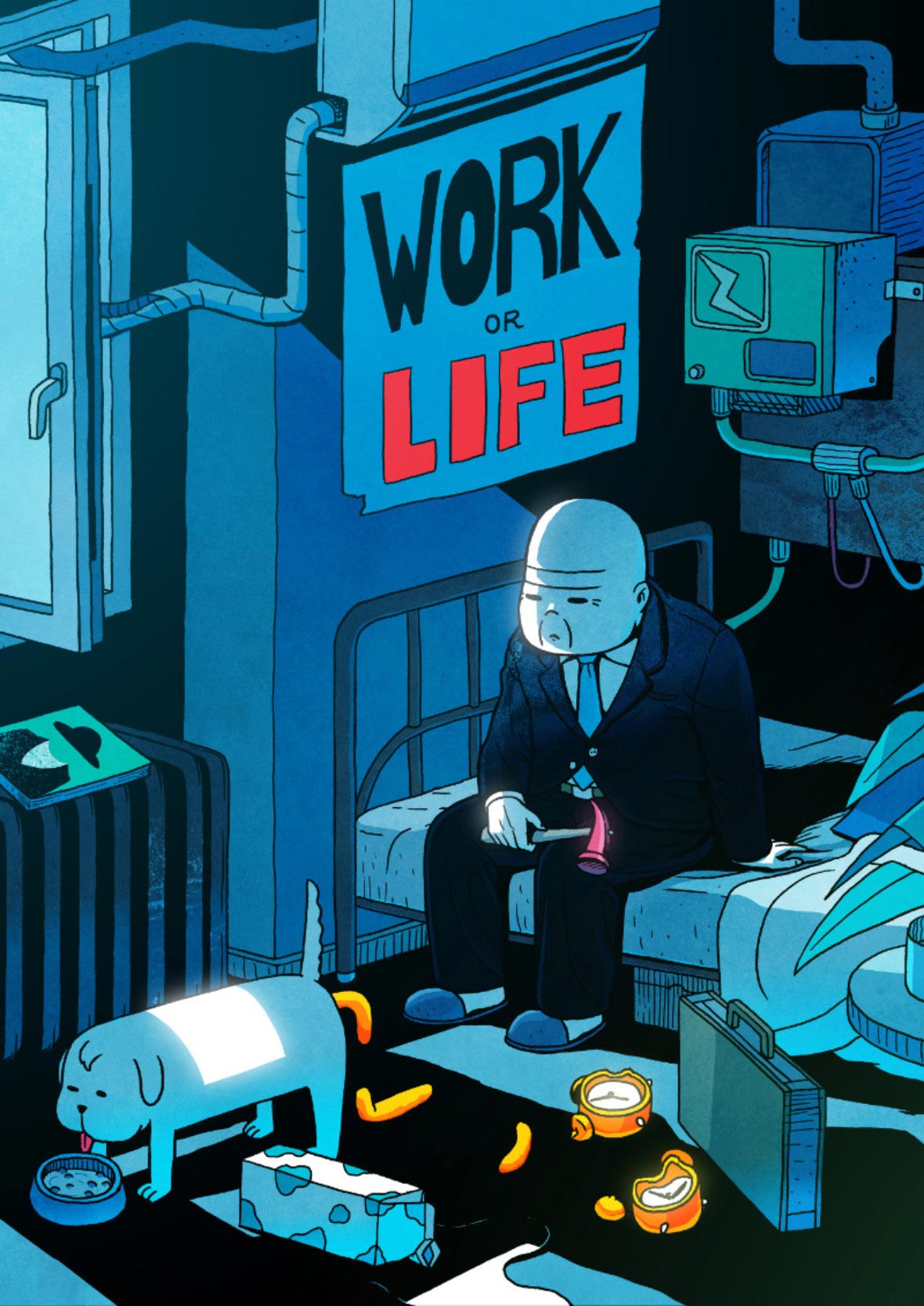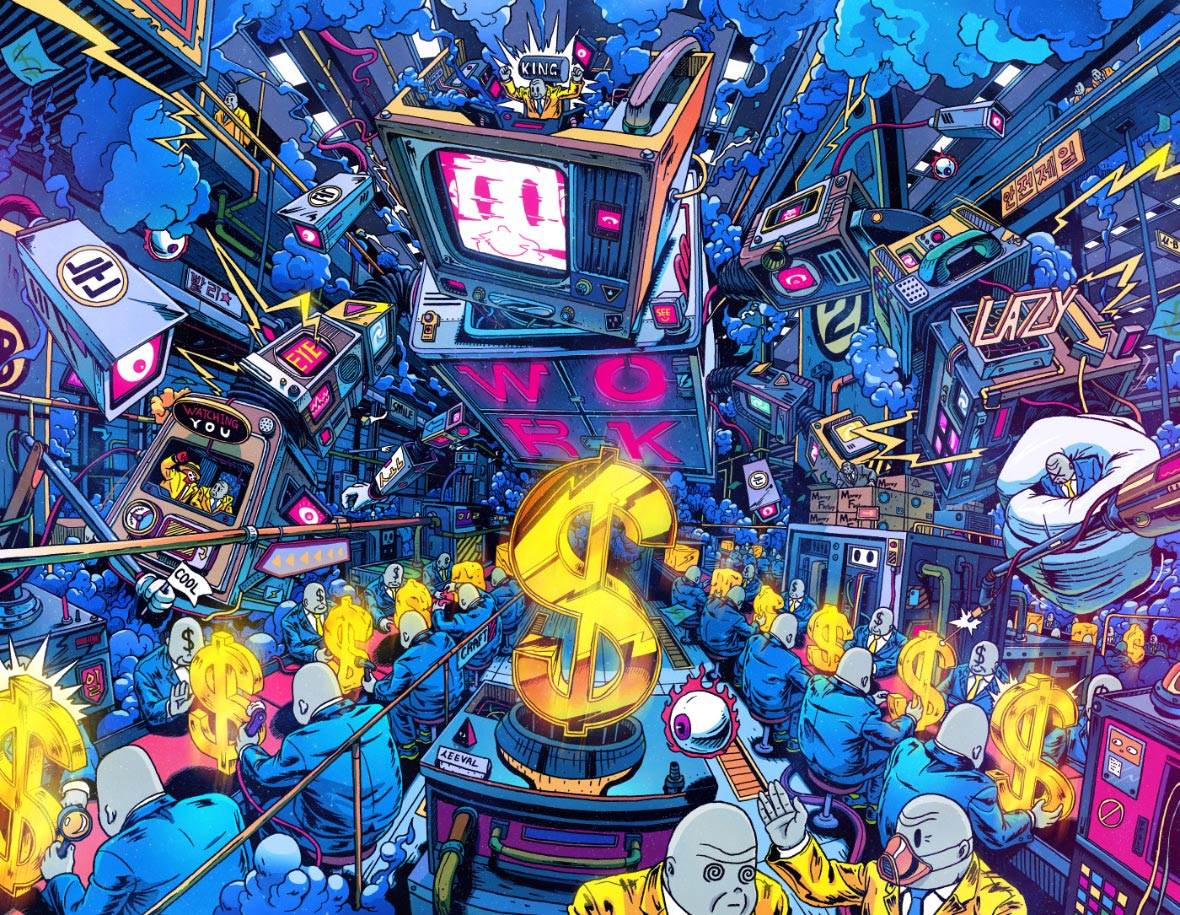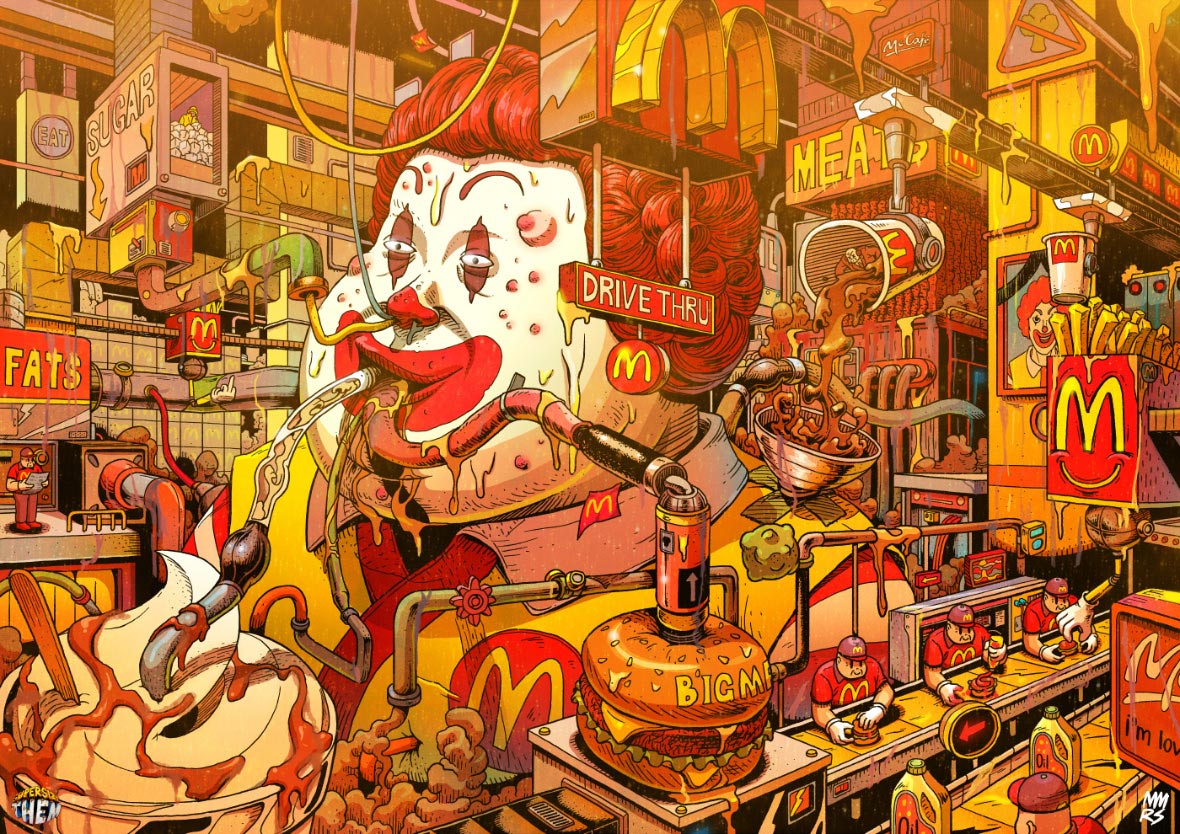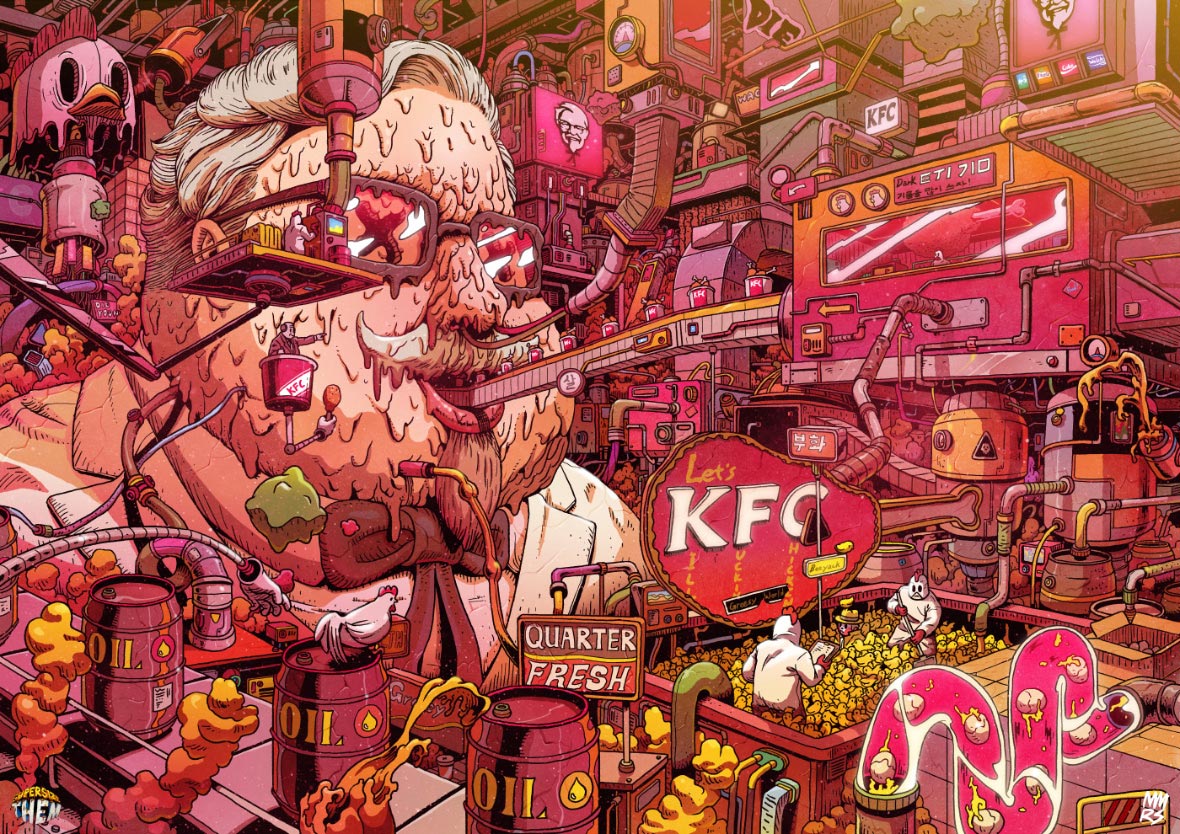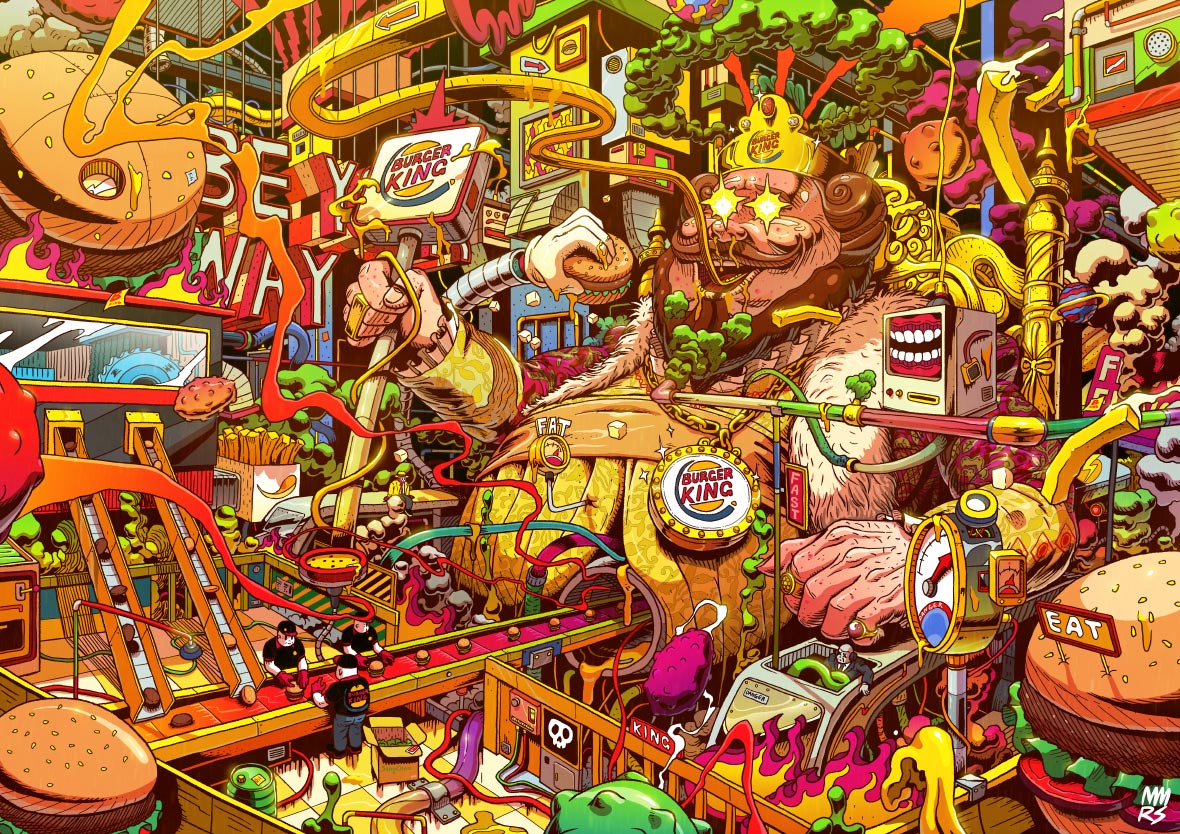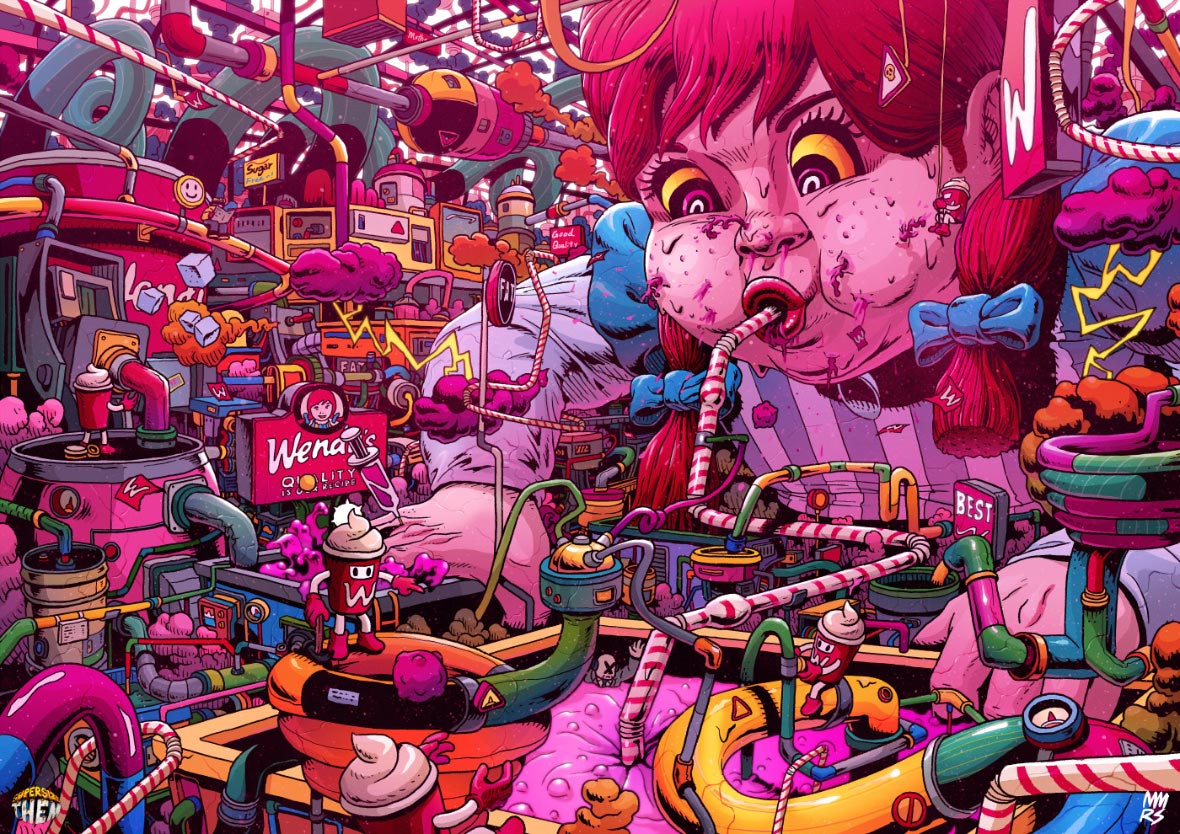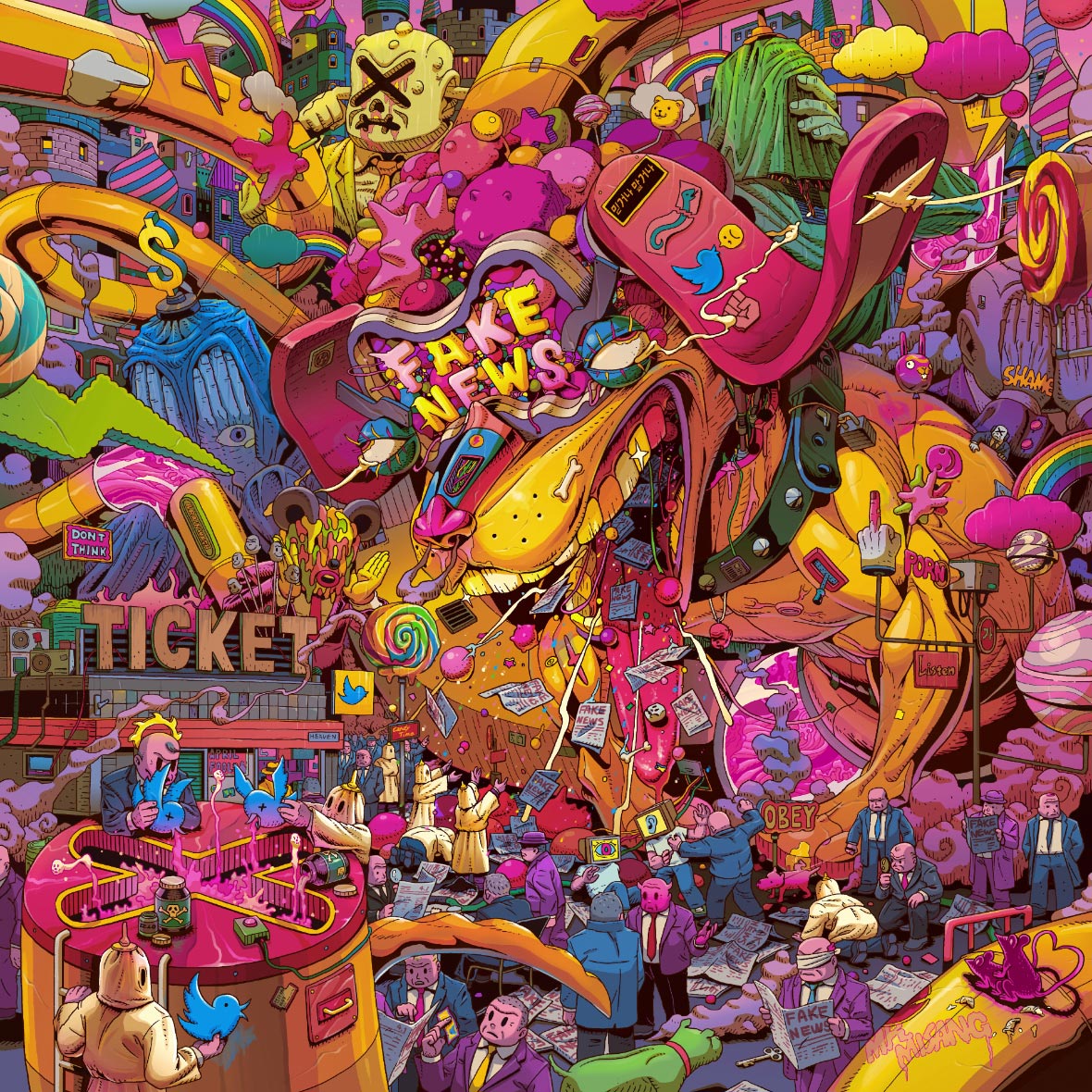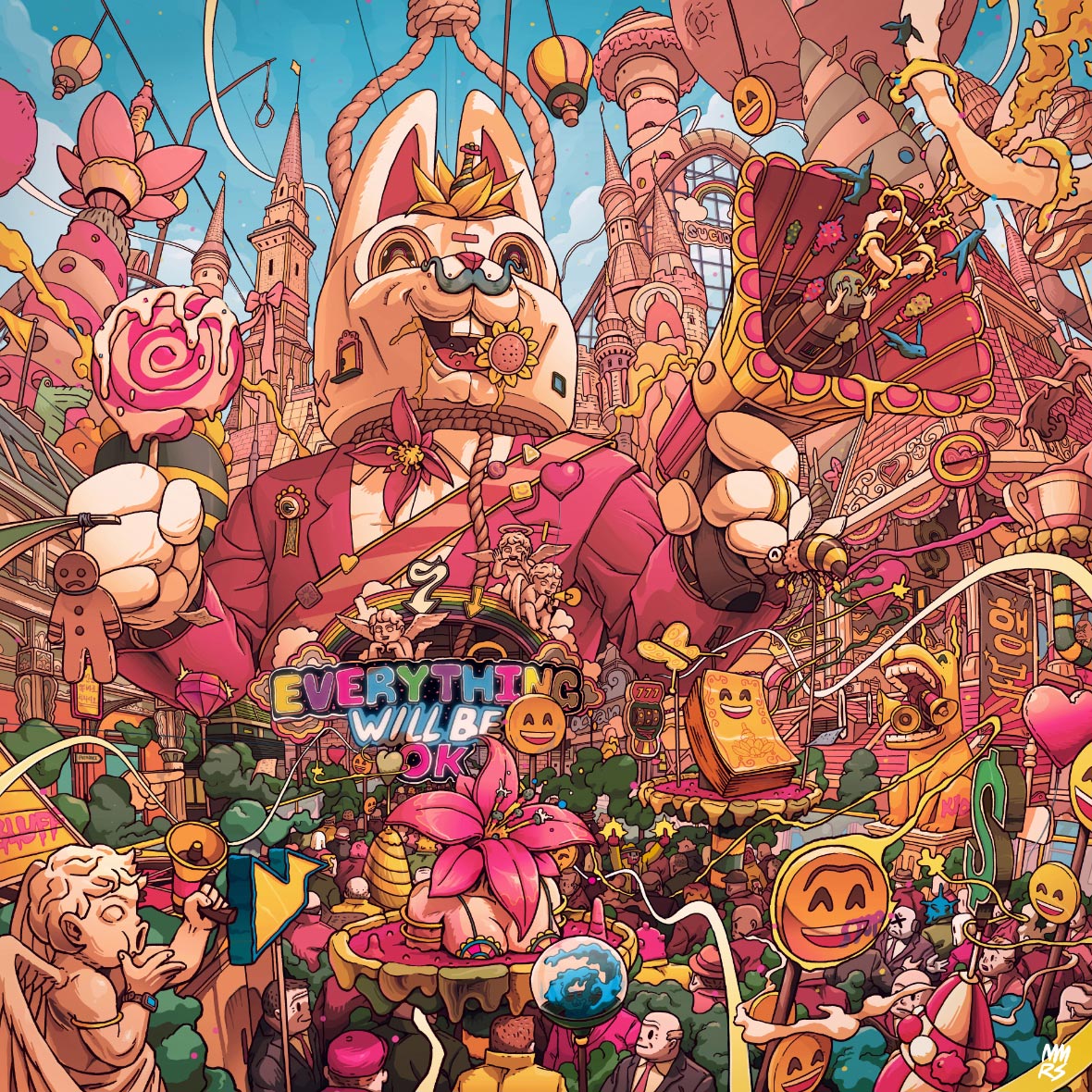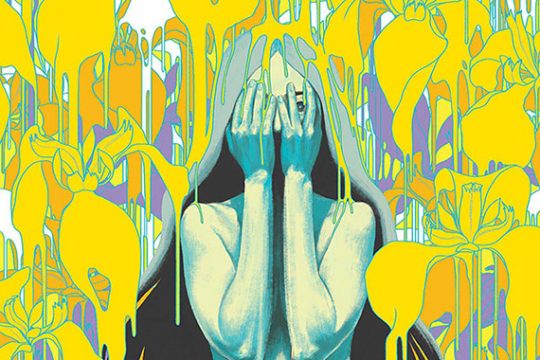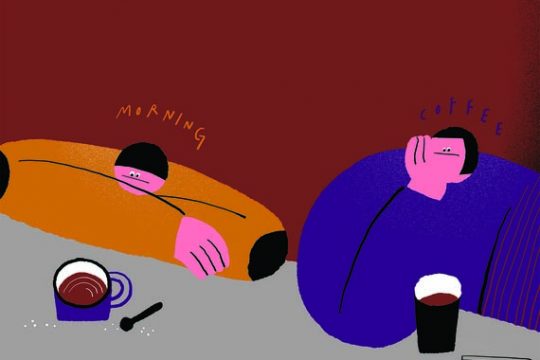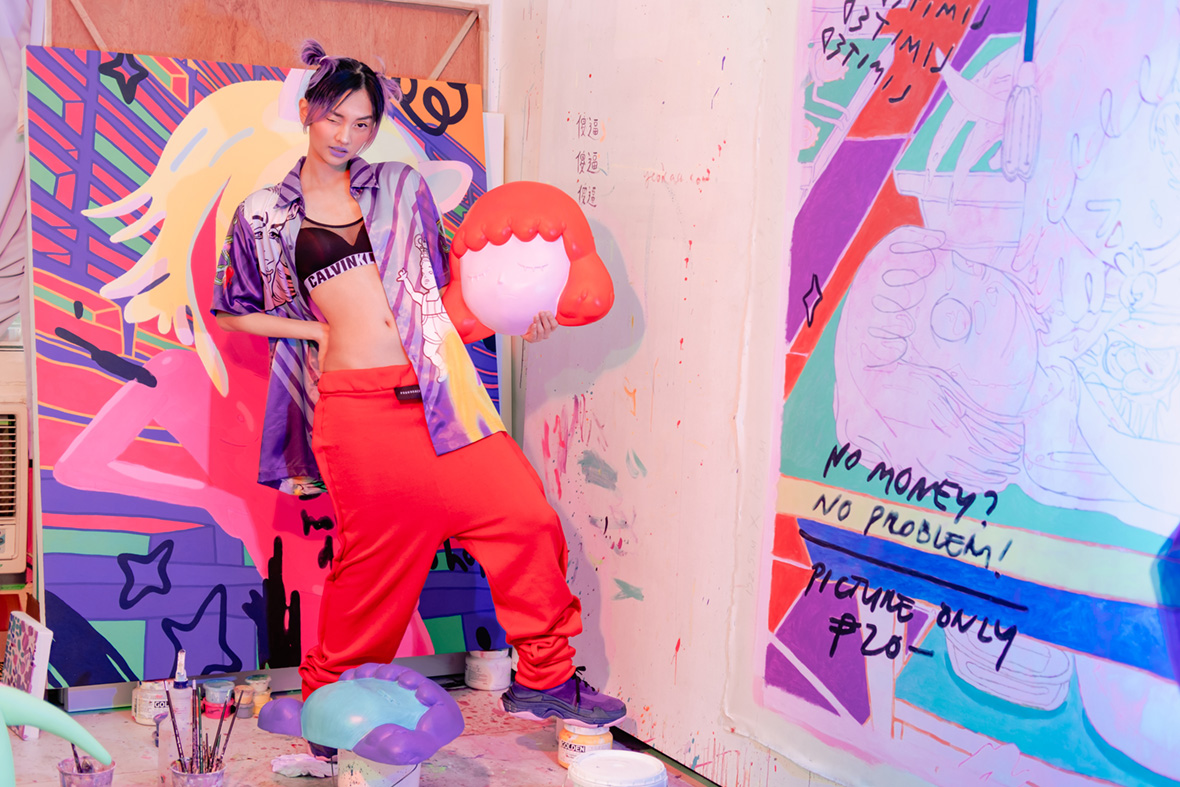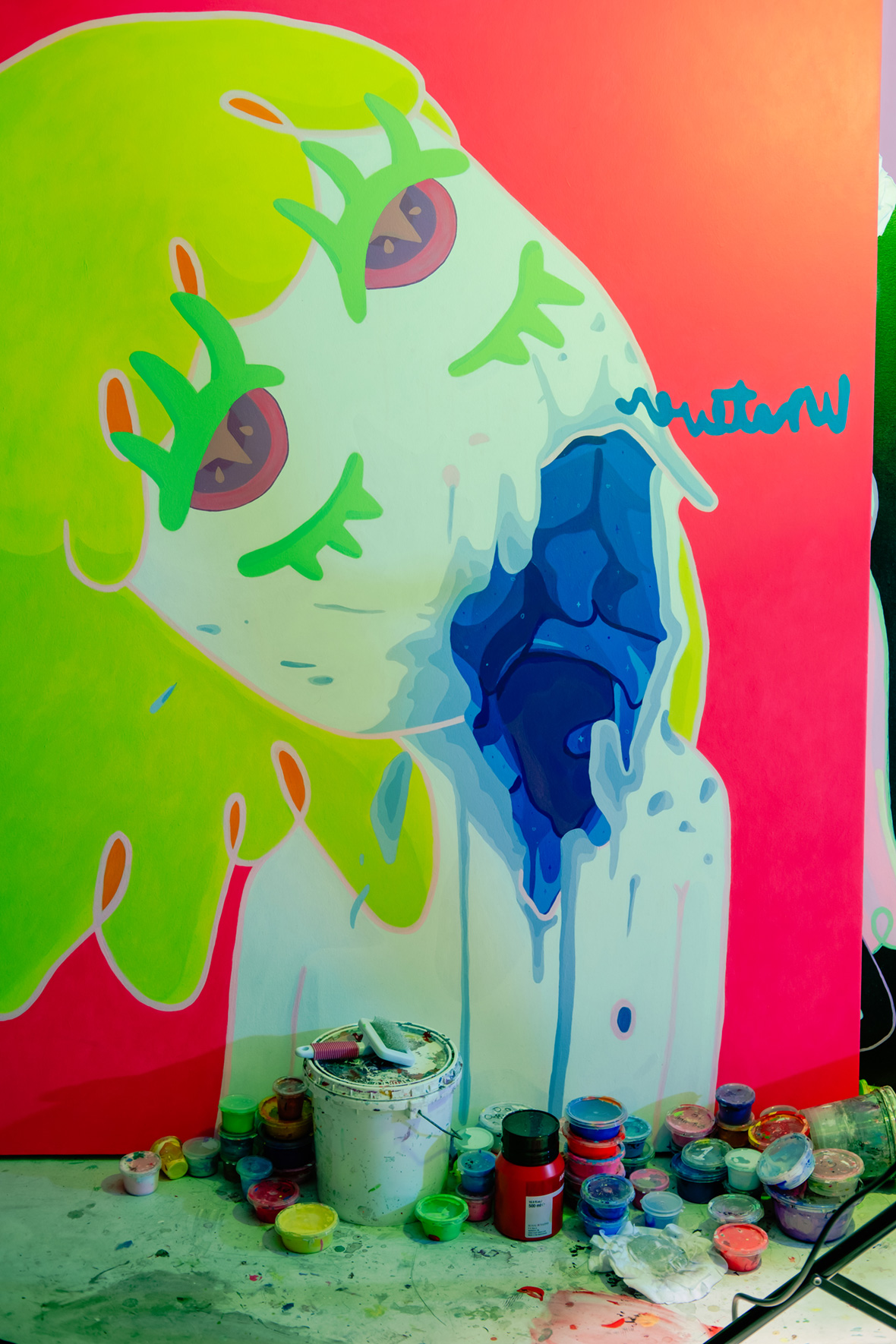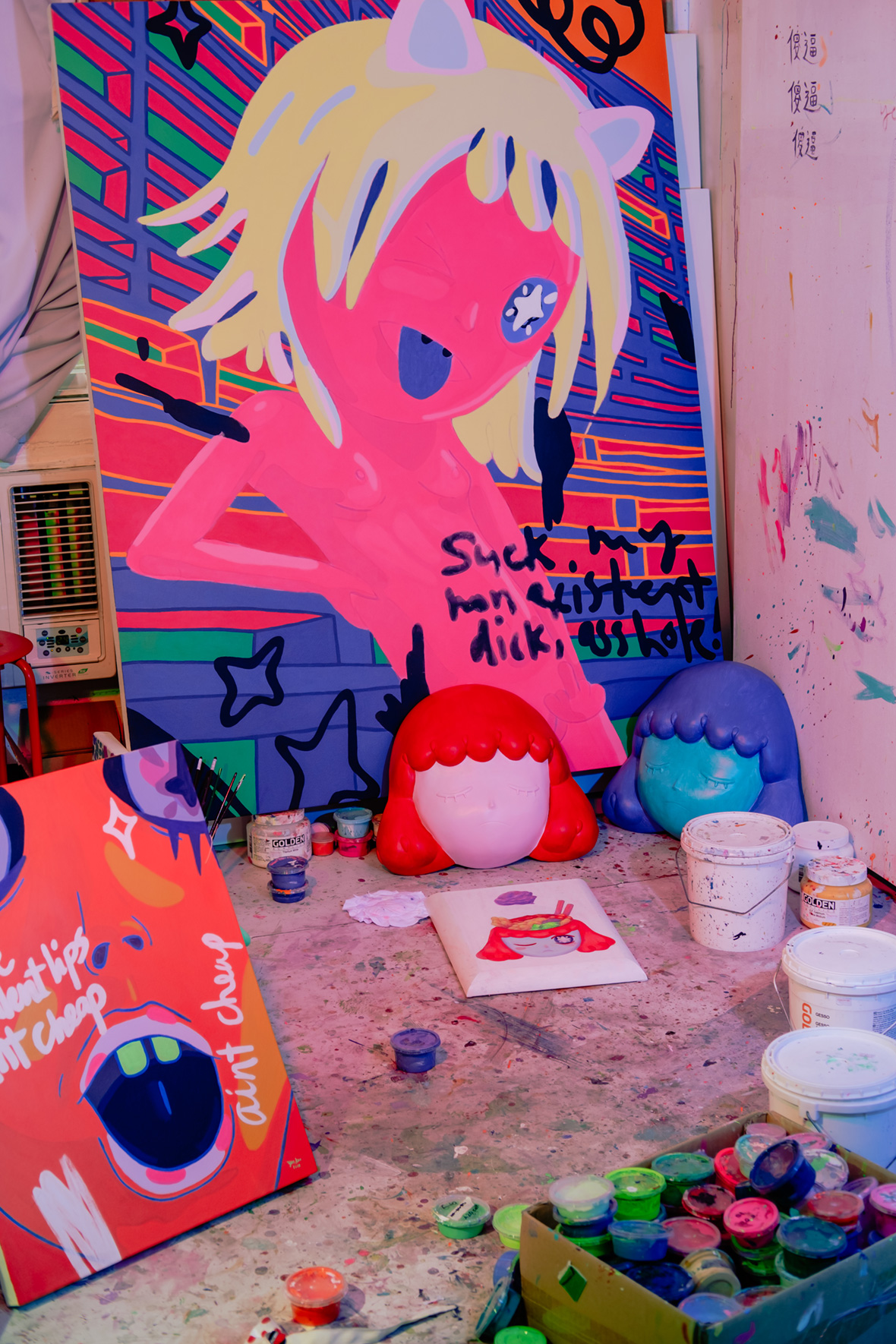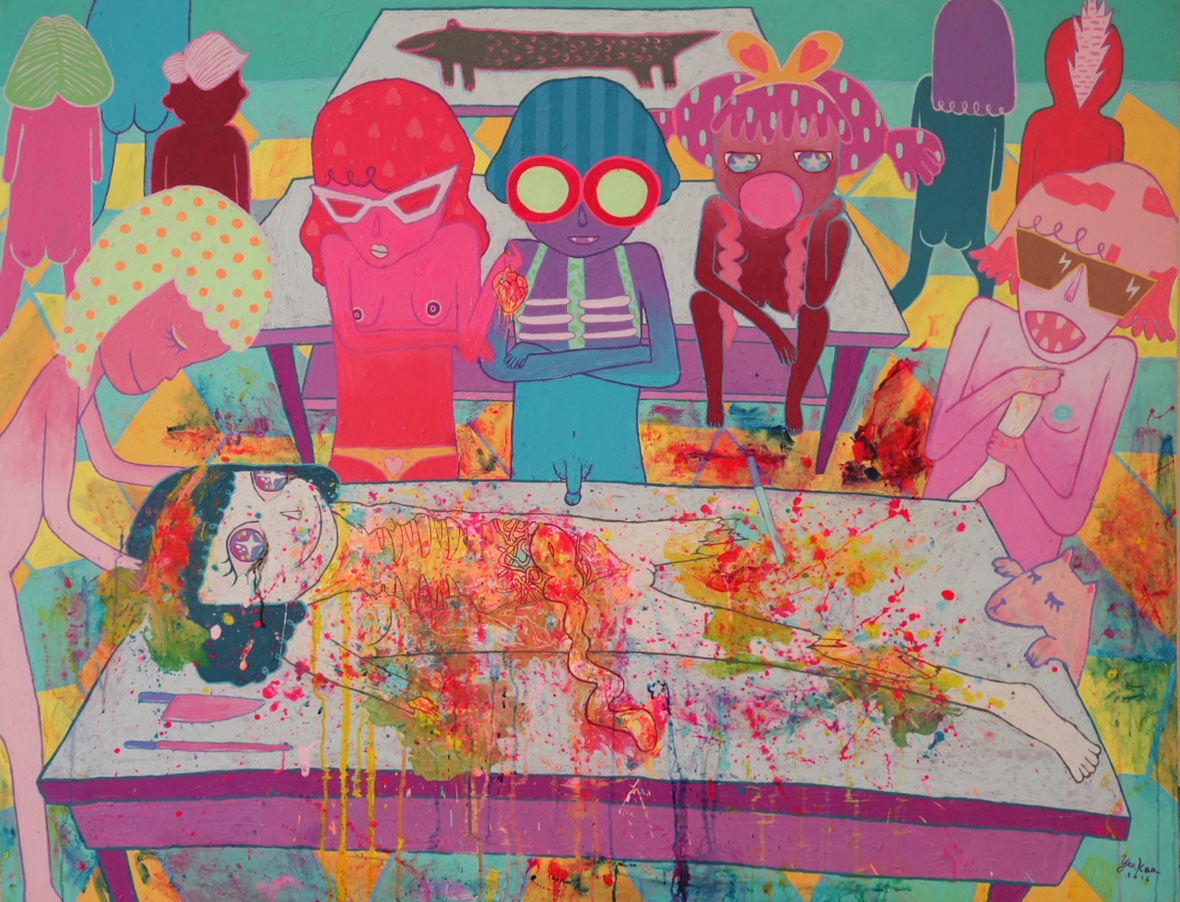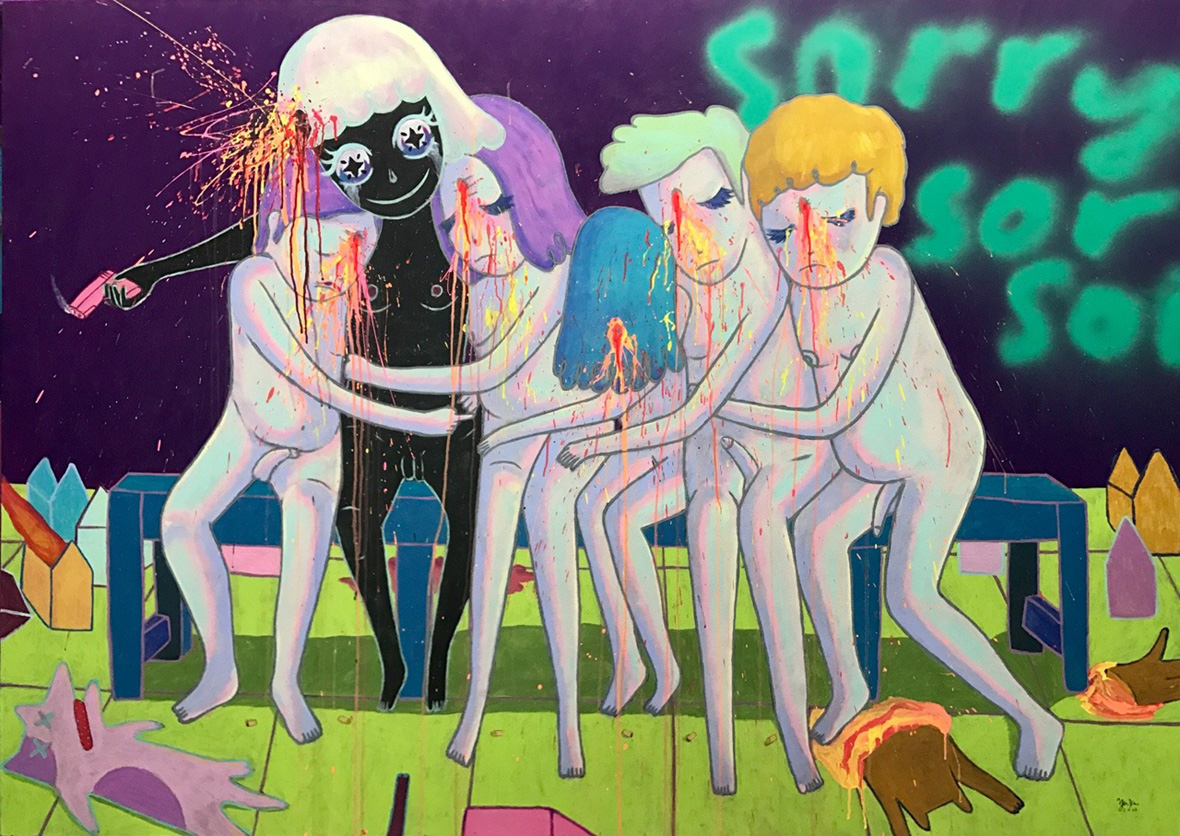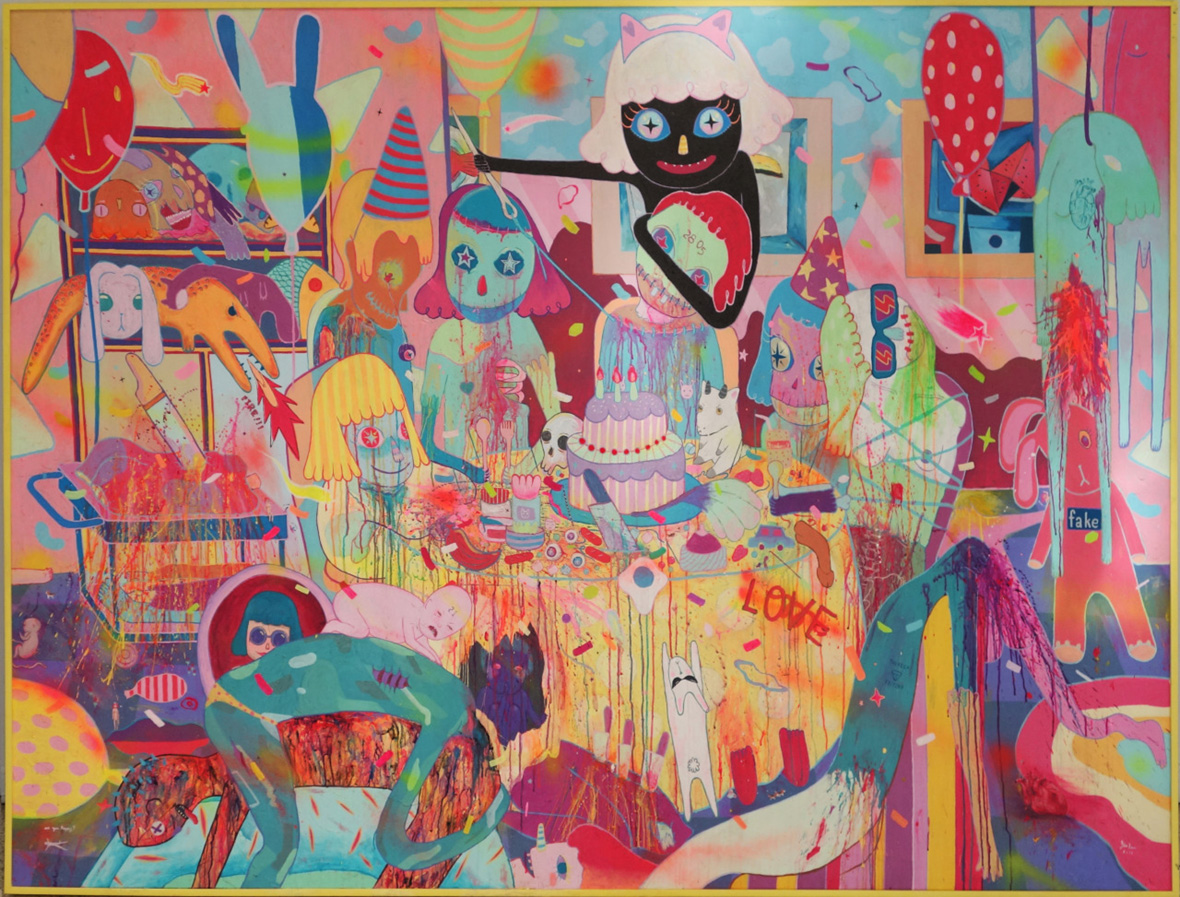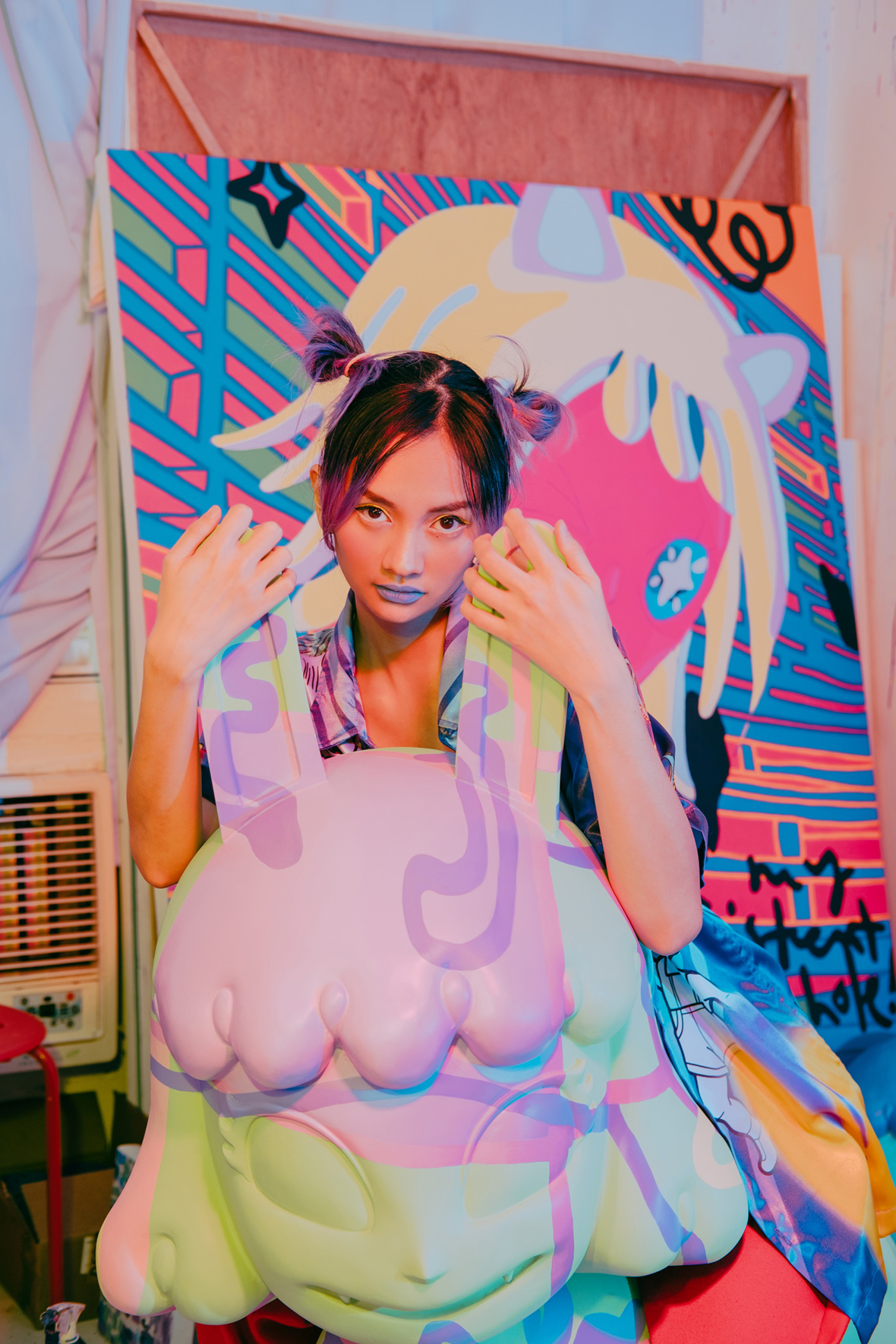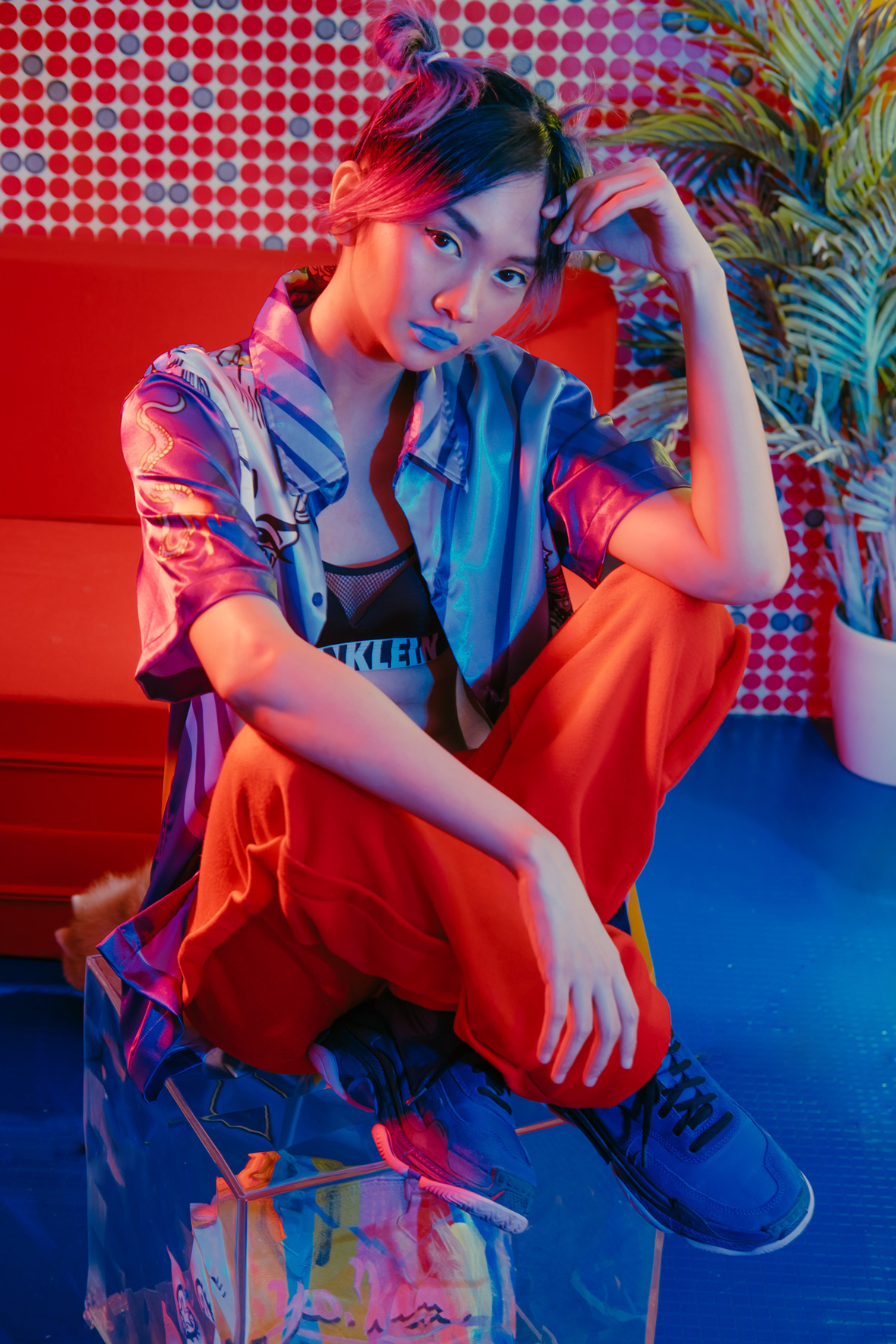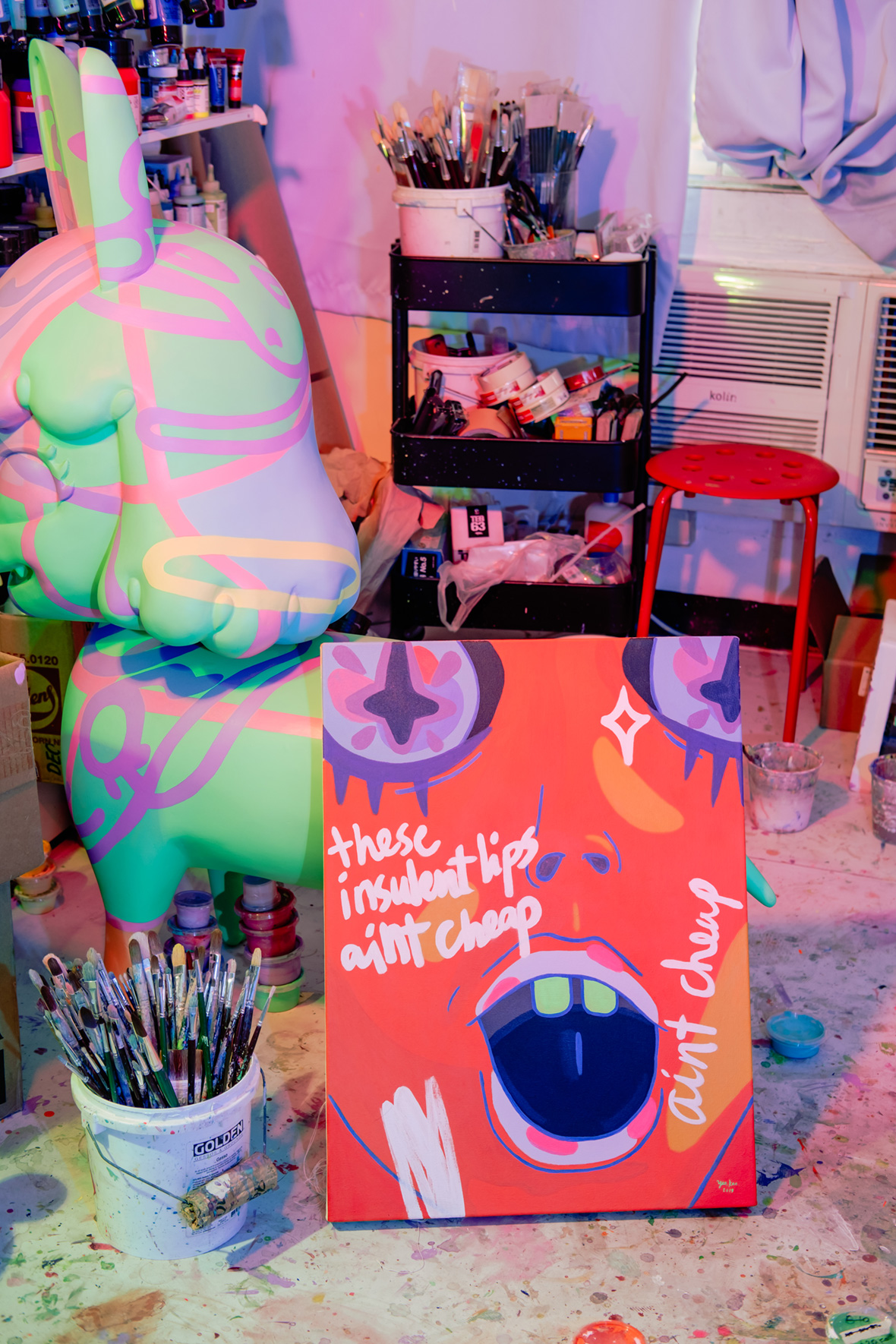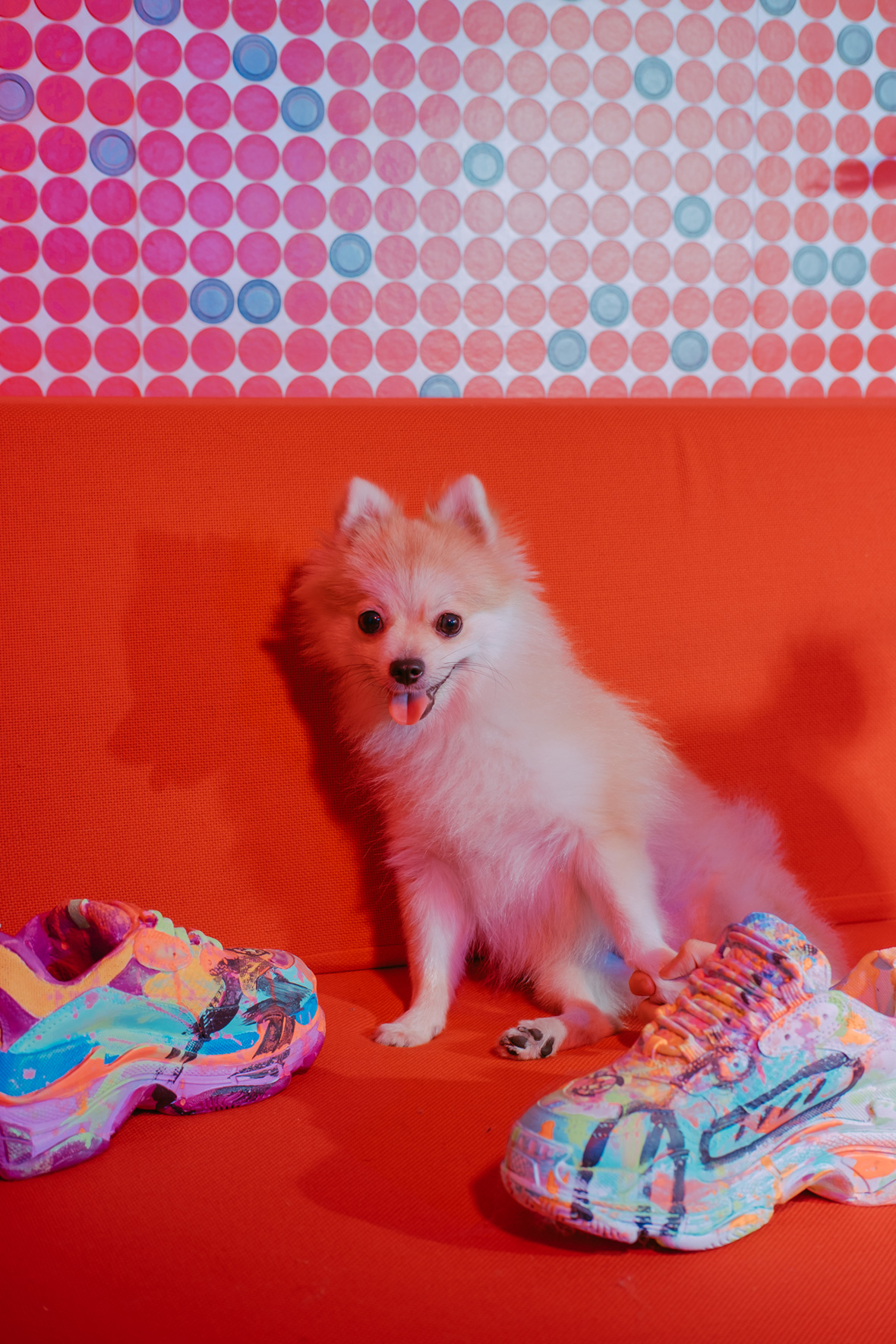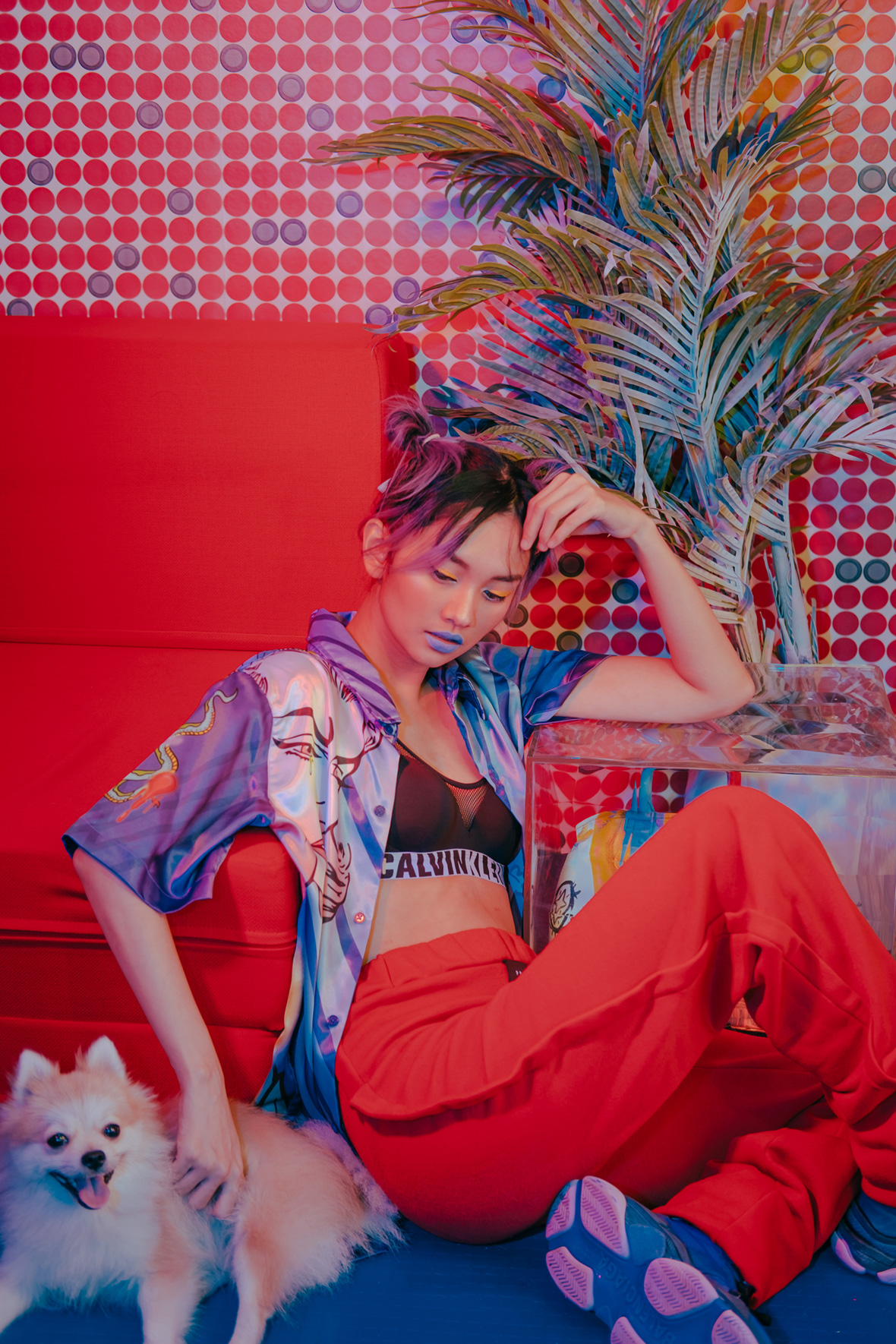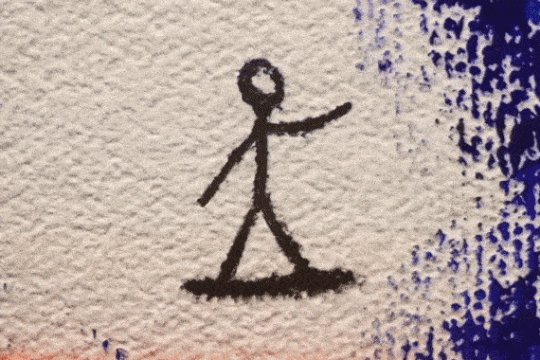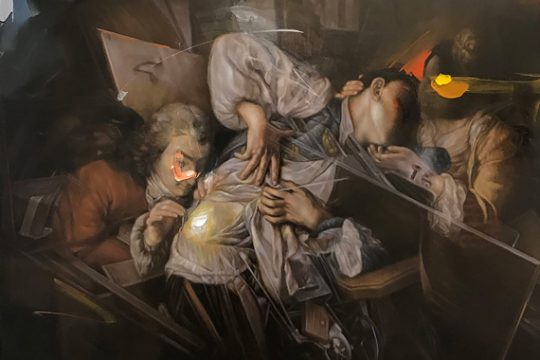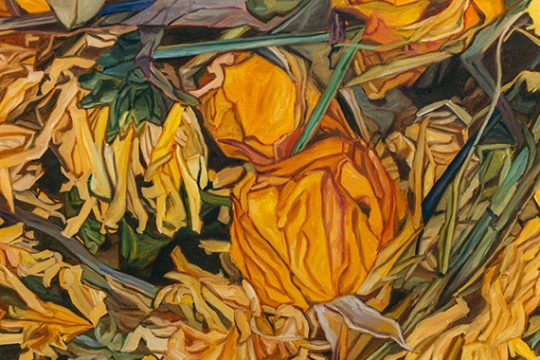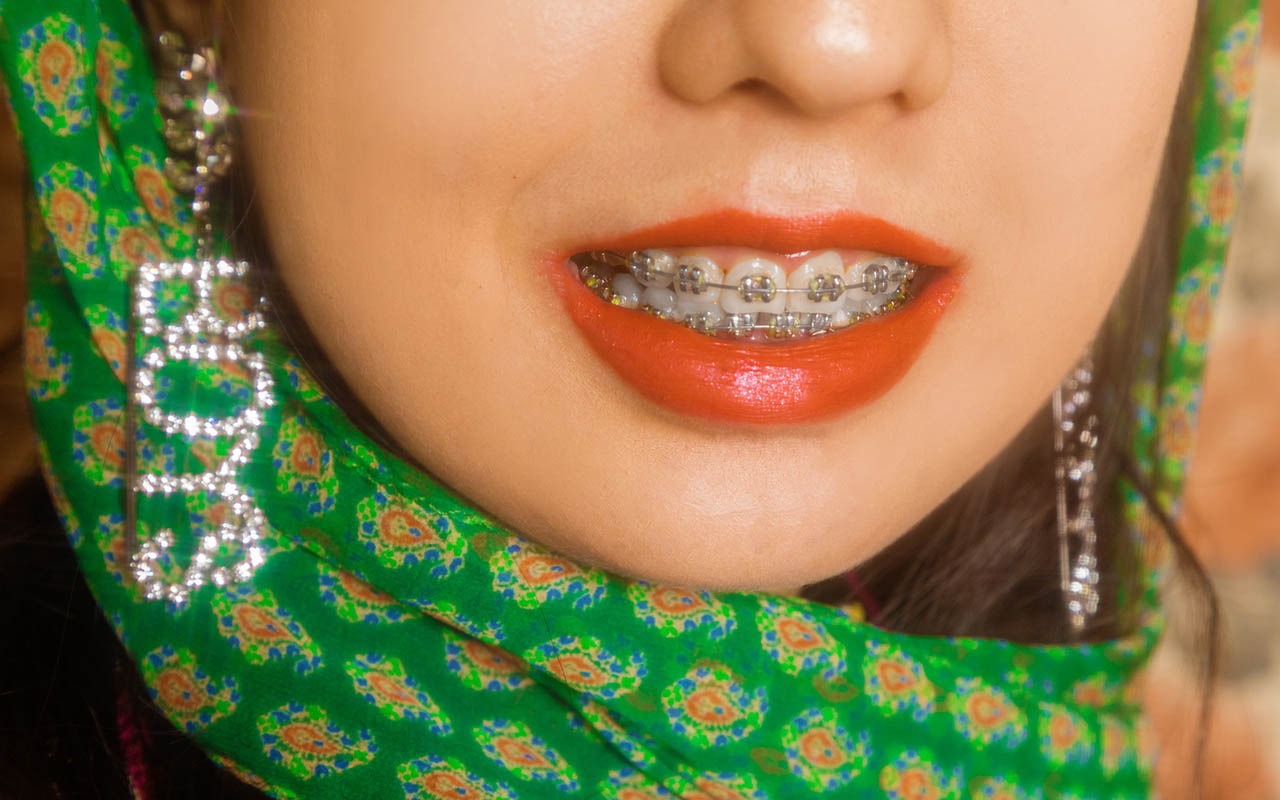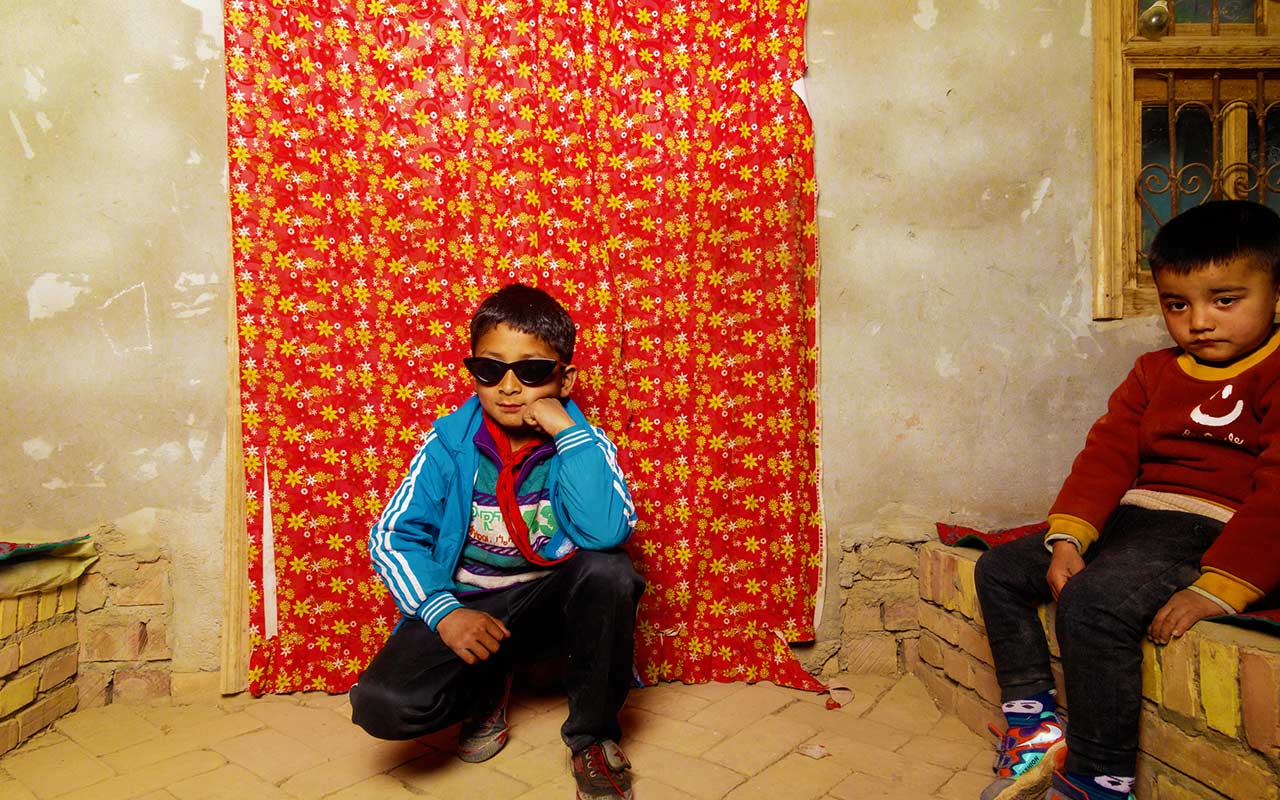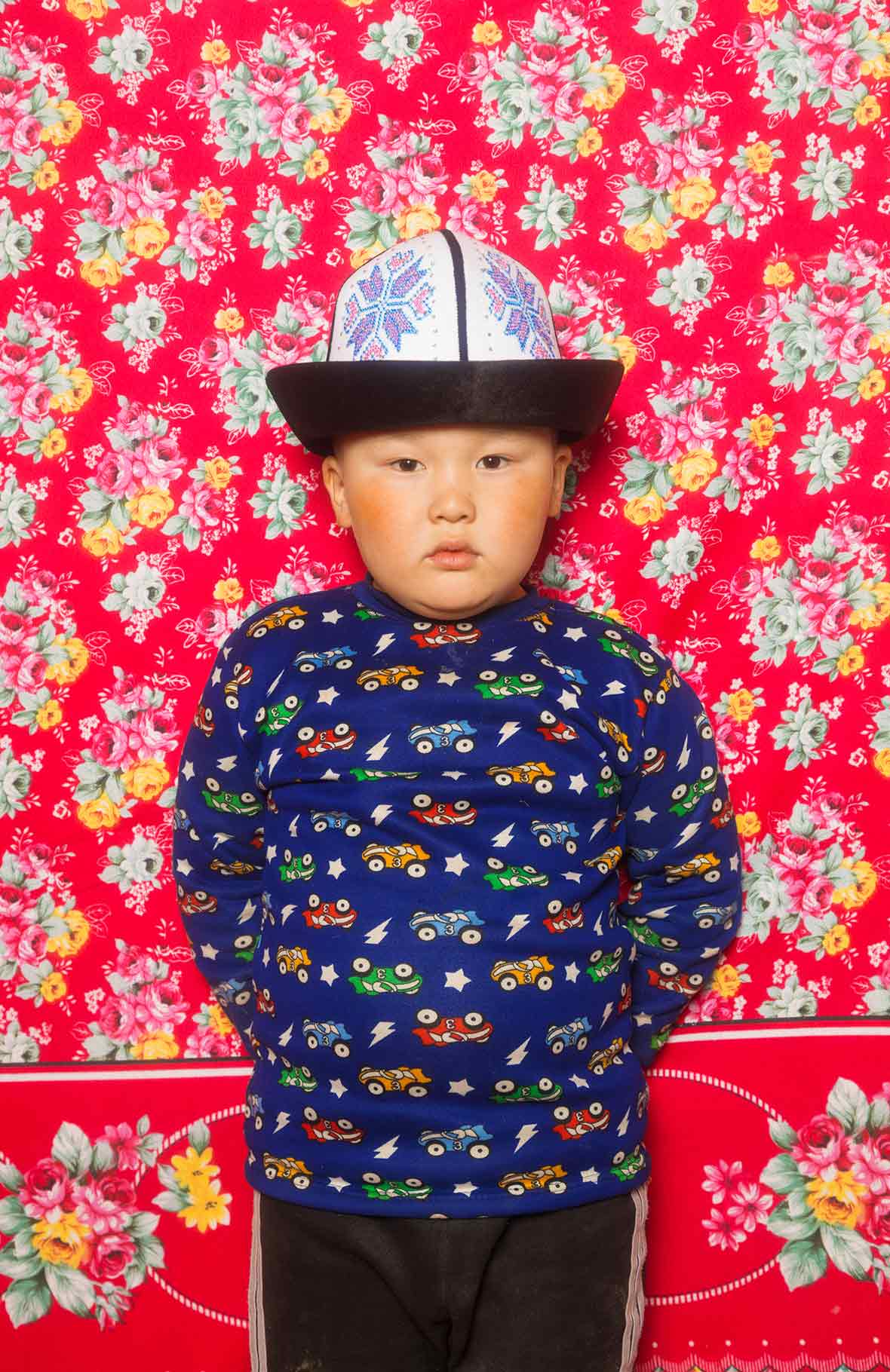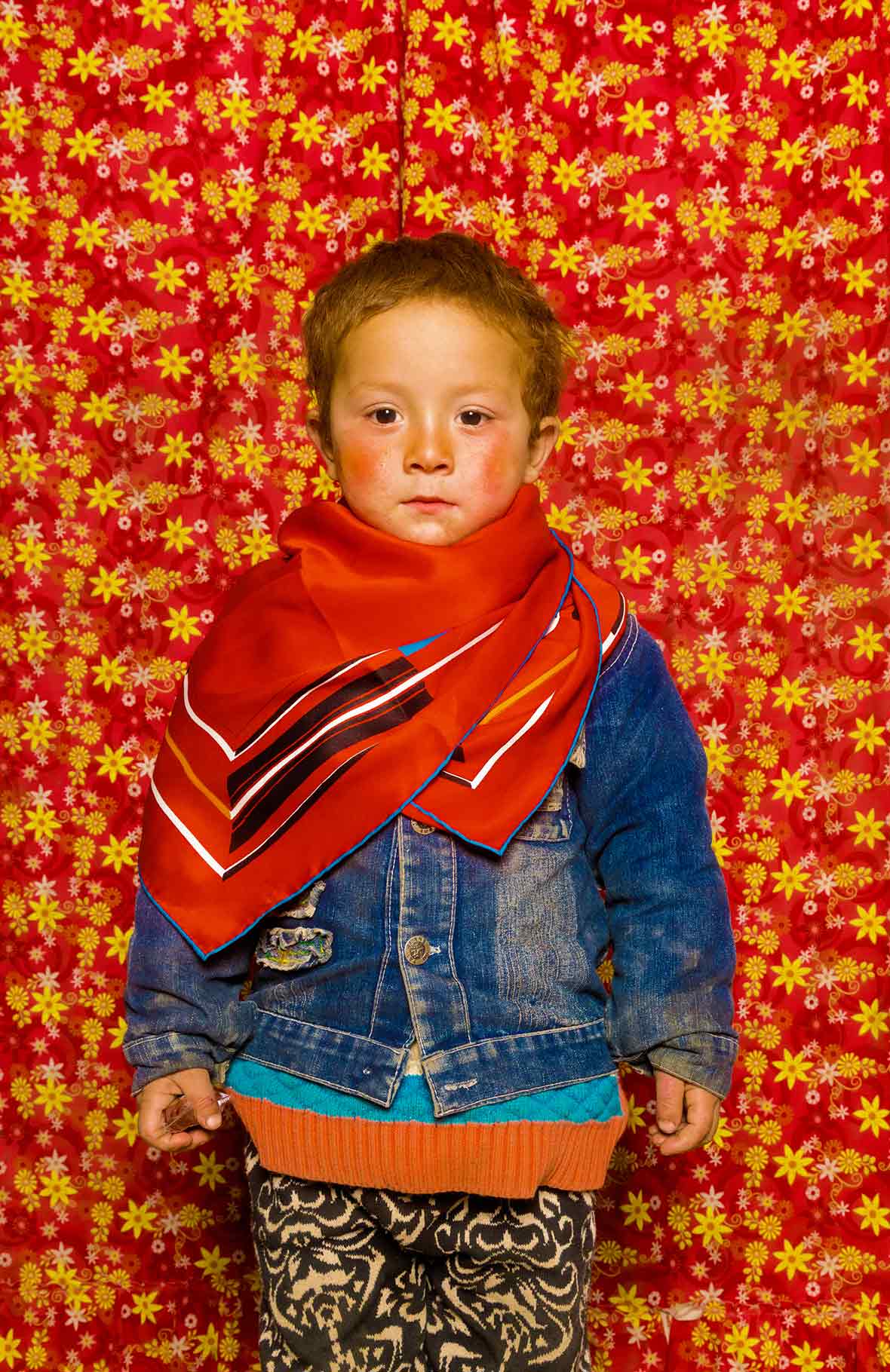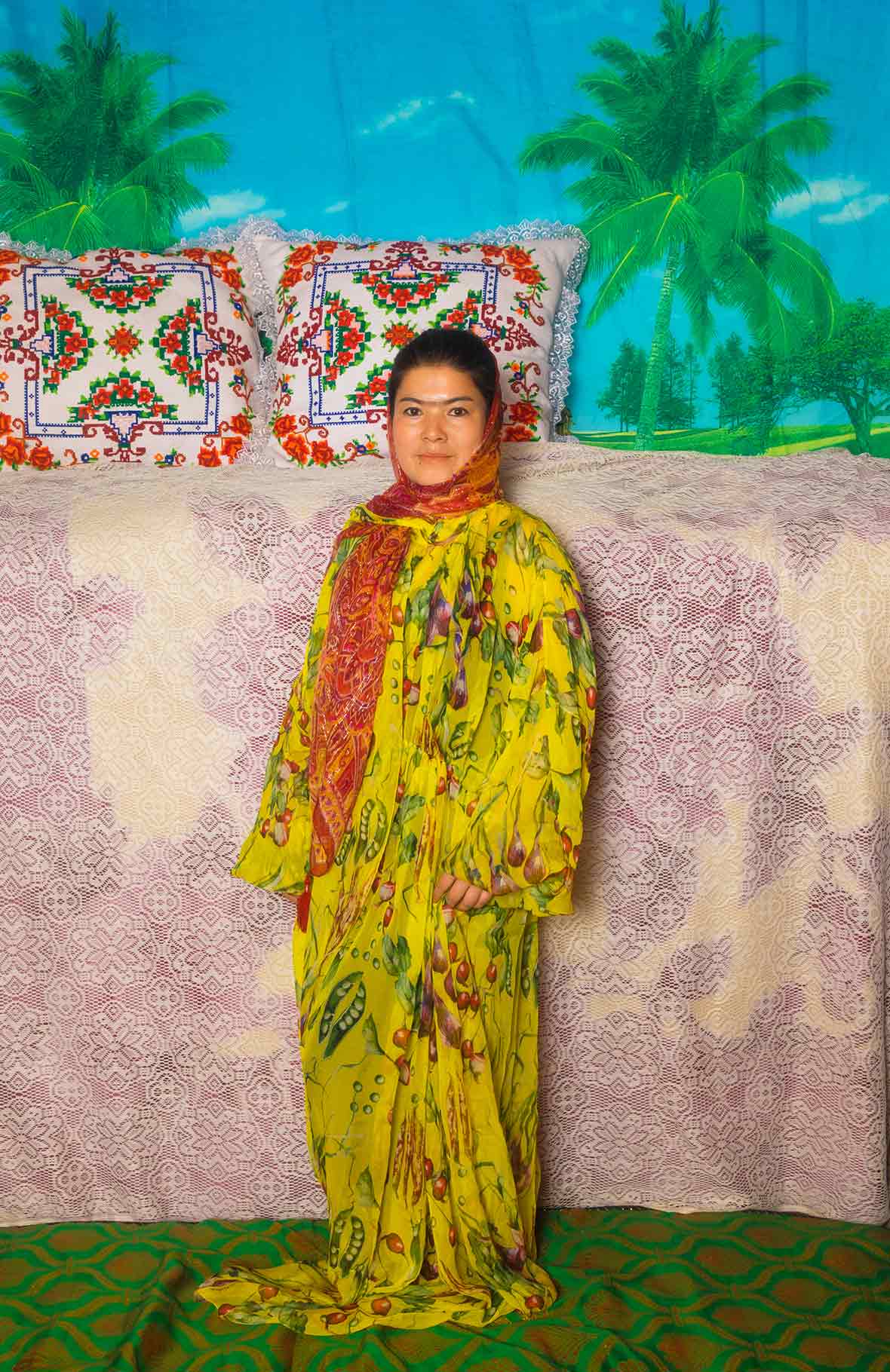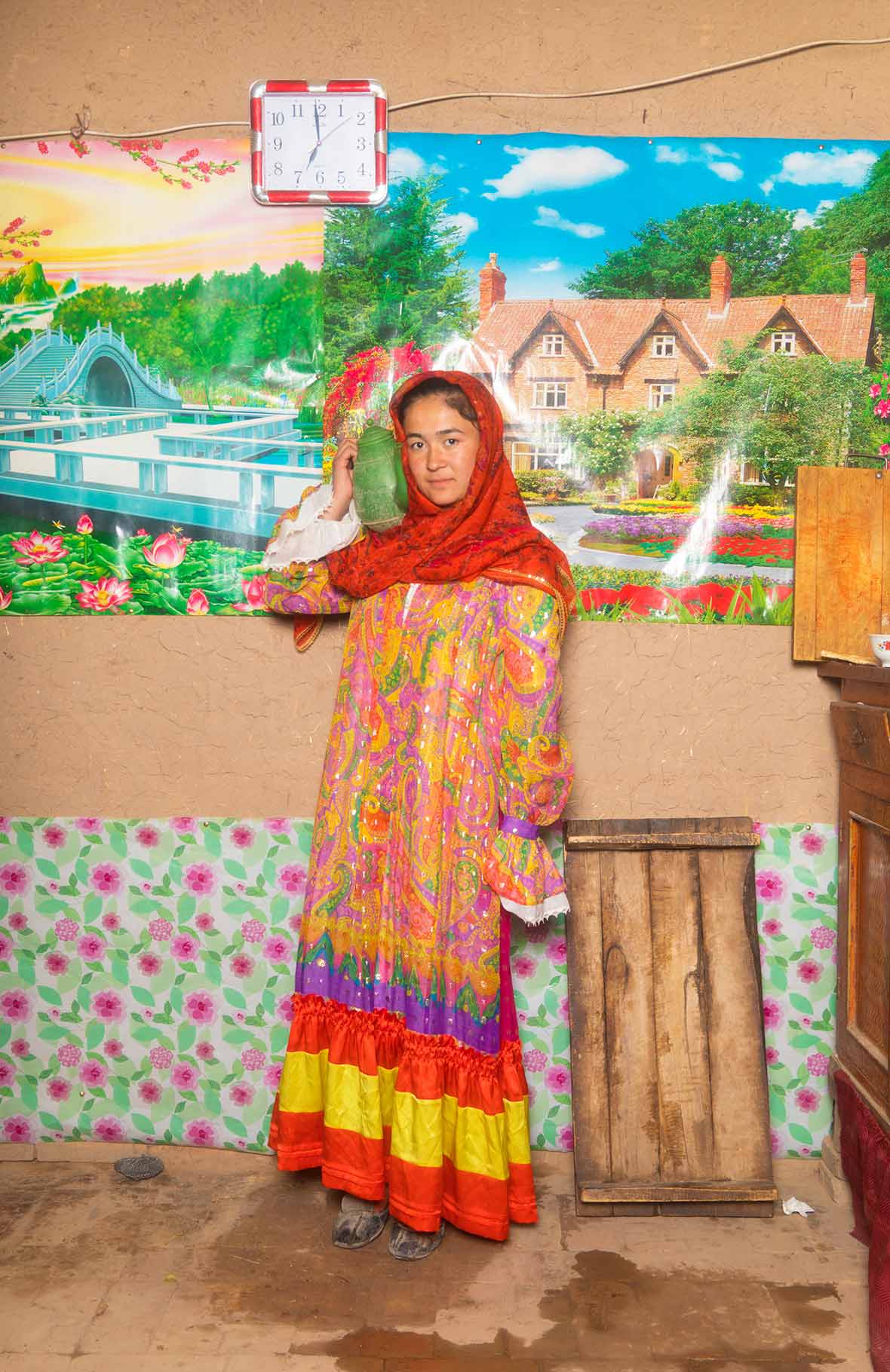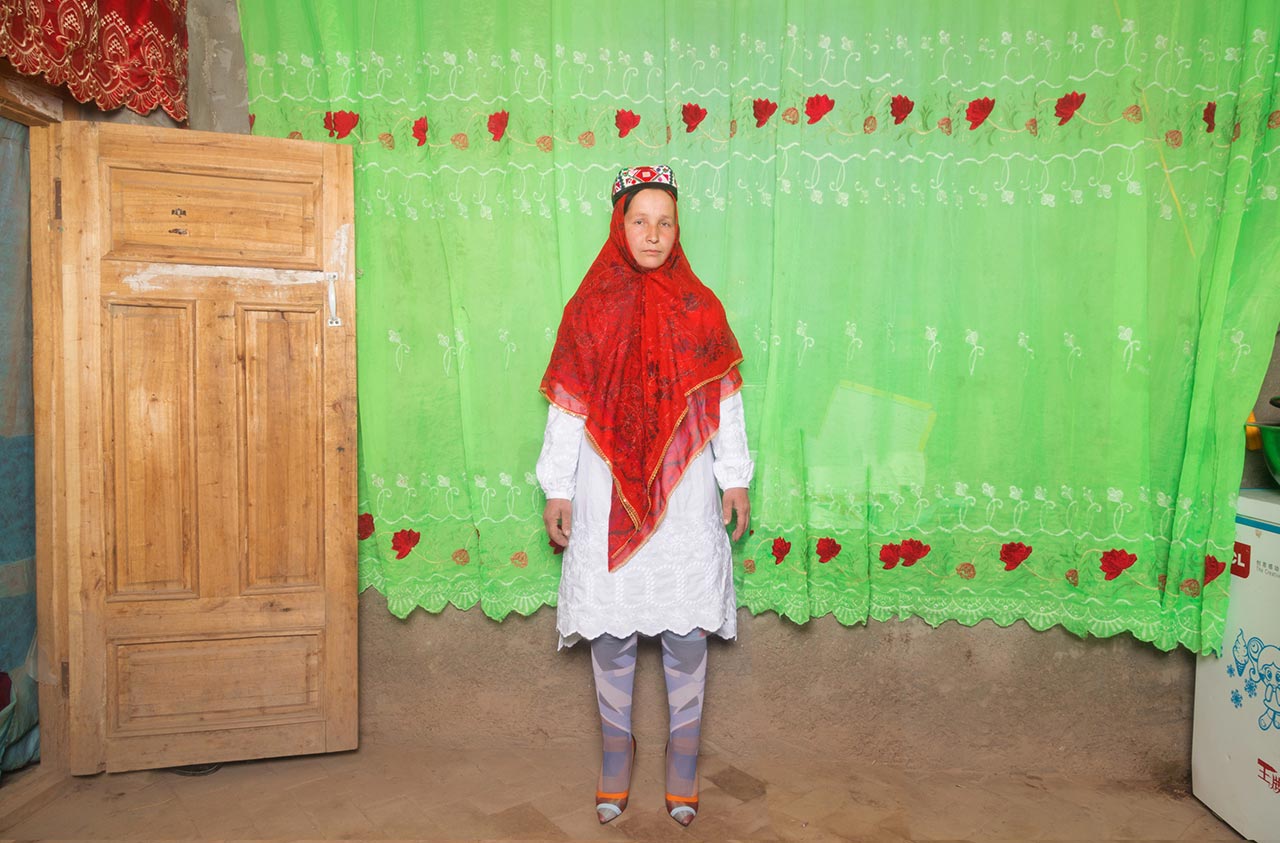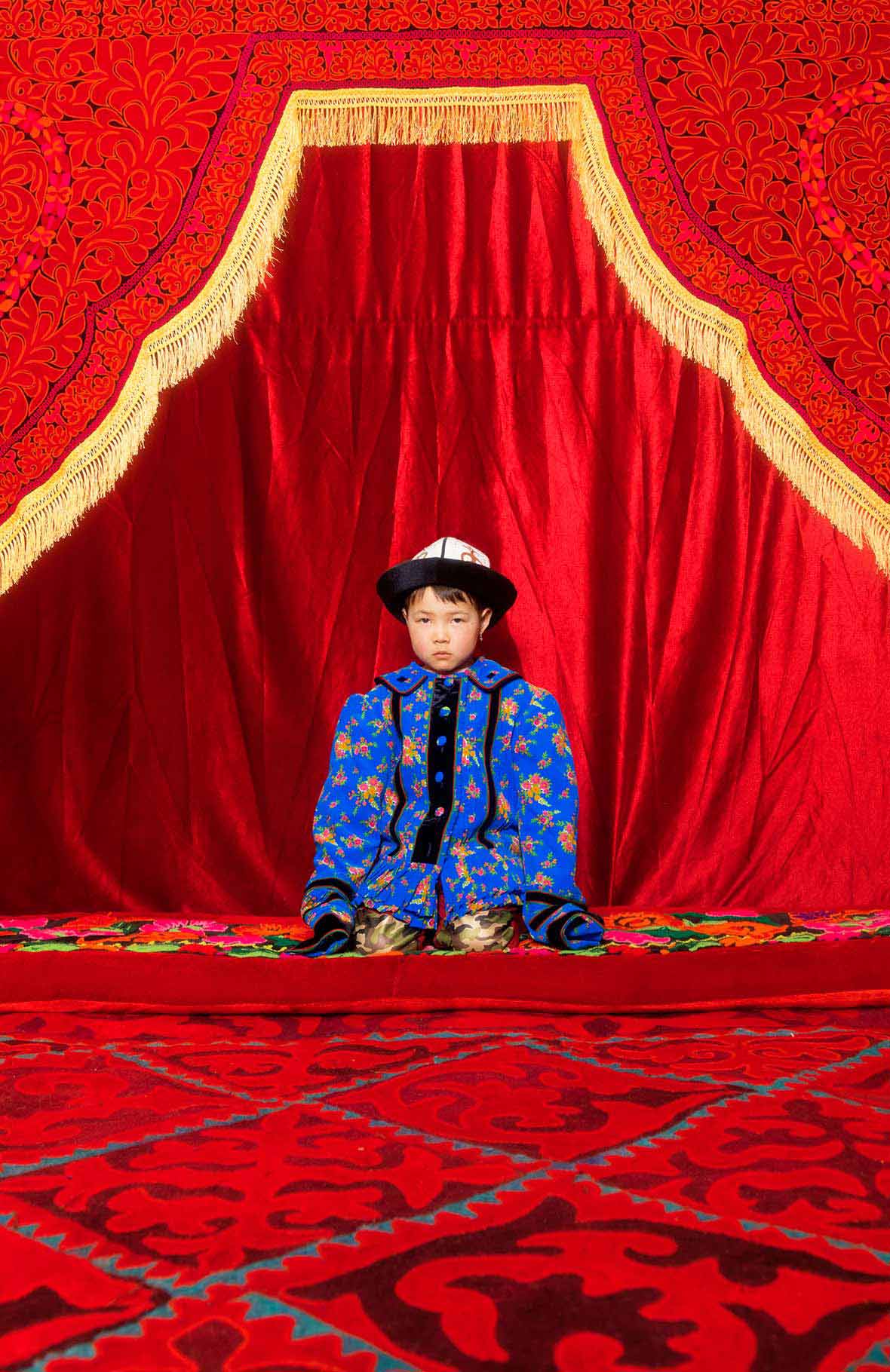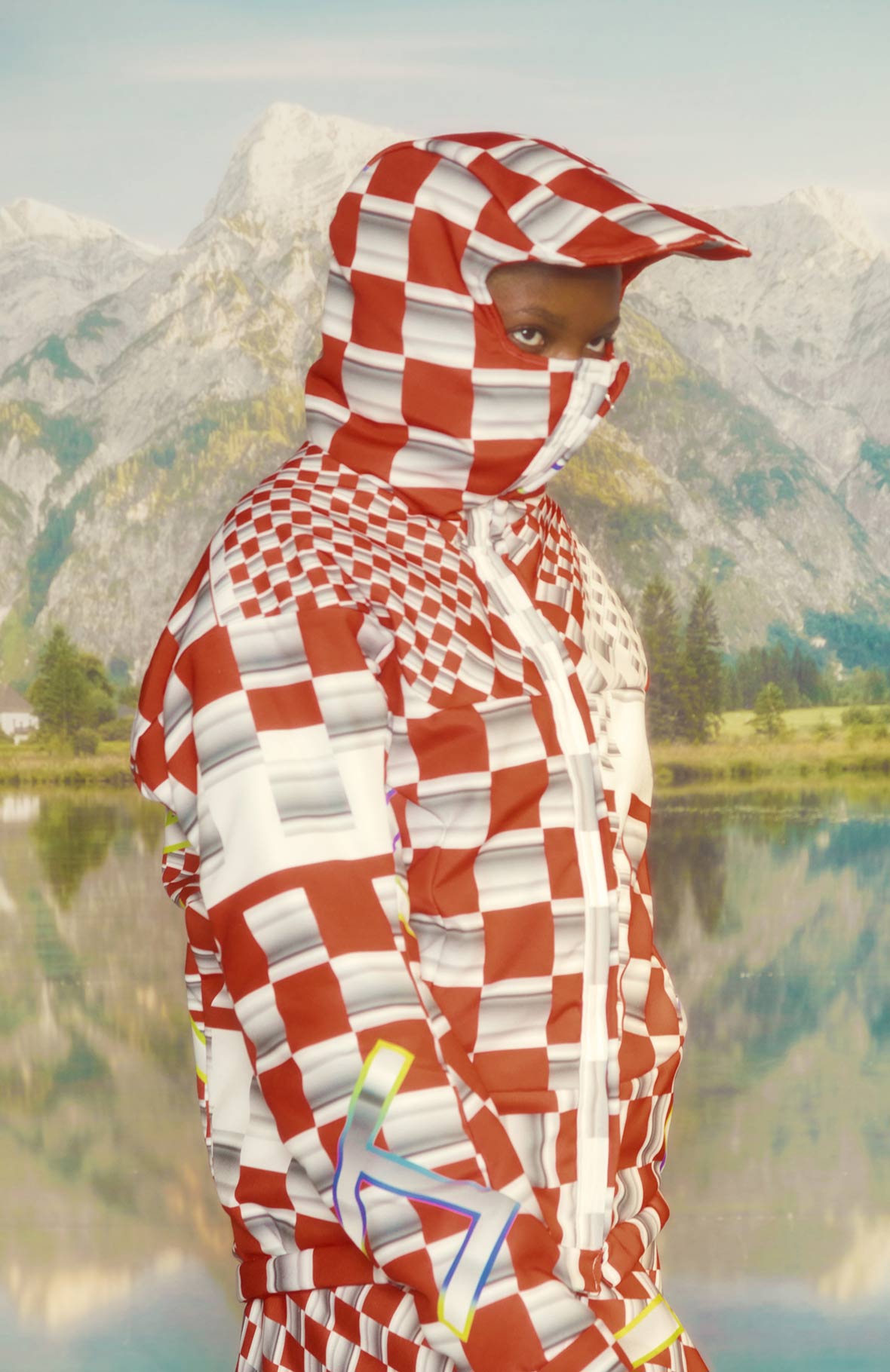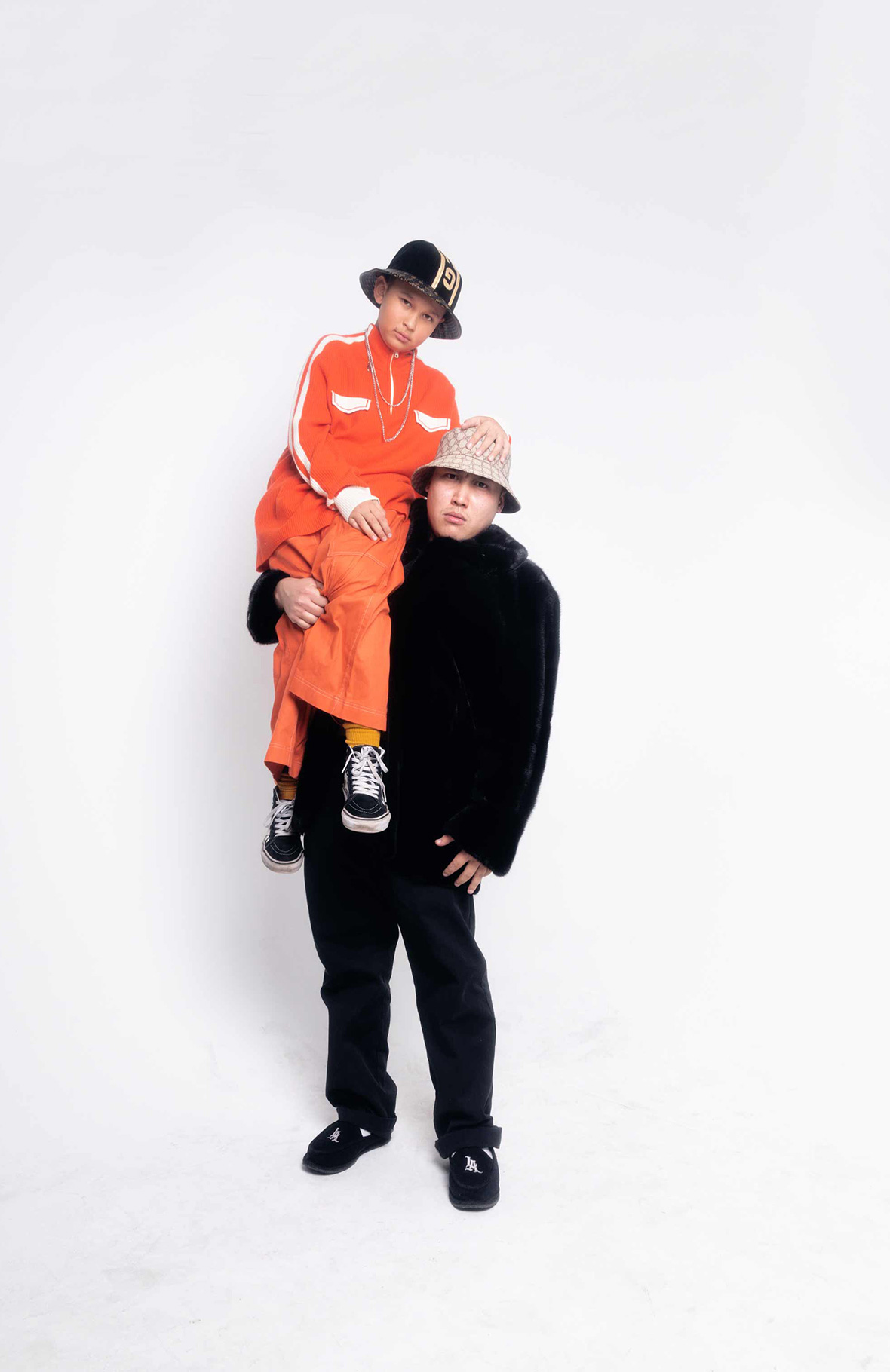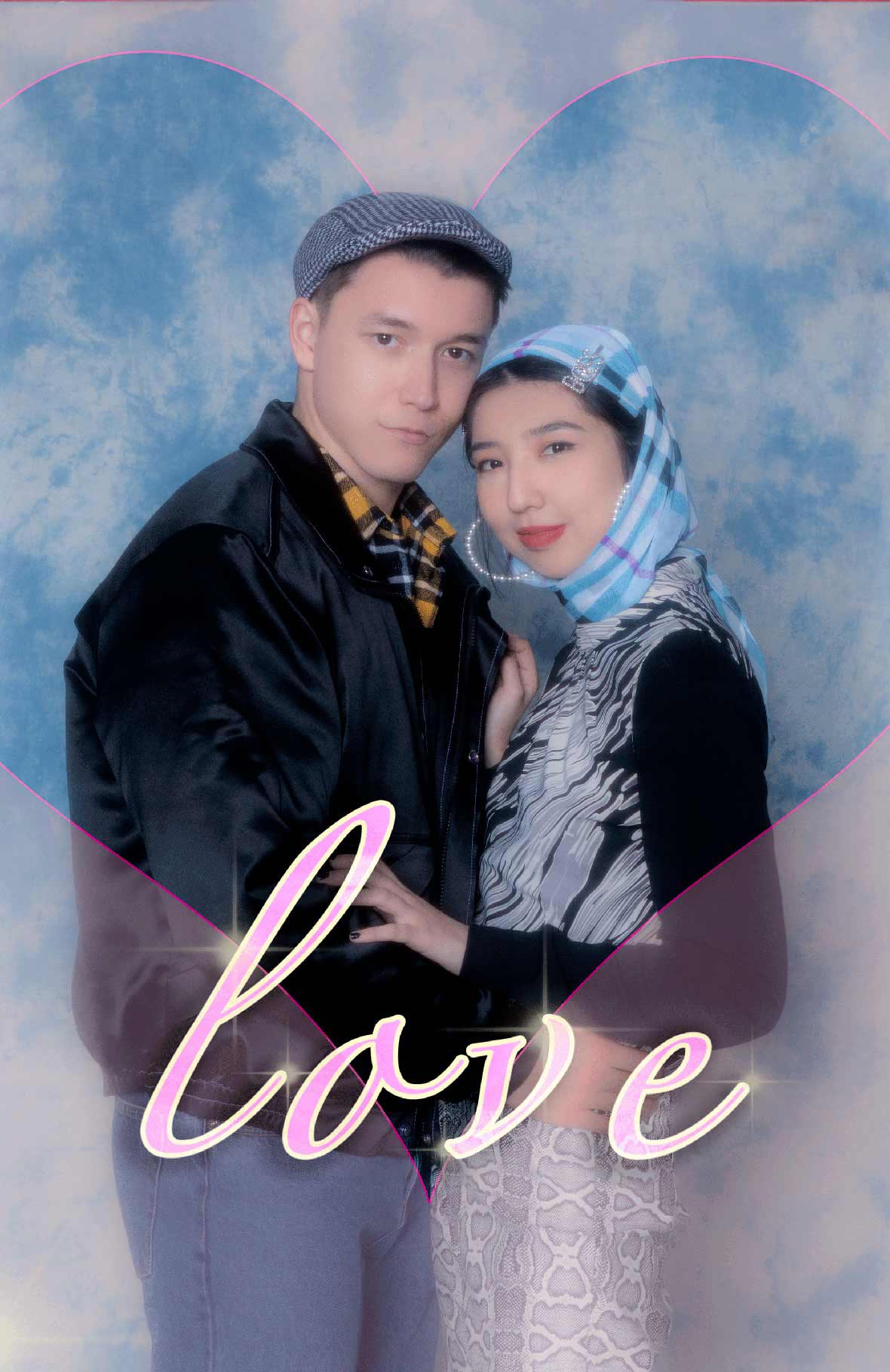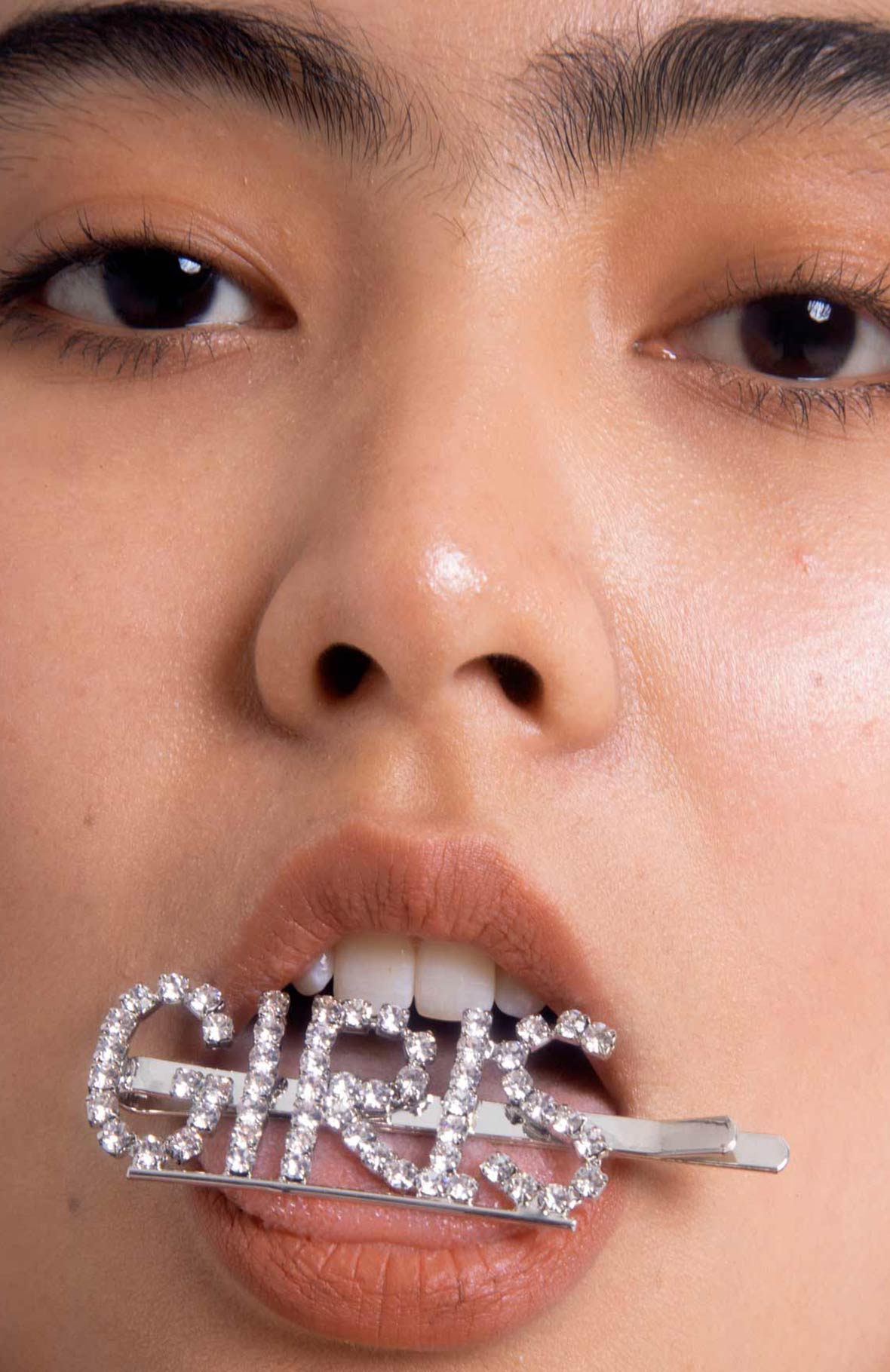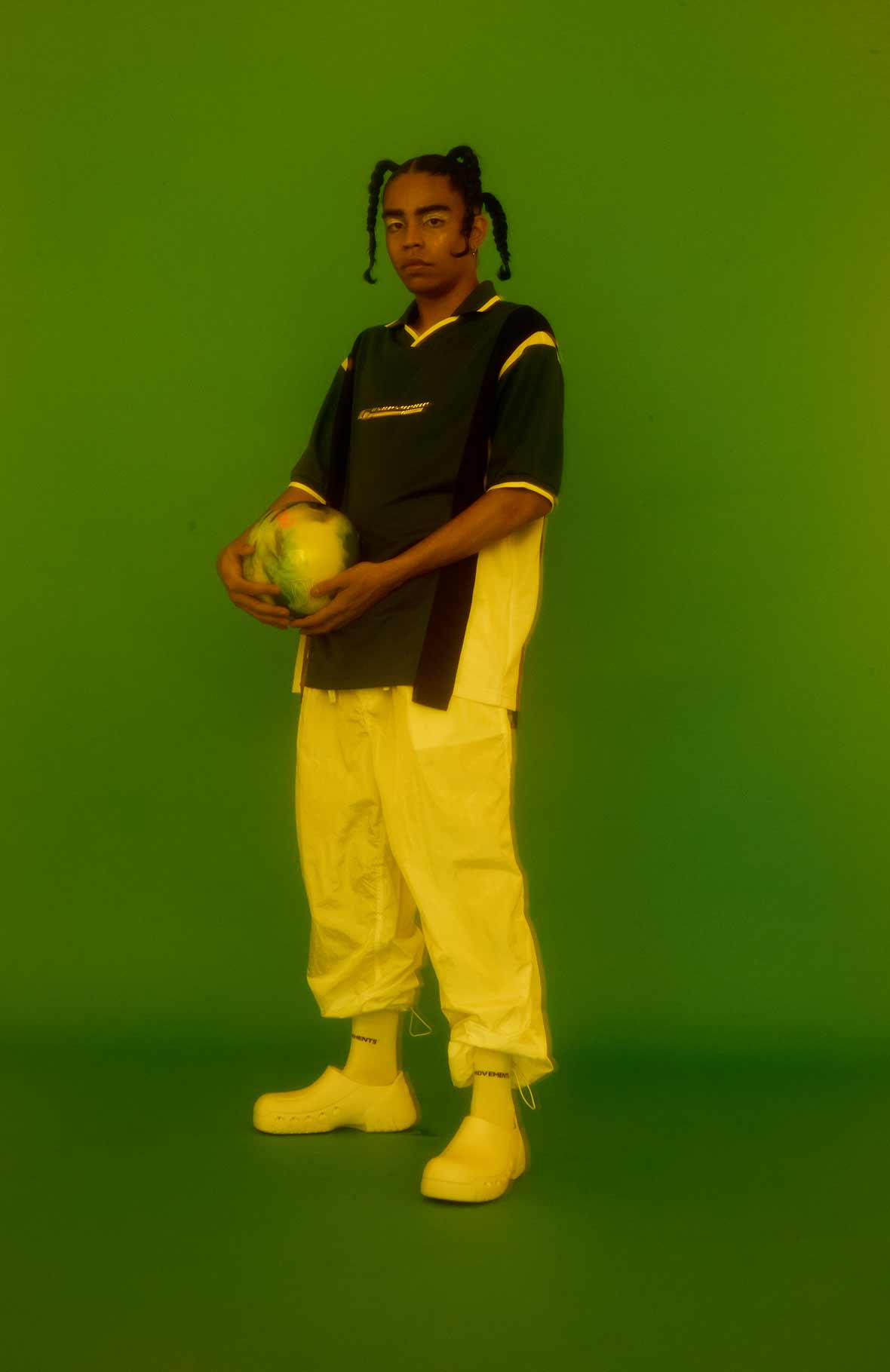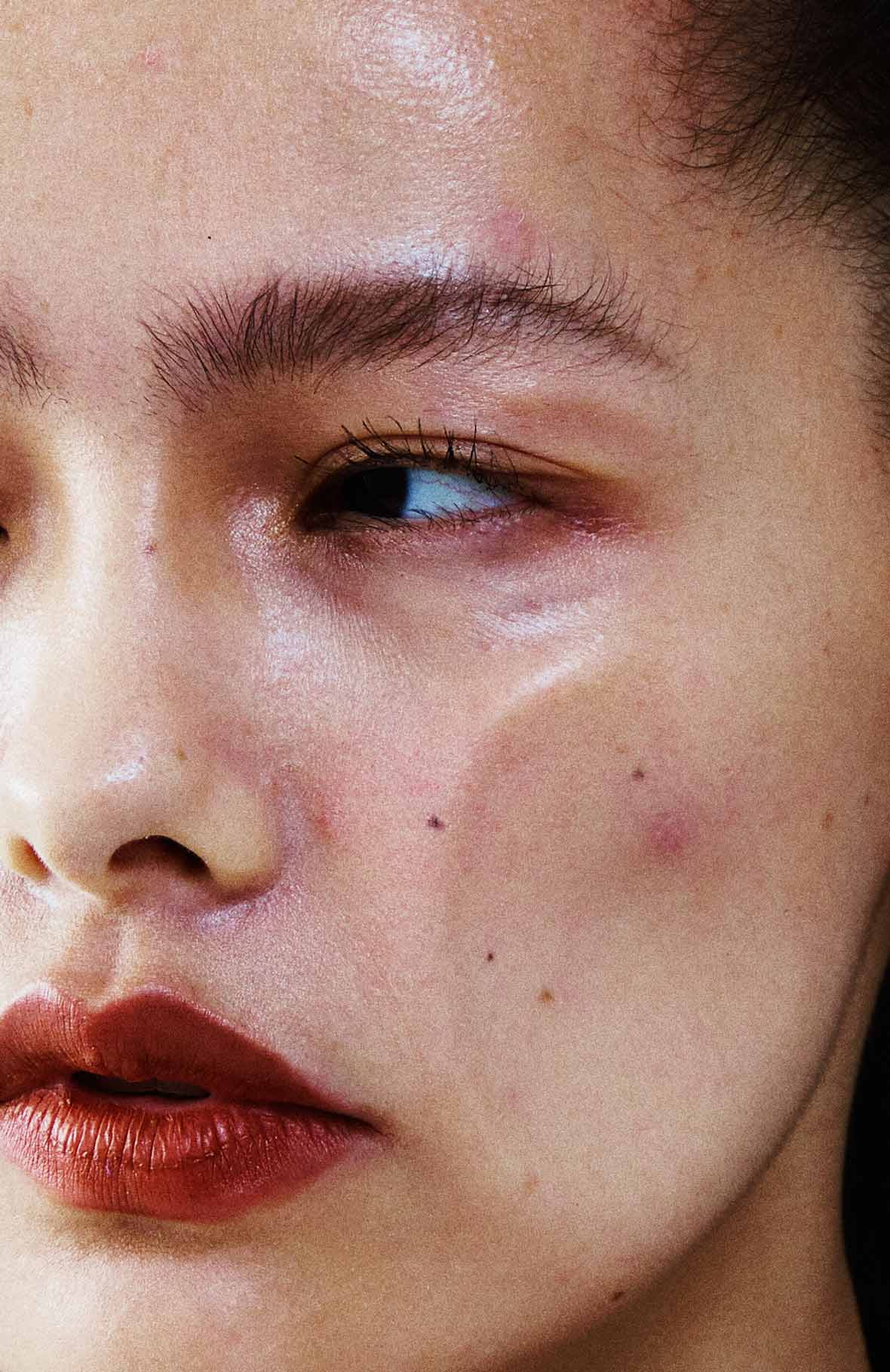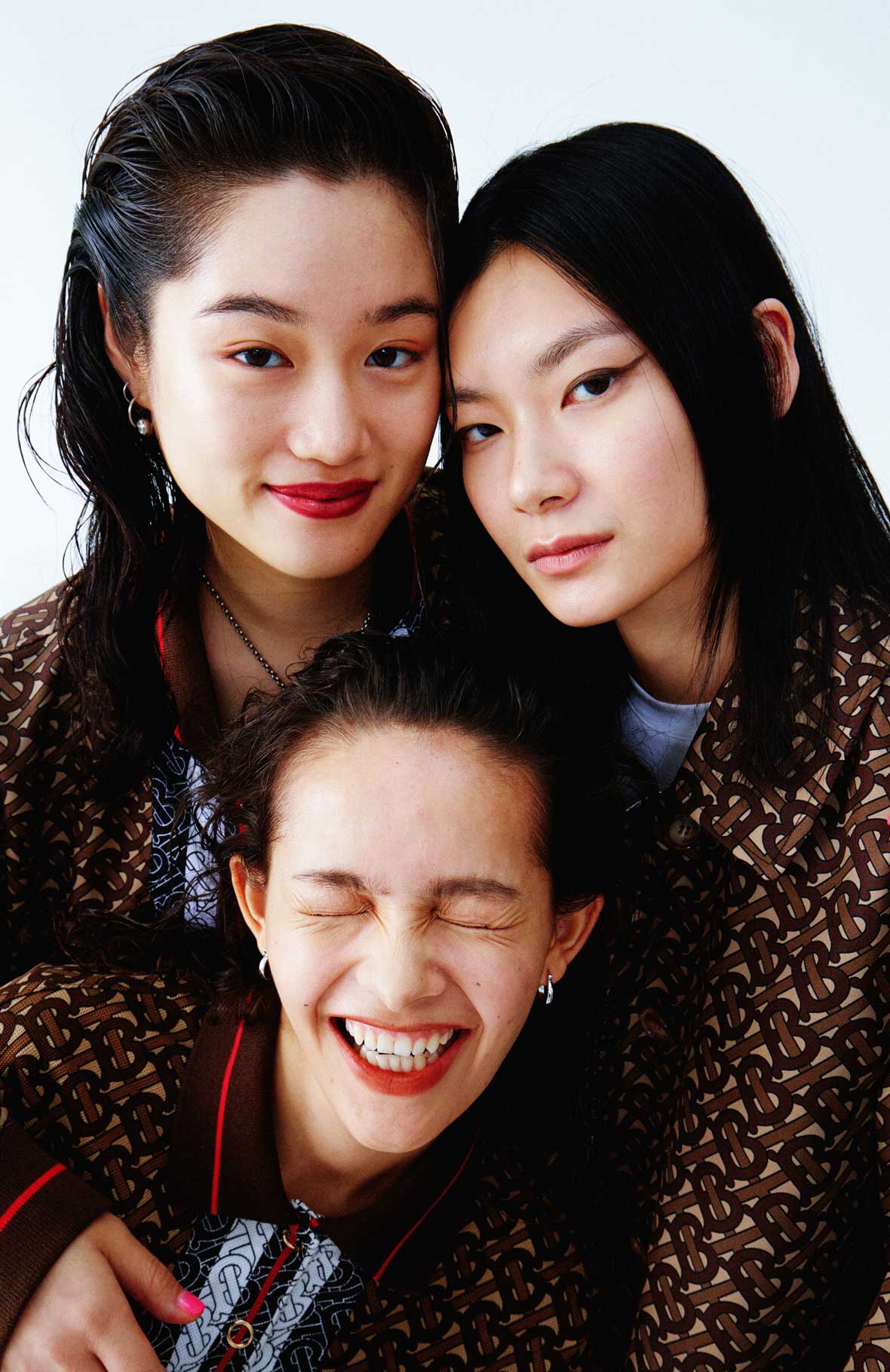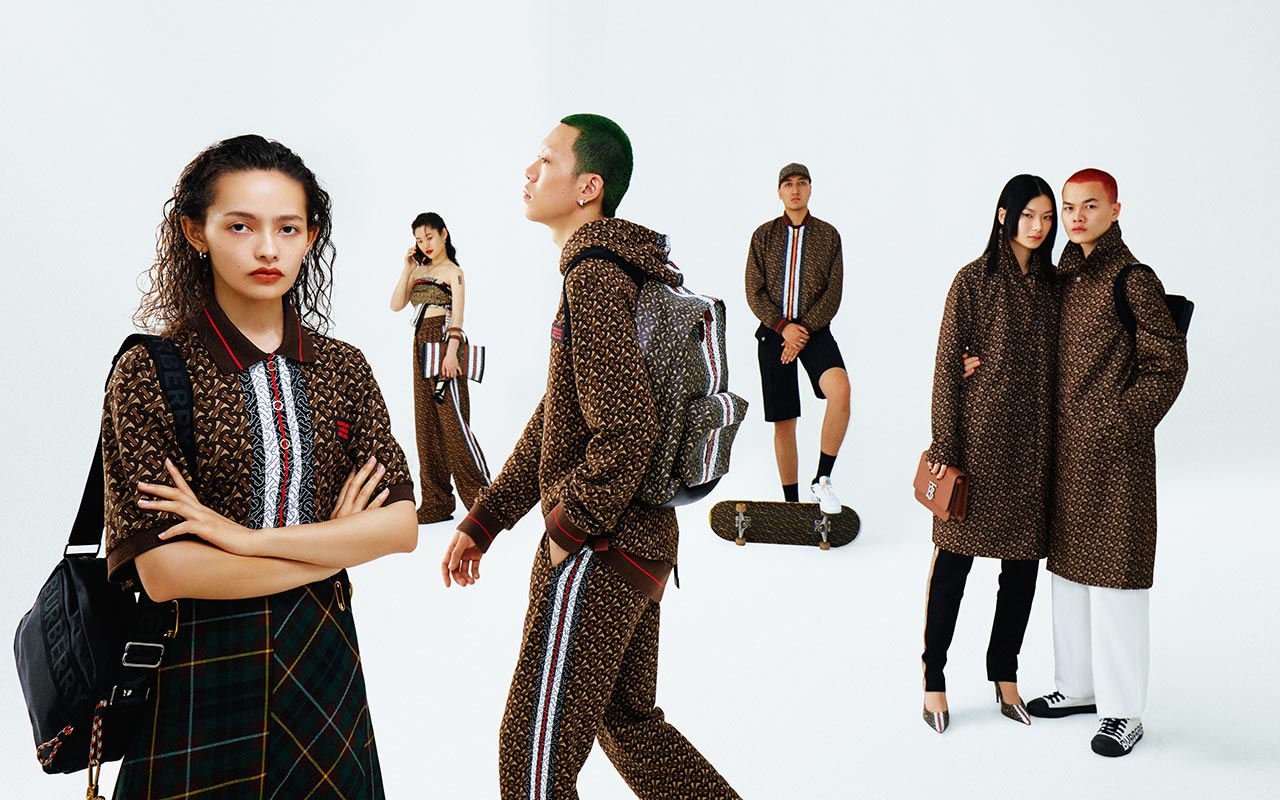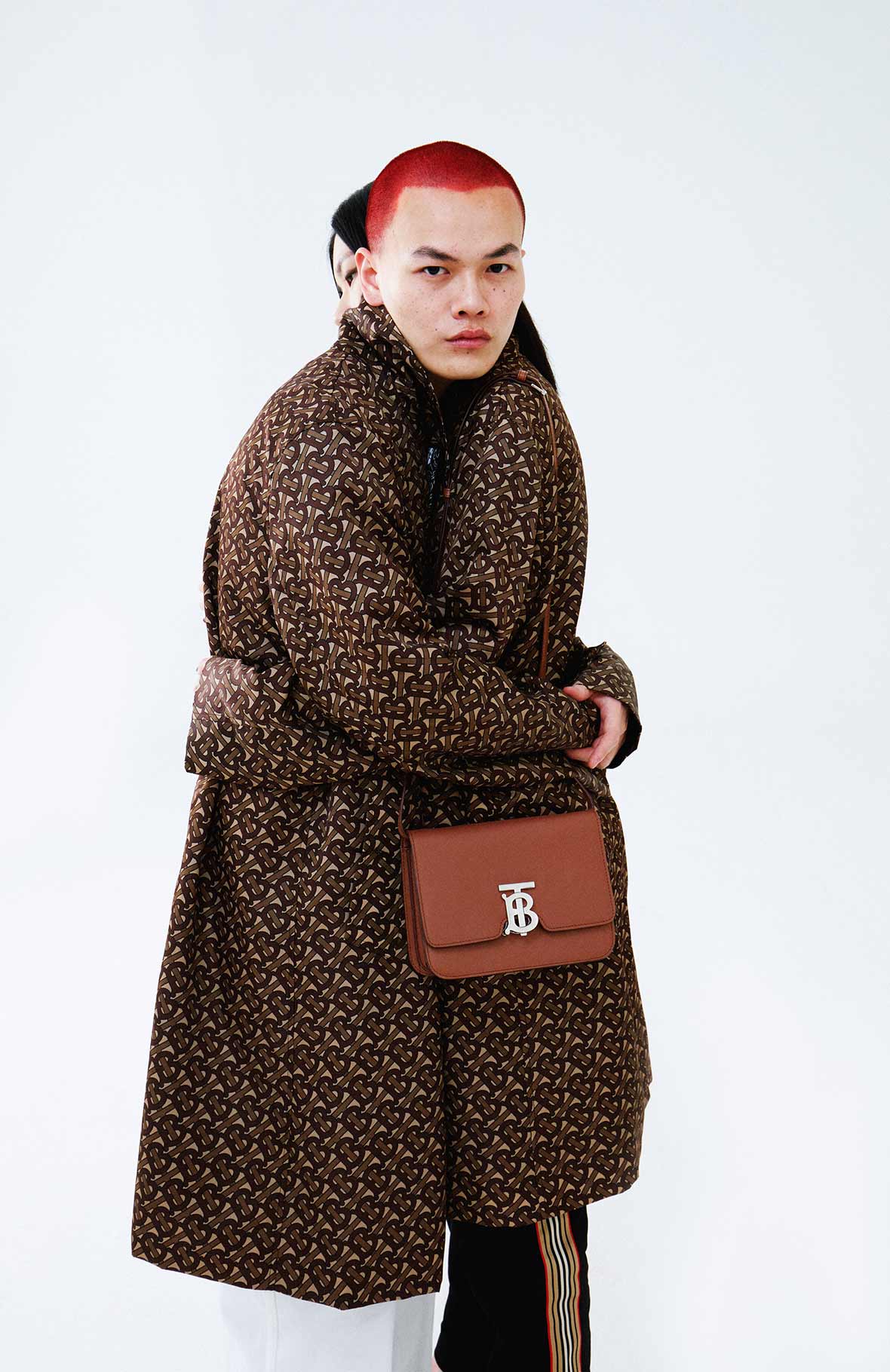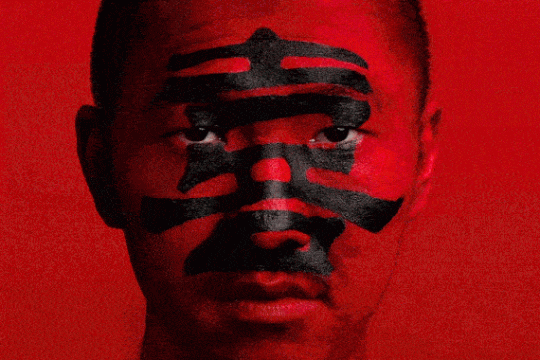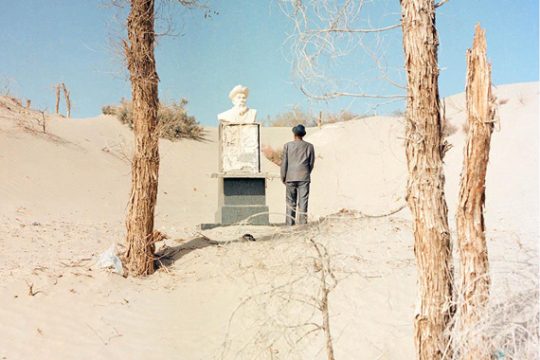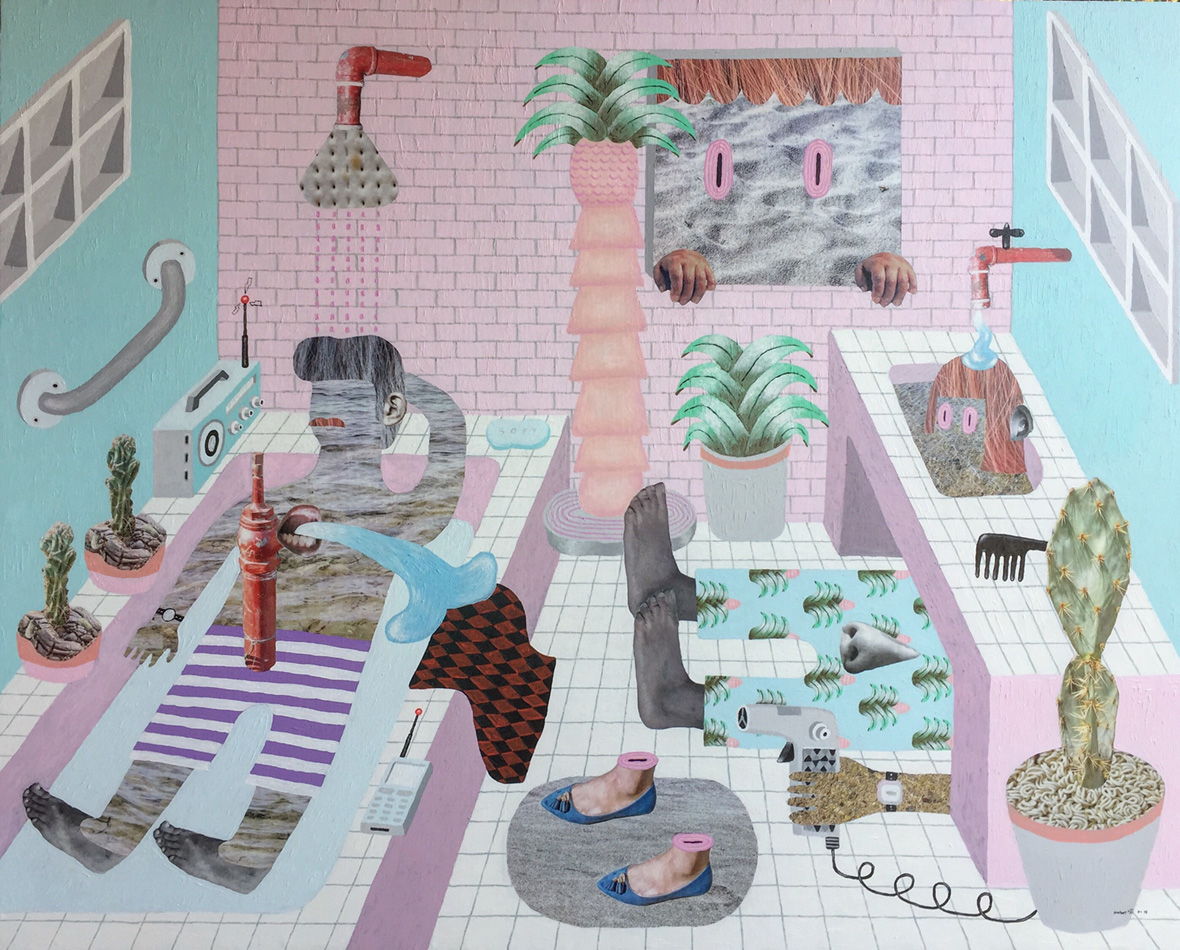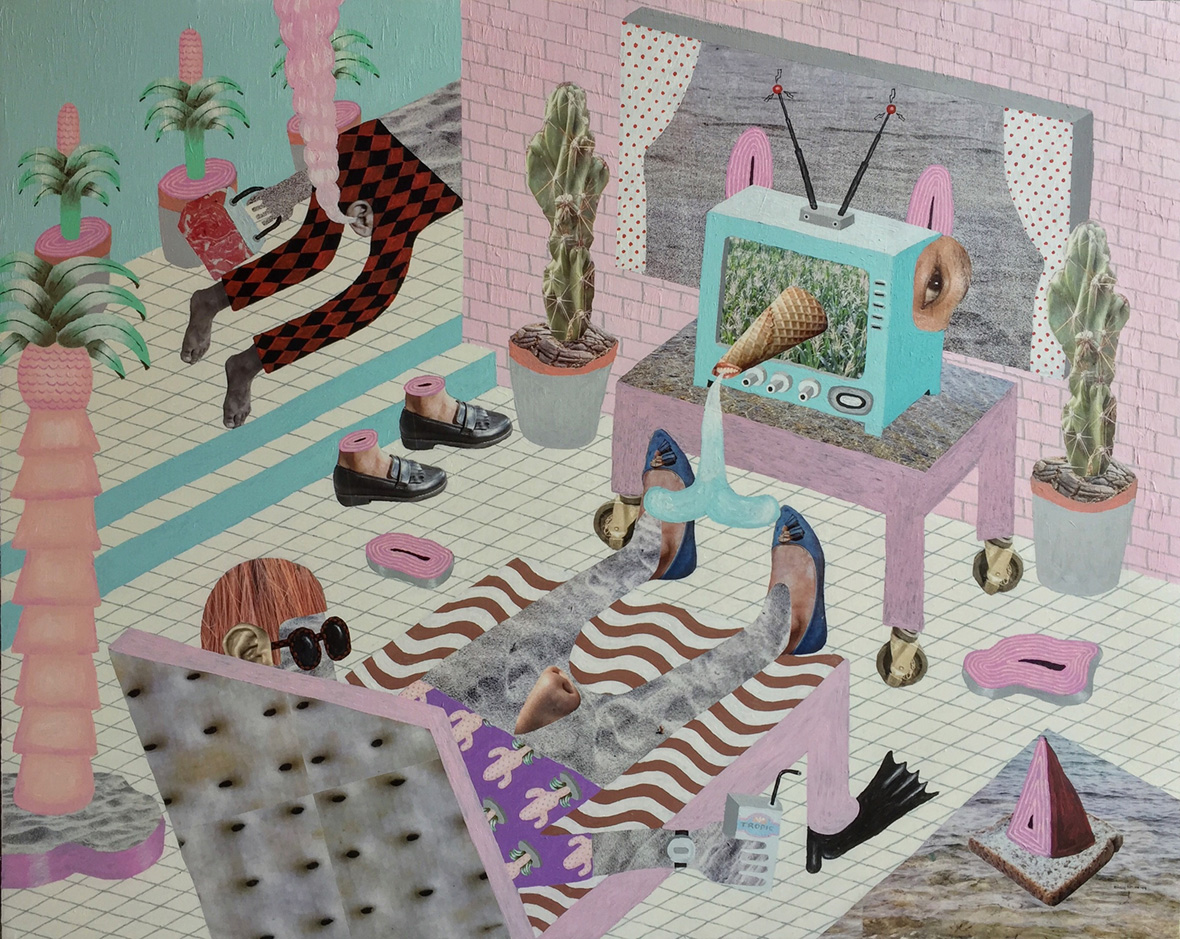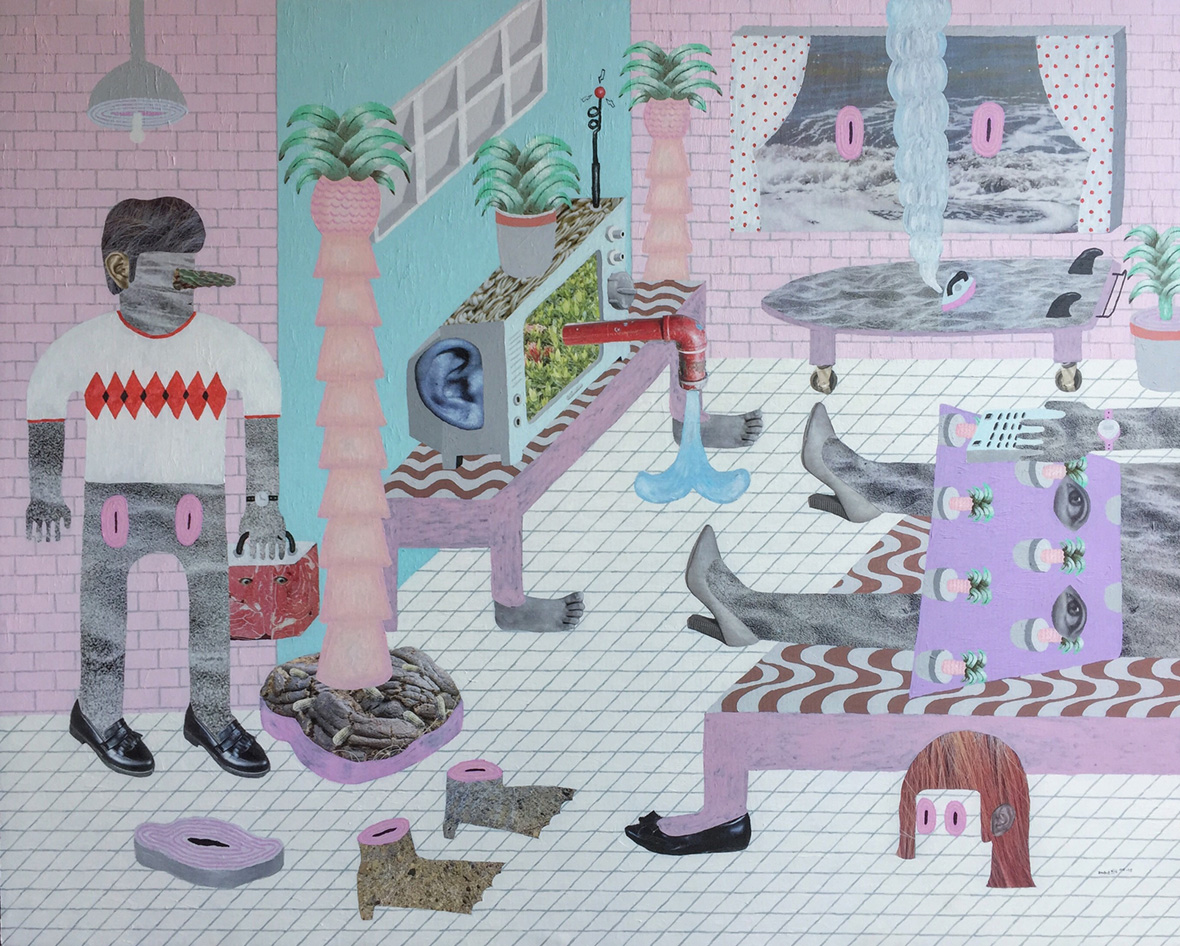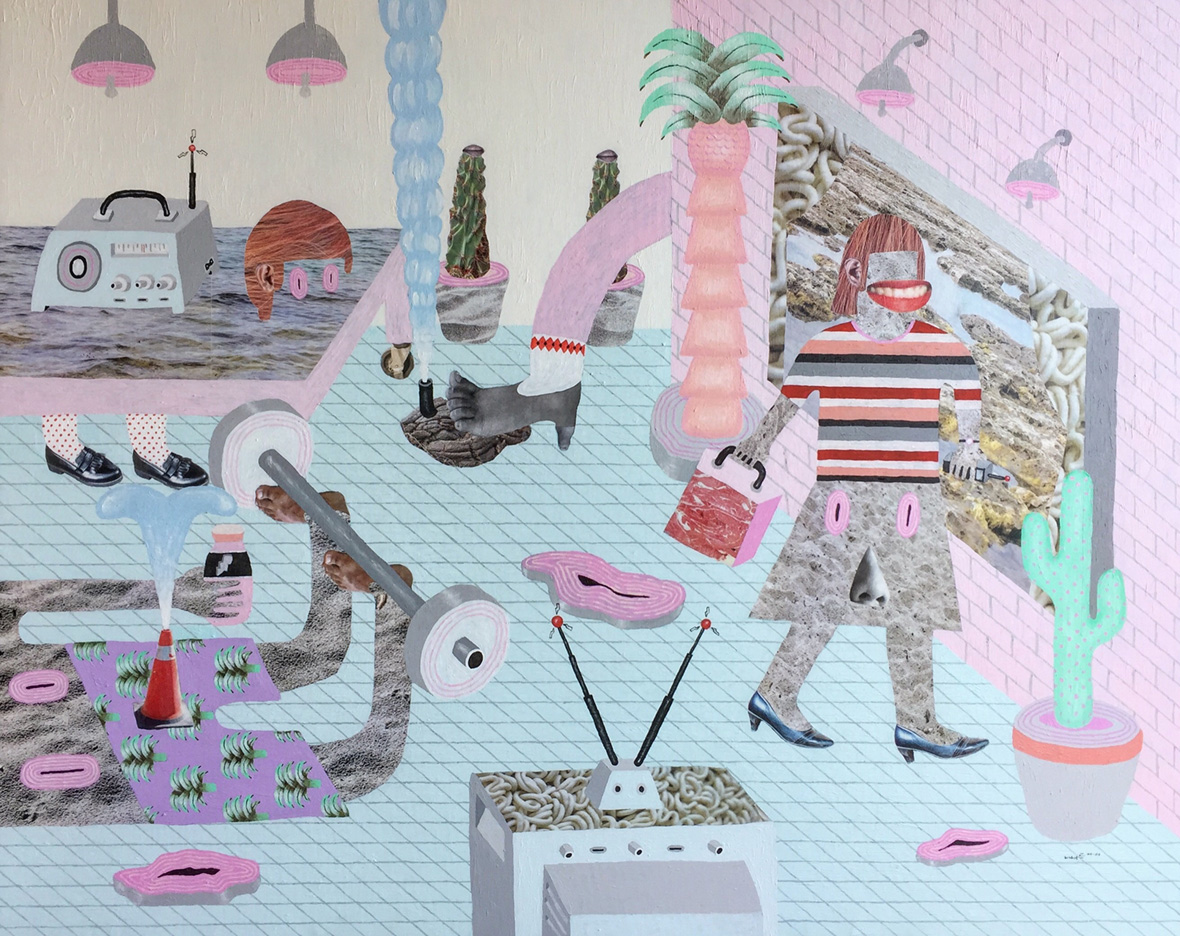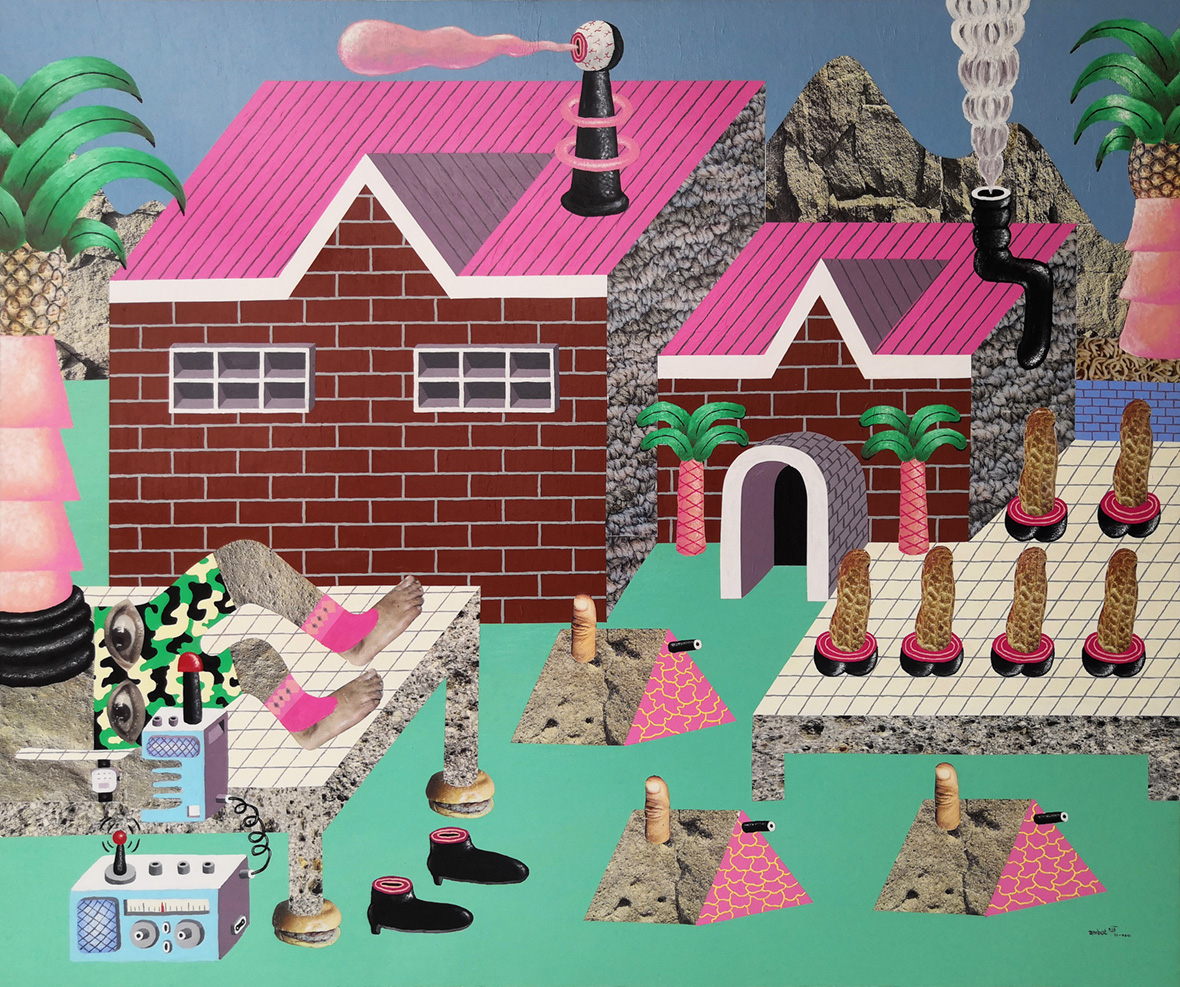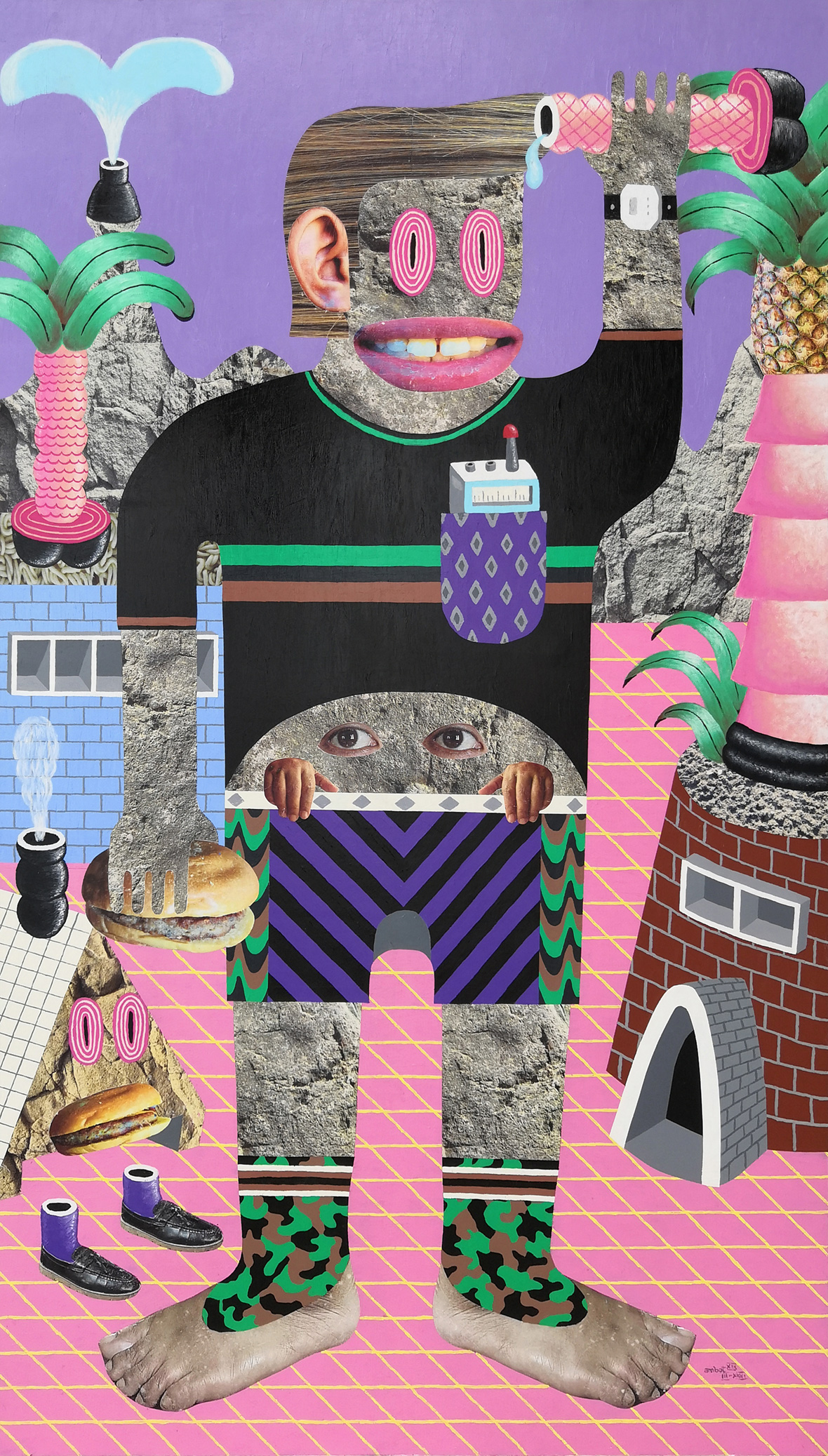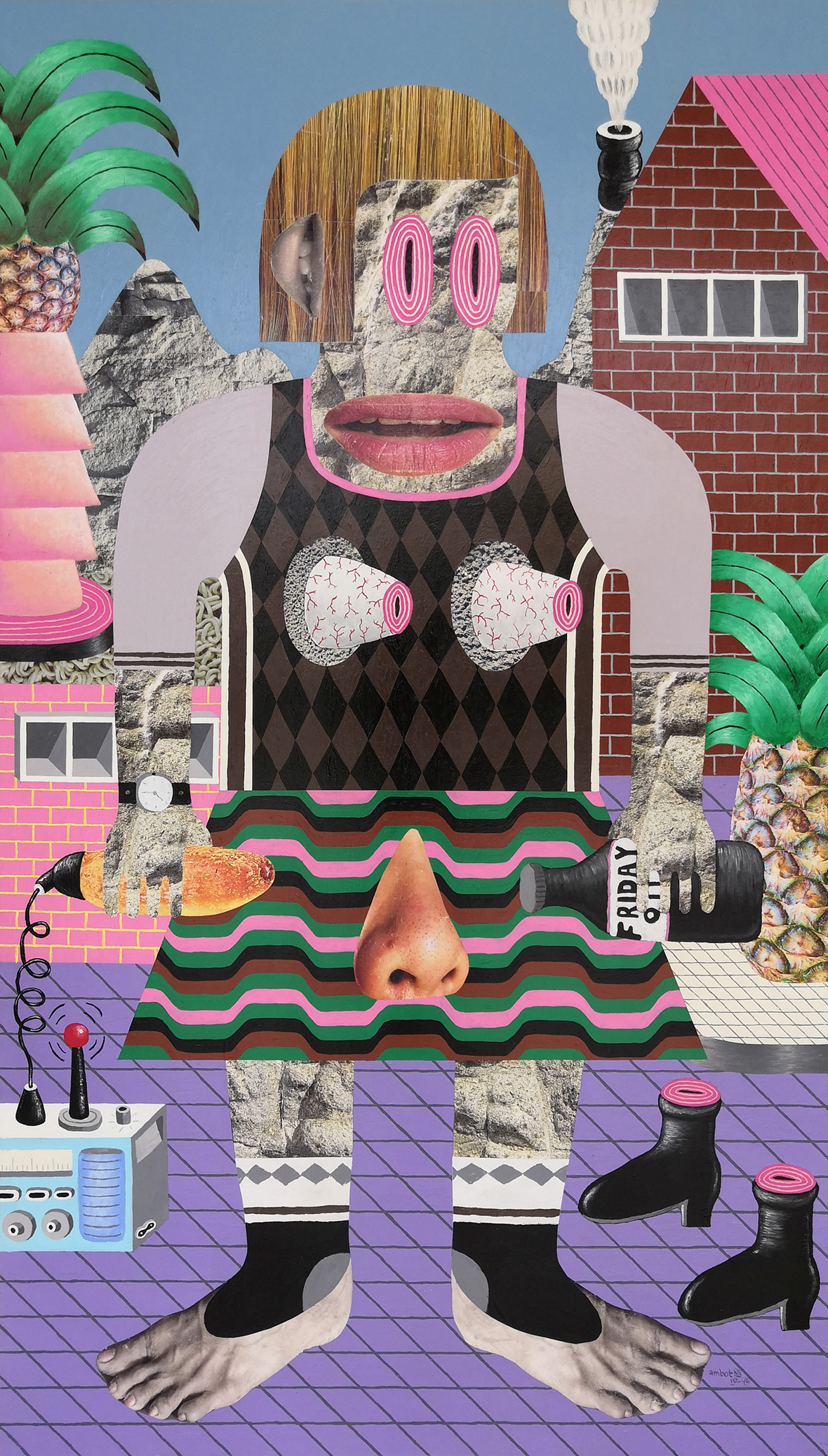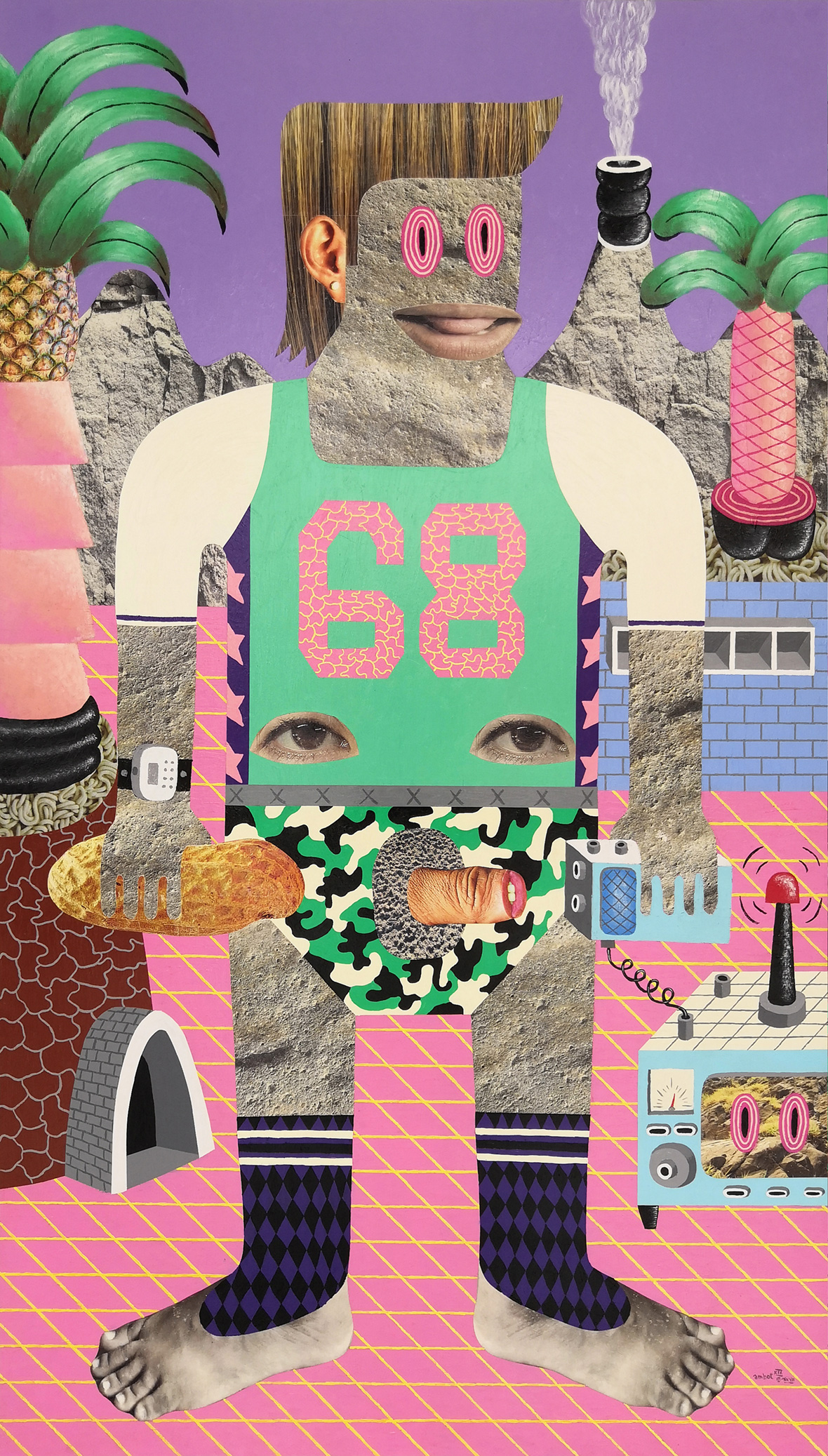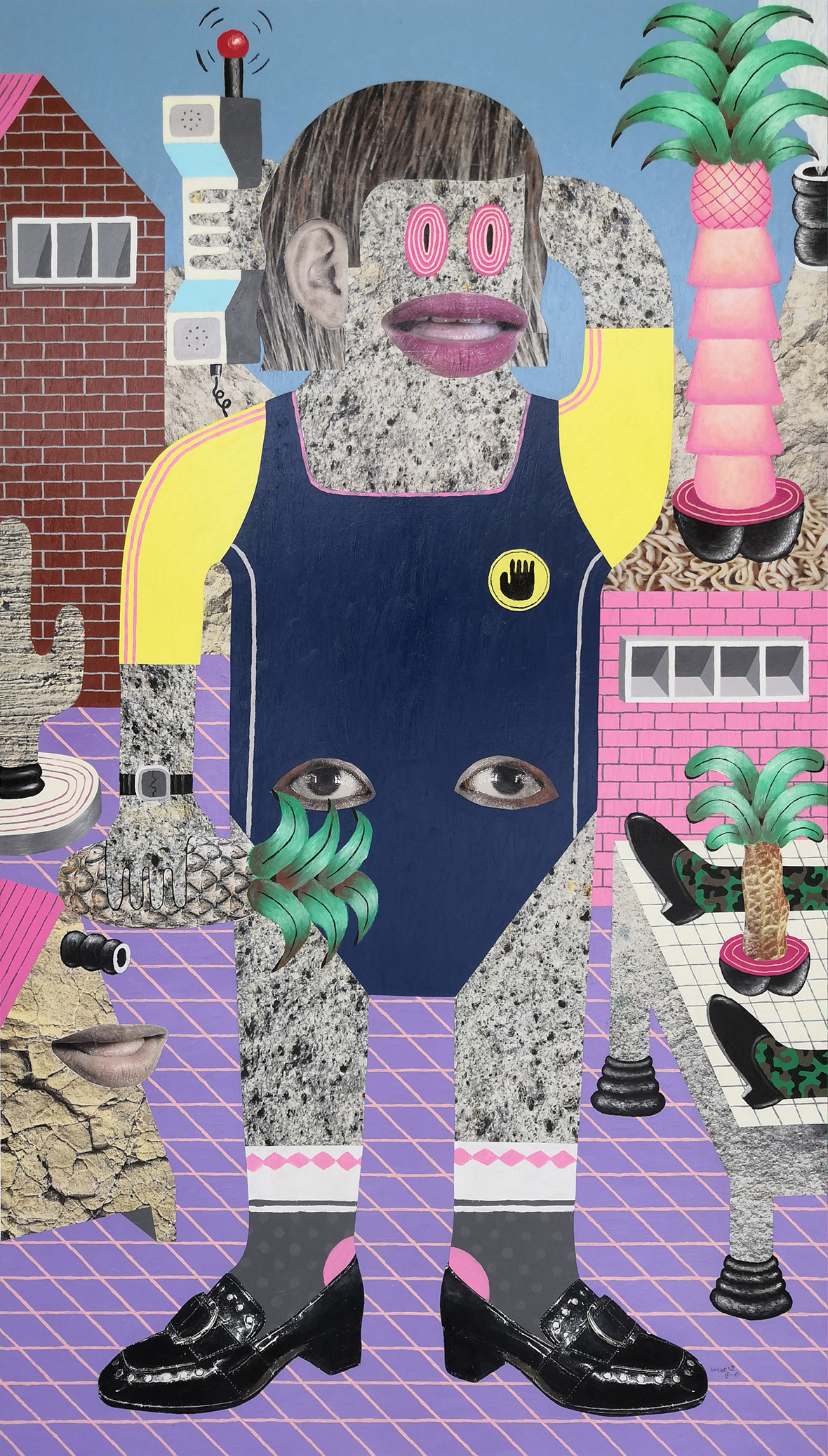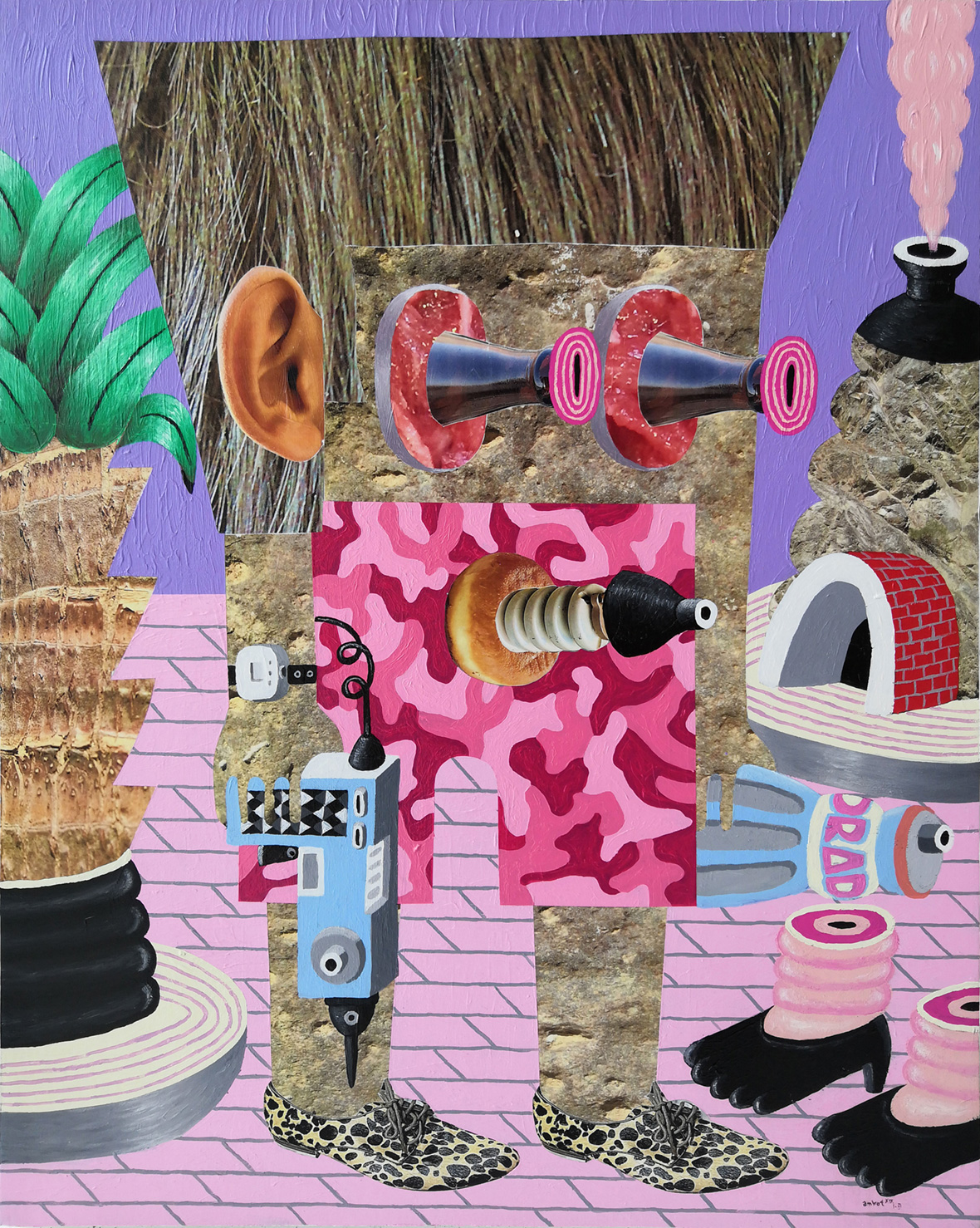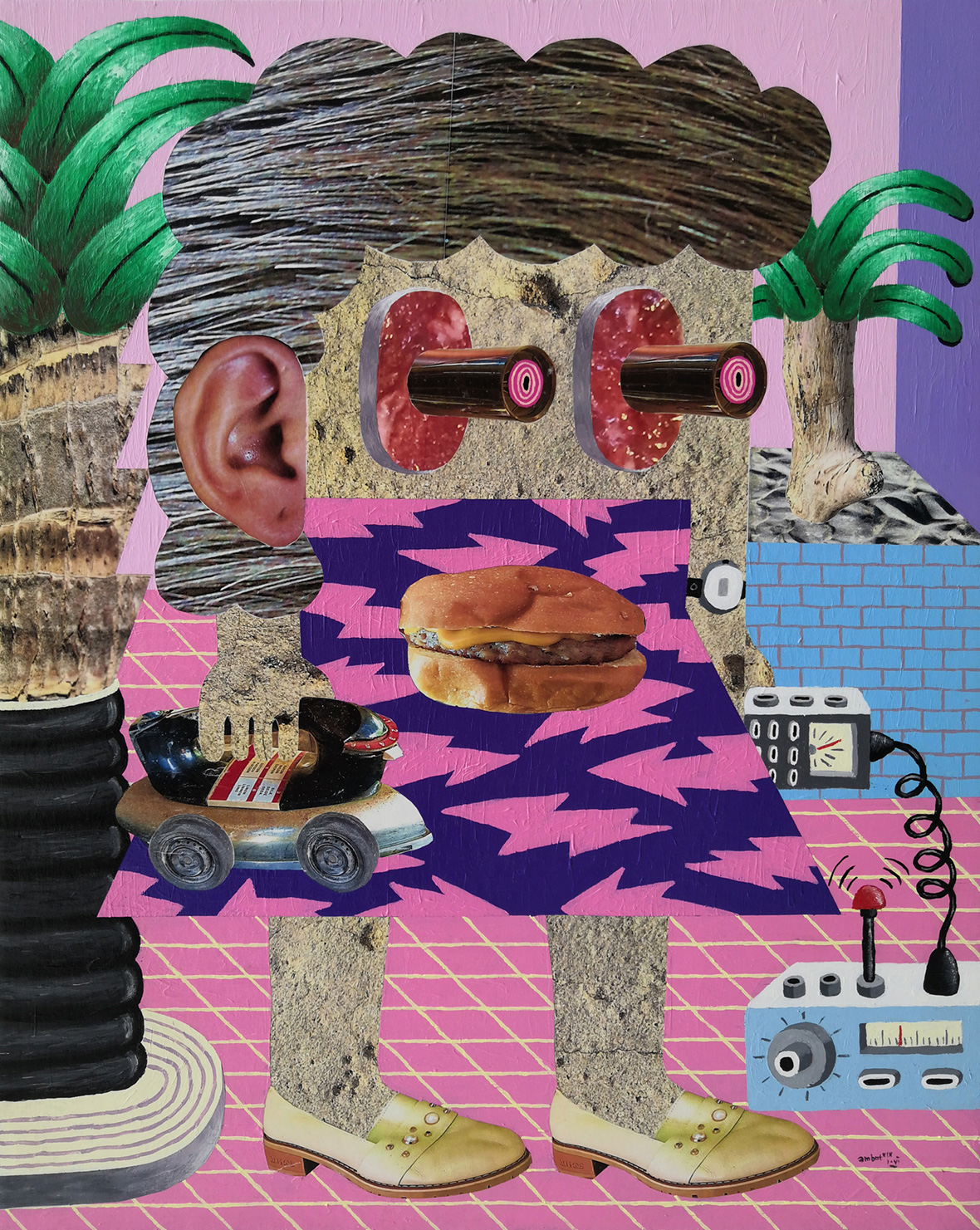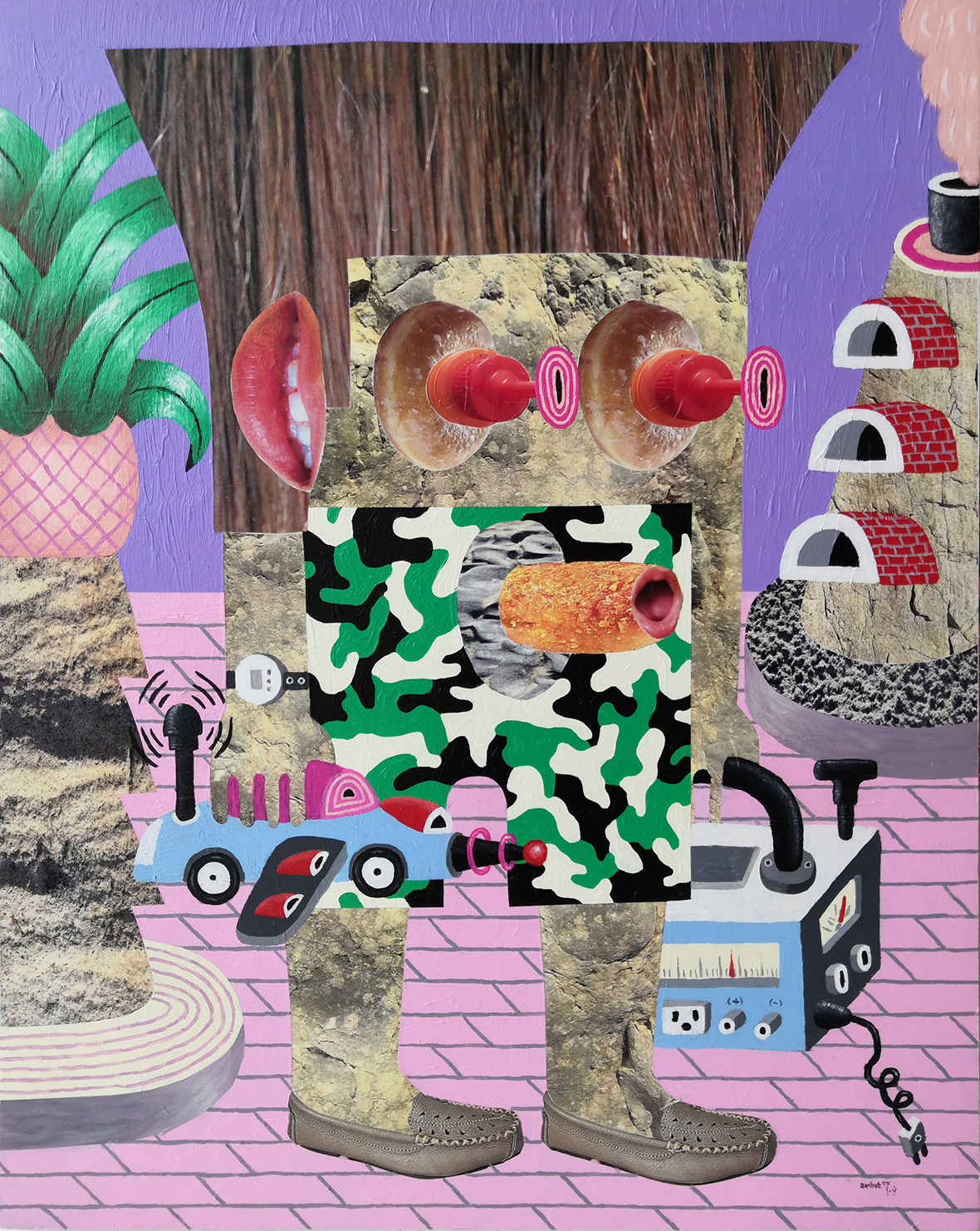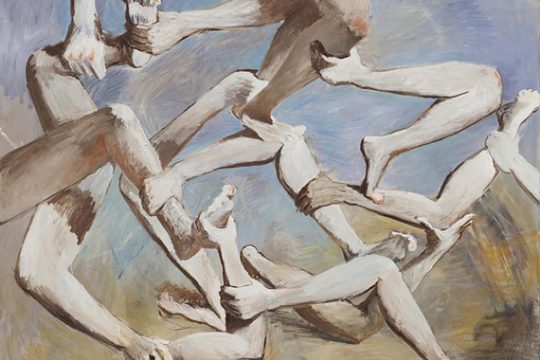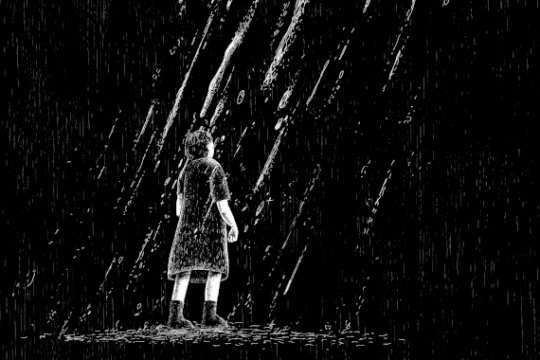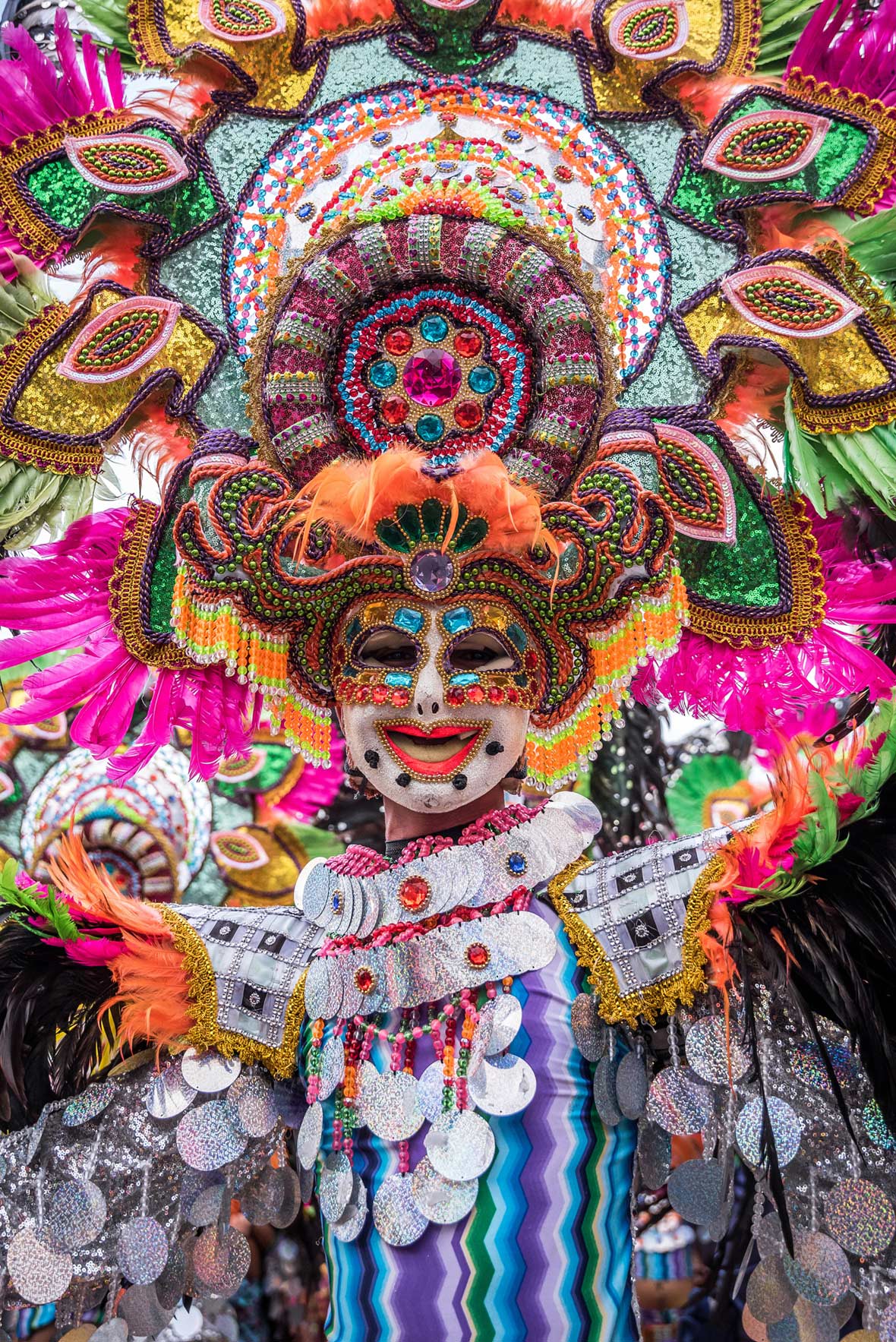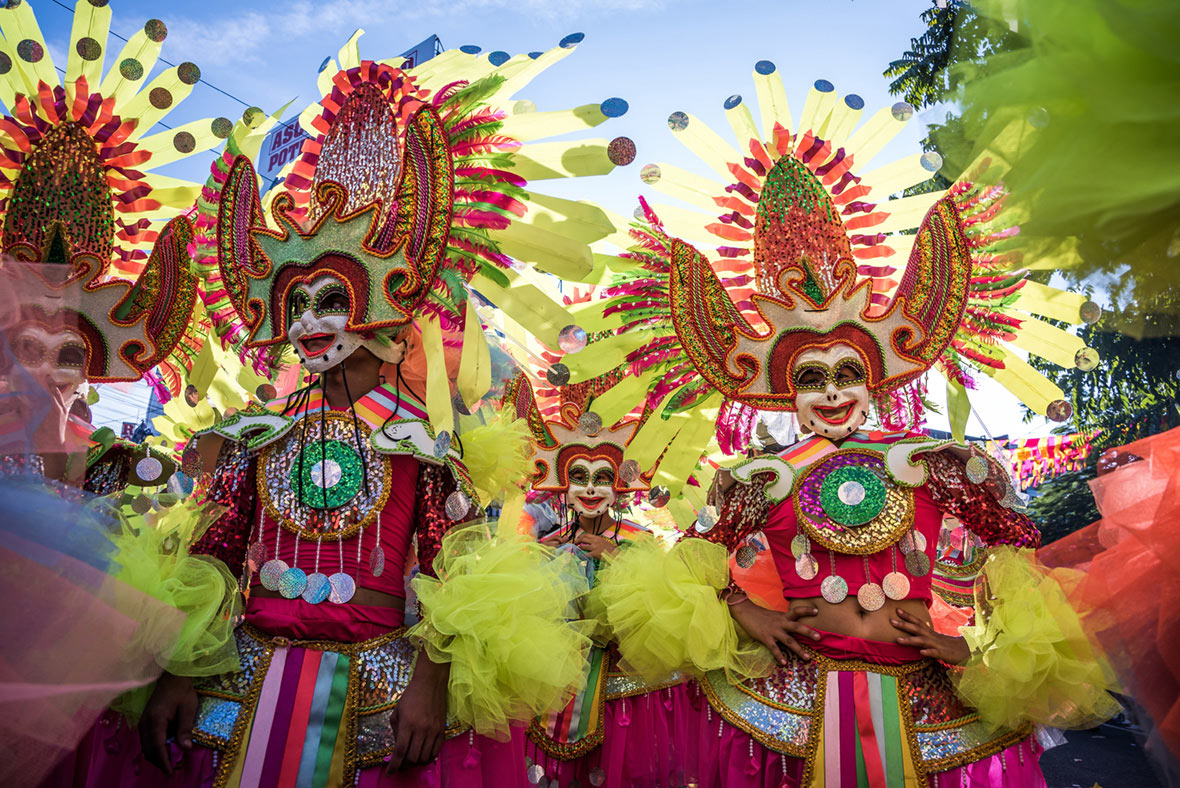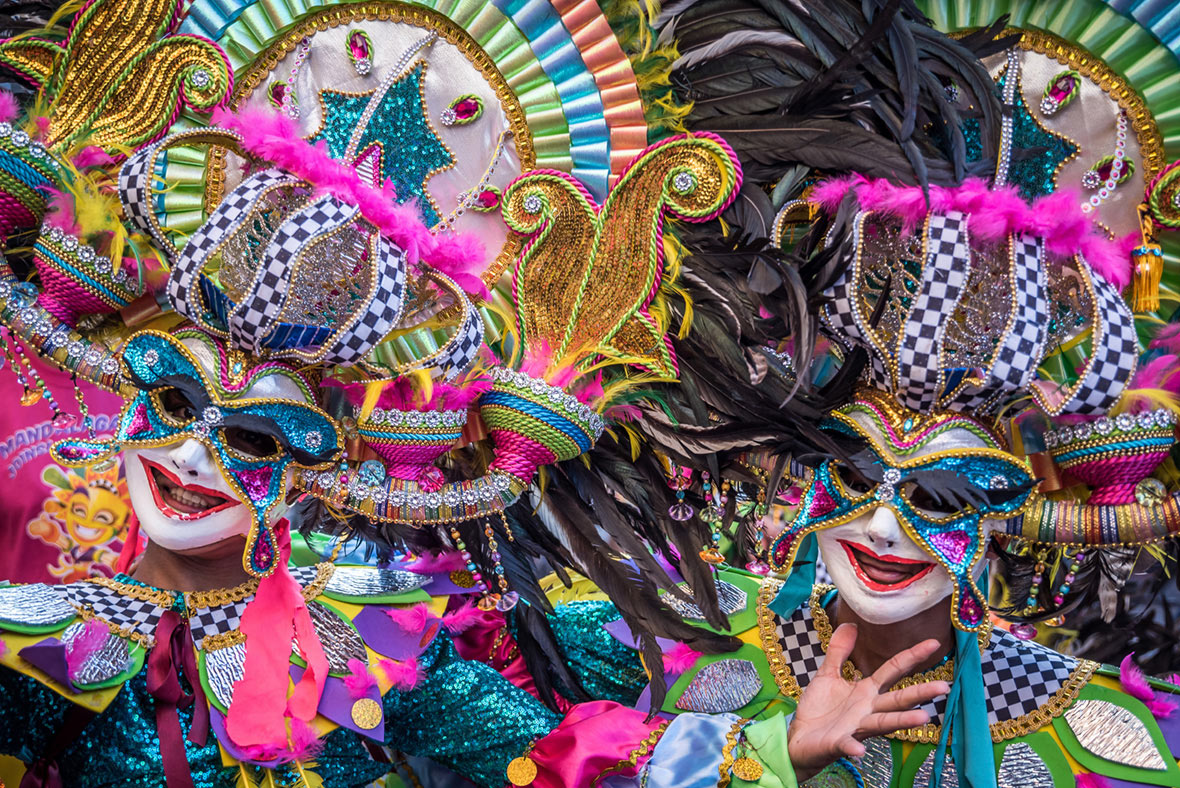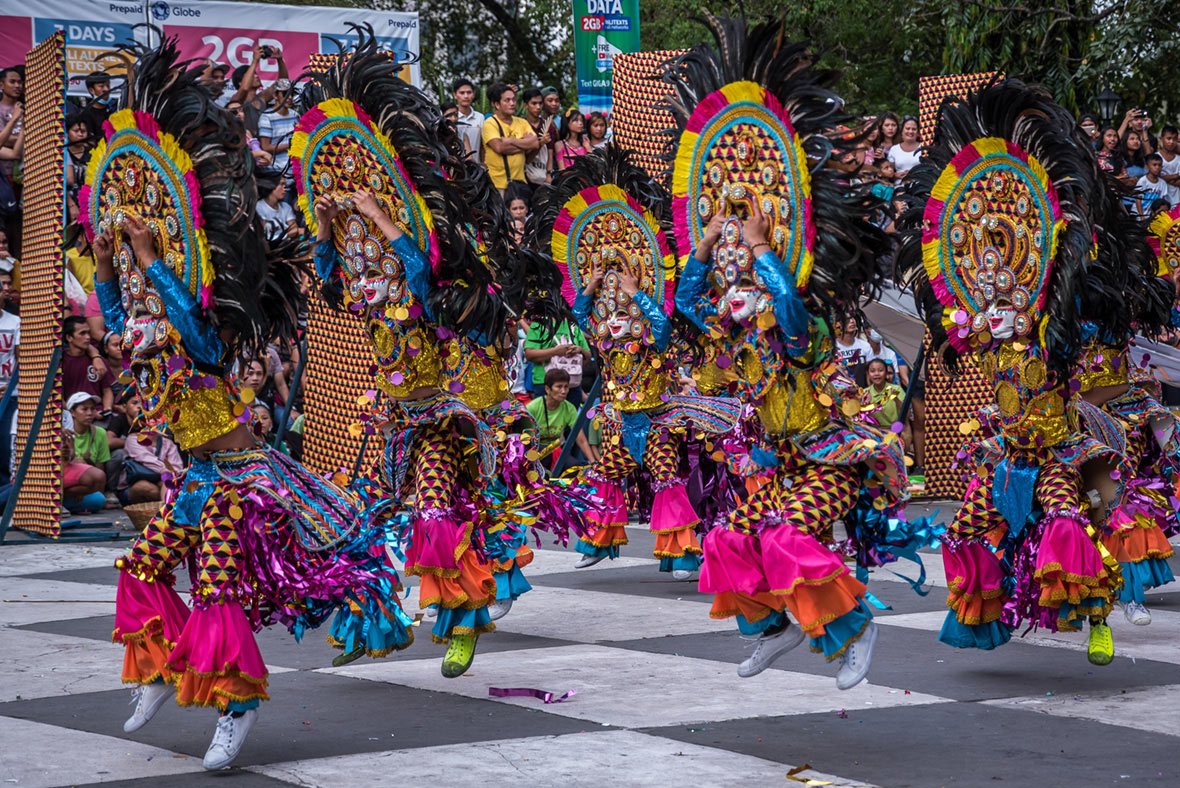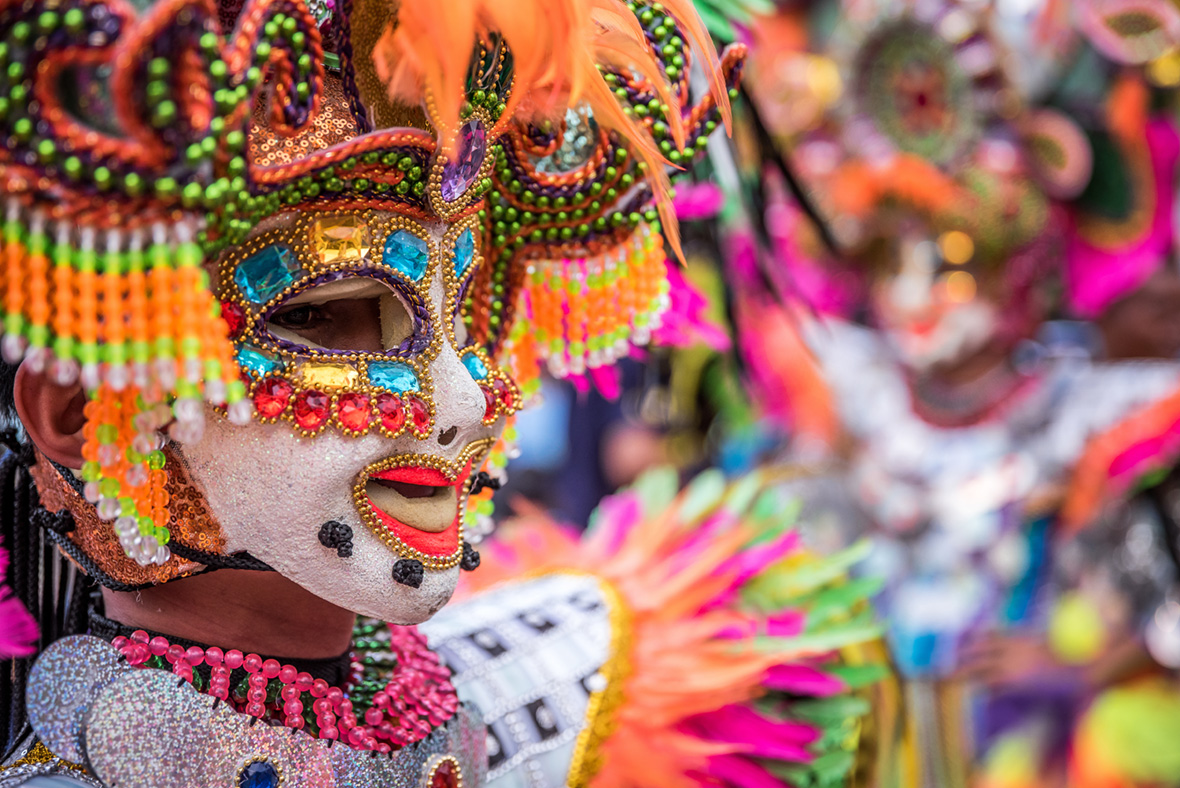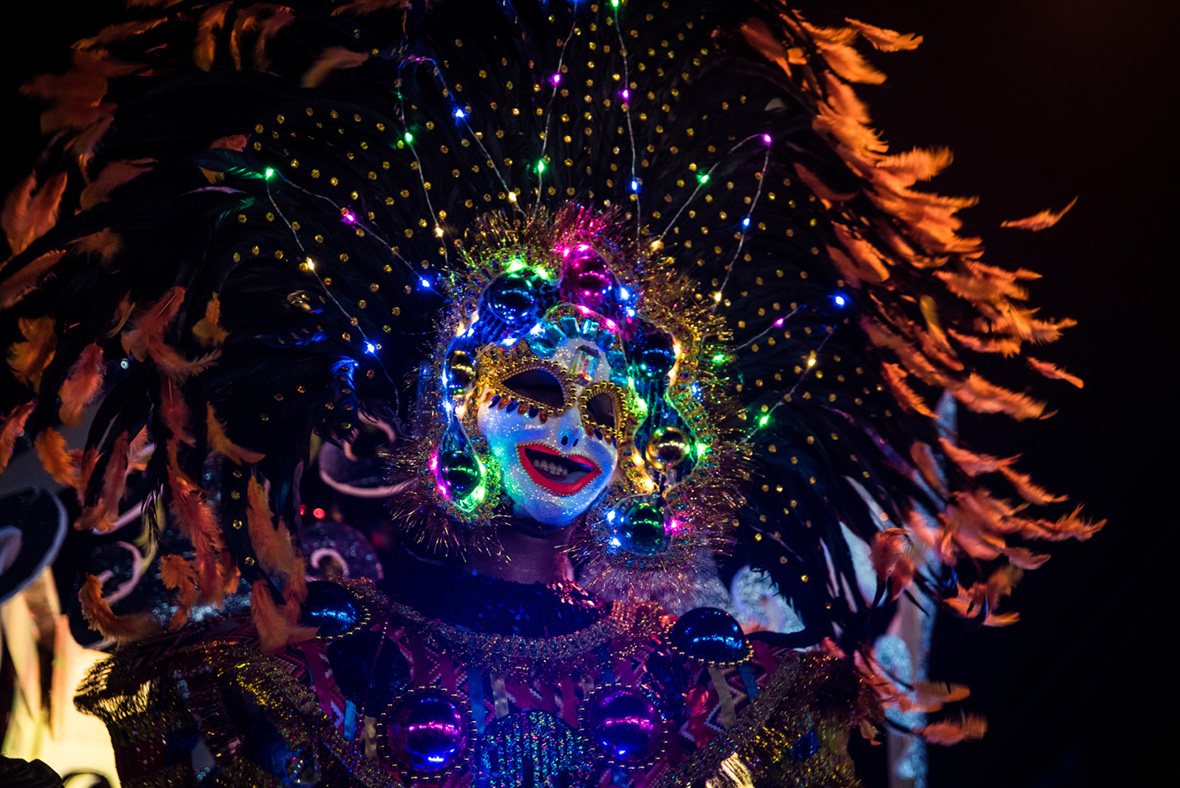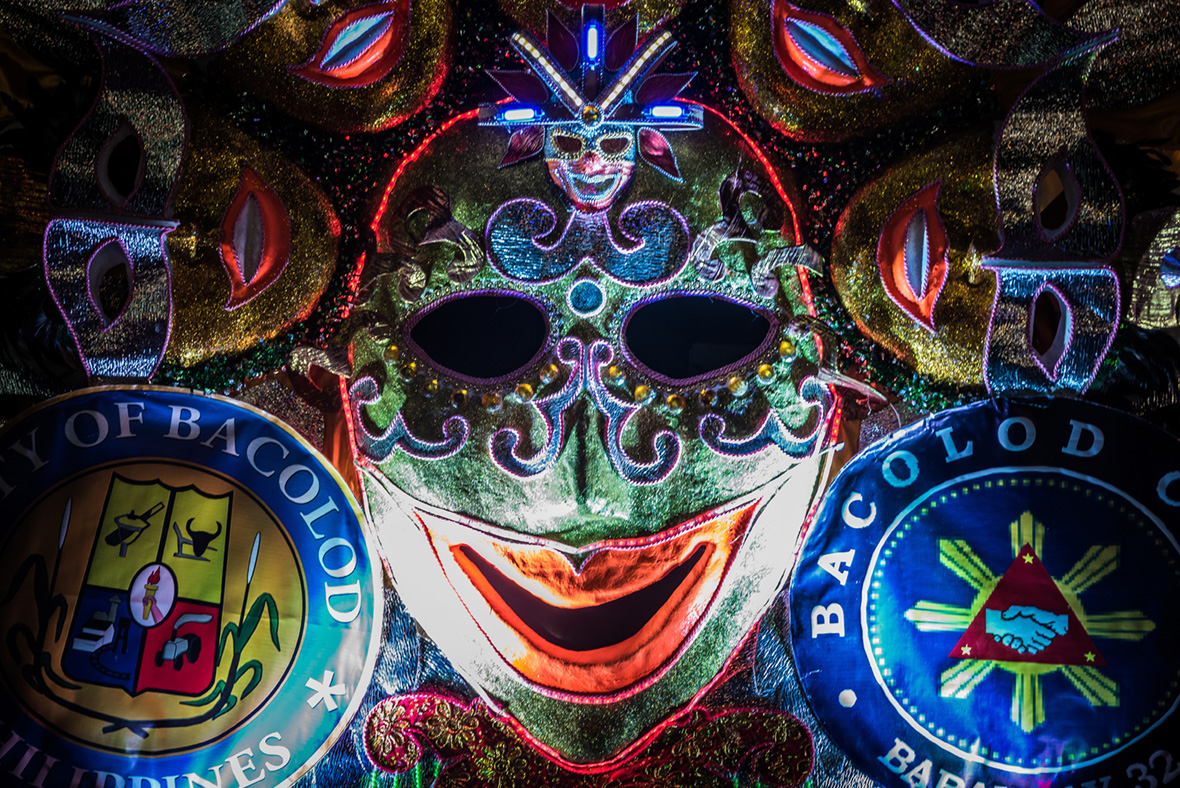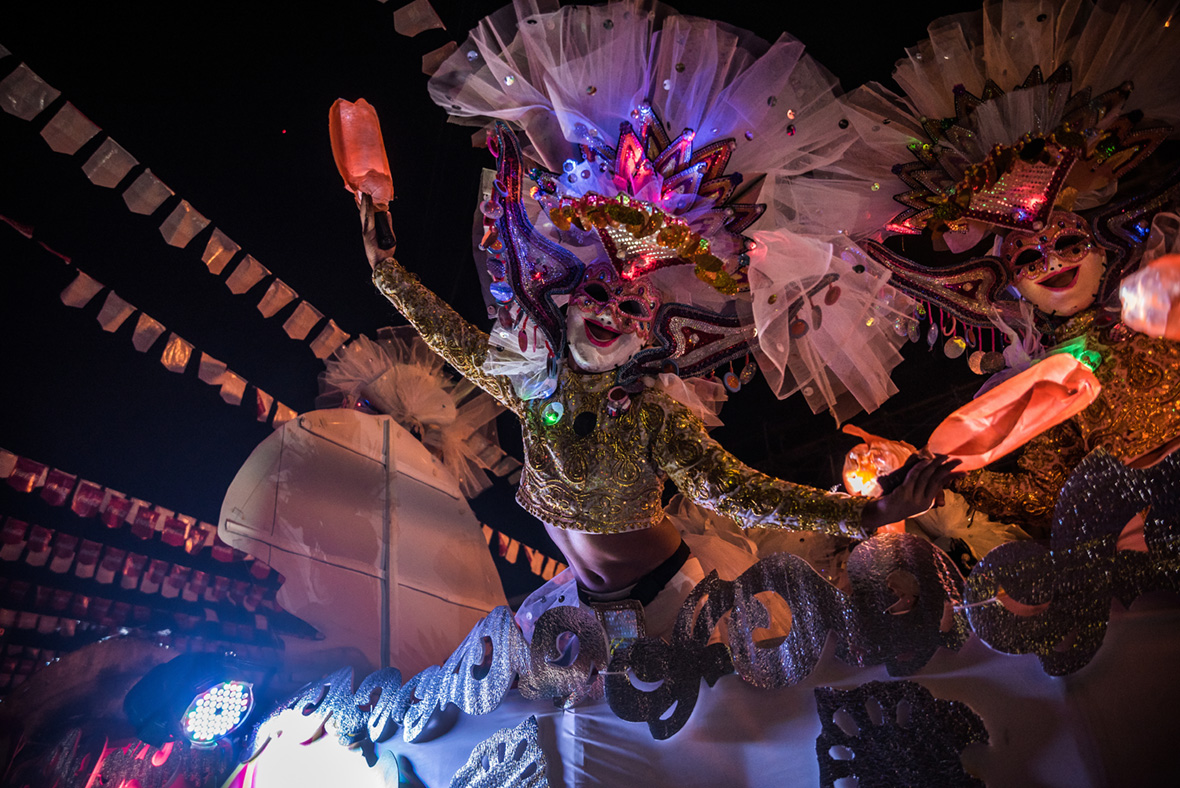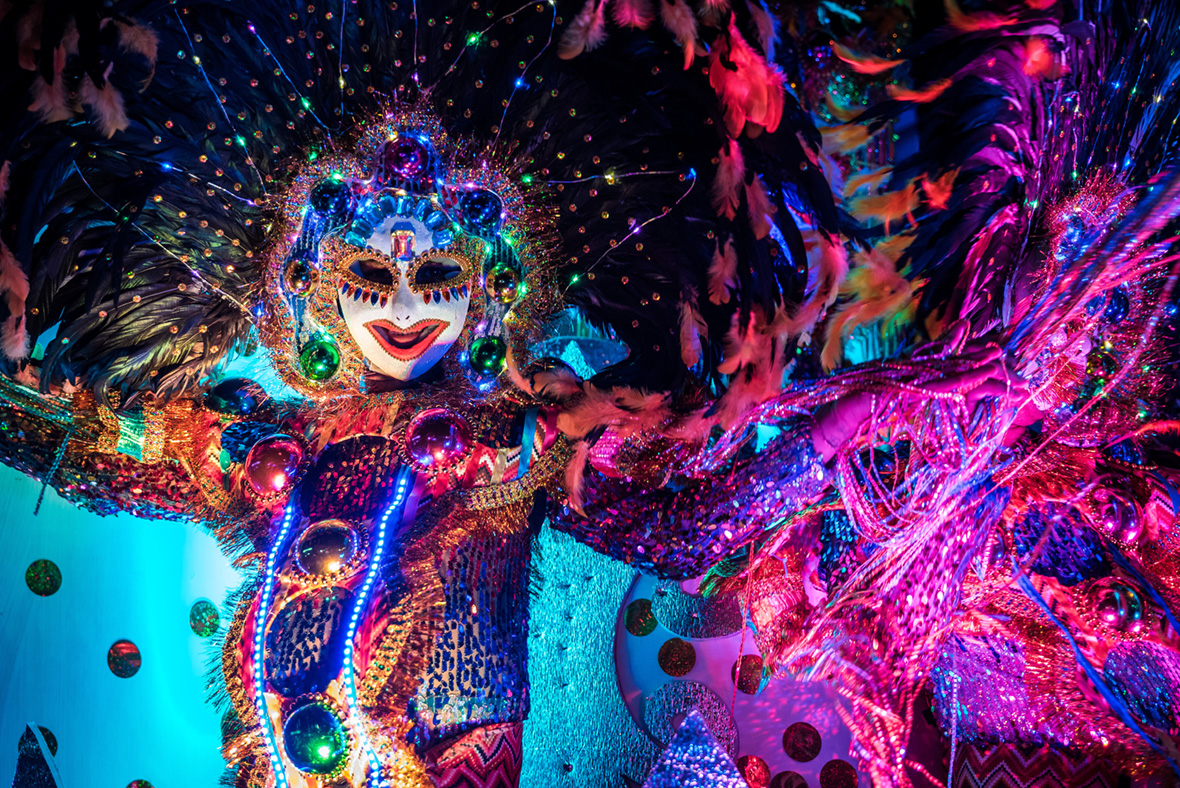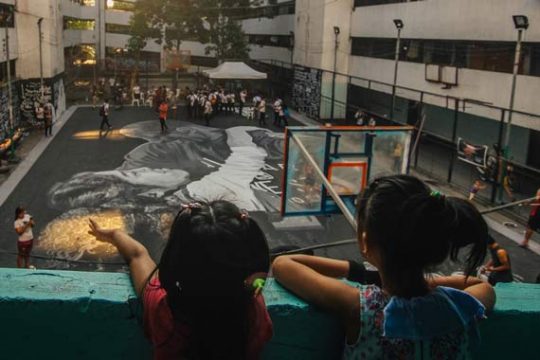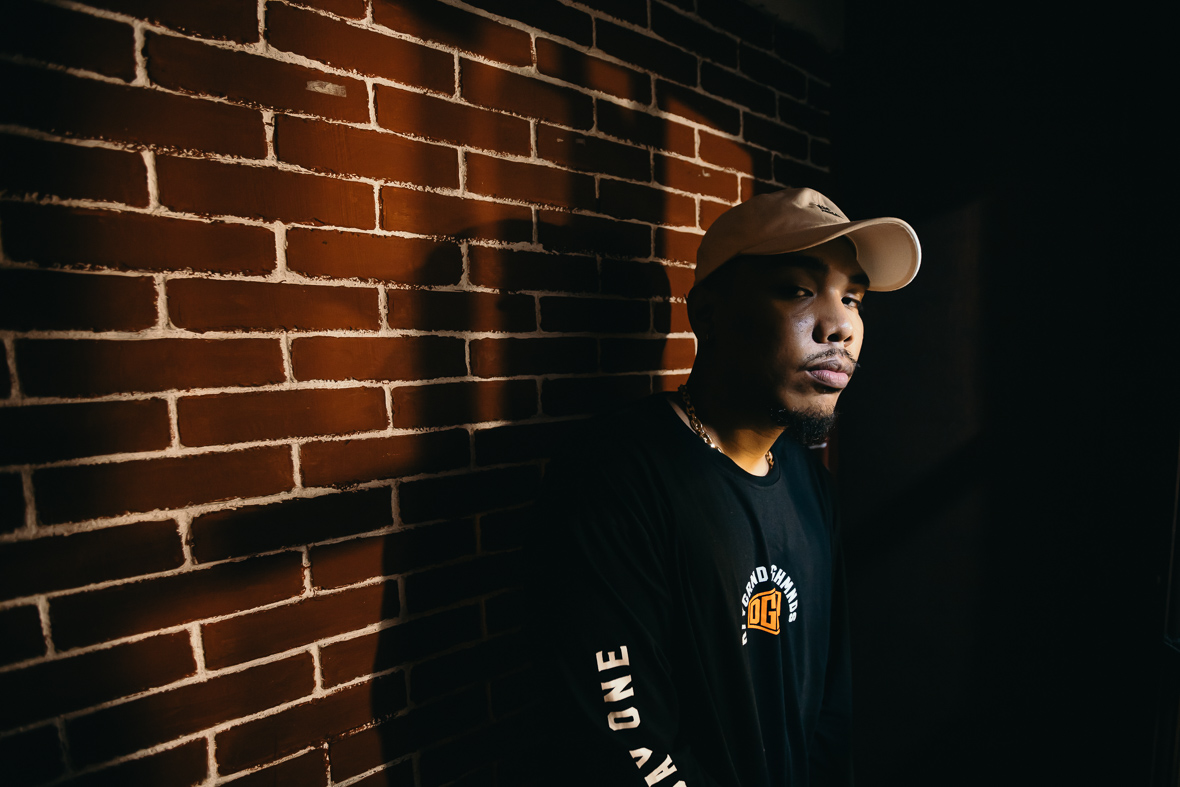
When “Pahinga,” by Al James, became a viral anthem in the Philippines, it was emblematic of a new wave of independent Filipino rappers finding success on their own terms. As high-speed internet became readily available across the country, listeners began craving new styles and found unmediated access to local talent. Tectonic shifts followed: a new generation of artists could now find instant success, and James was at the forefront. His syrupy, sensual style was everywhere, and it was the sound of a new era.
Now anyone can record their first song and become a superstar overnight. It’s certainly the case with some of today’s most popular rappers. To the majority of his listeners, James too dropped from the sky as a total unknown. He had hardly any internet presence when he uploaded “Pahinga,” the sole, lonely track on his threadbare Soundcloud and Youtube pages. But he’d actually been waiting in the wings for nearly a decade, studying the rappers before him since his school days.
放眼当下,几乎人人都能凭借一首歌曲一夜成名,时下最流行的说唱歌手中不乏这样的例子。对大多数听众来说, James 同样也算是从天而降的无名之辈。当他上传《Pahinga》时,互联网上并没有多少关于他的痕迹。这首歌也作为他唯一的曲目,孤零零的占据着他 SoundCloud 和 YouTube 页面的全部内容。但实际上,James 的蛰伏期持续了将近十年,从上学时期他便开始研究一些早期的说唱歌手。
Listen to to some of our favorite tracks by Al James below:
点击即可试听几首 Al James 的歌曲:
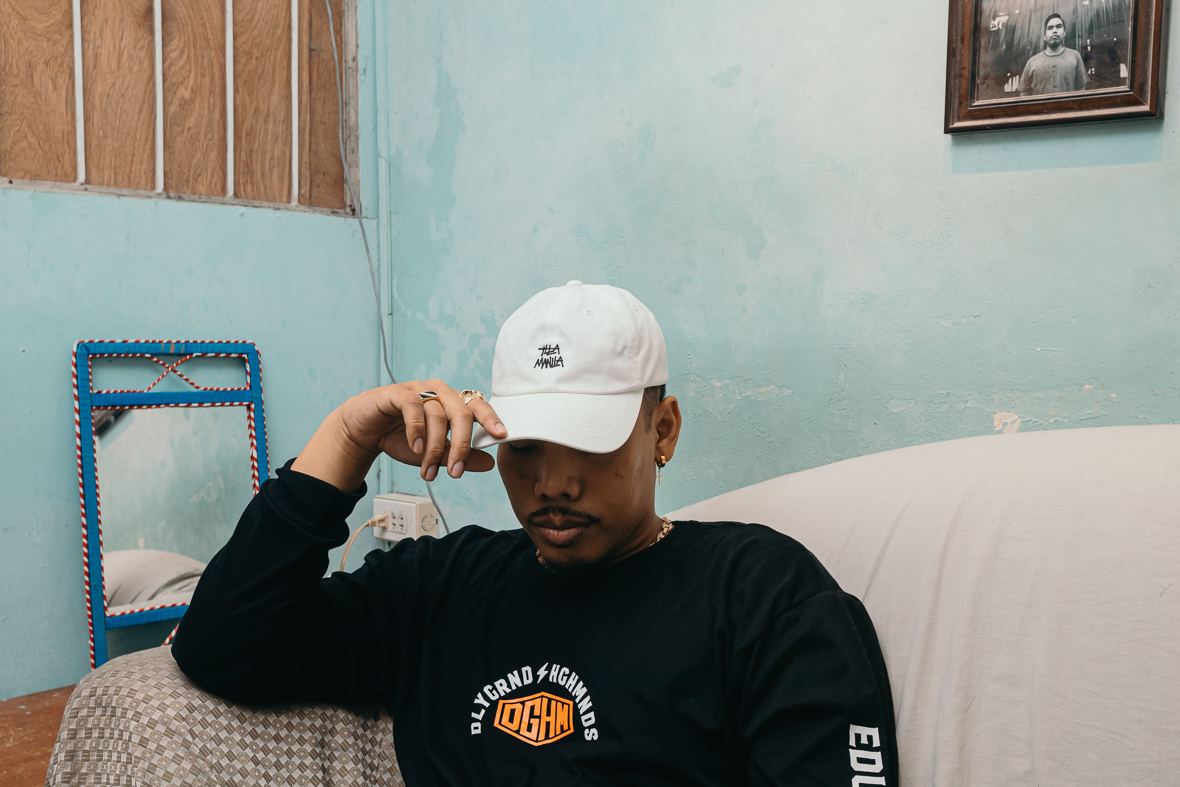
As a kid, James would run around to some of Manila’s cultural landmarks, like Cubao Expo and the now-shuttered music venue B-Side, both of which were incubators for the local hip- hop scene. Since he was raised near Ronac Art Center, their monthly open mic, Wordplay, was the most influential space for him. “It was a hub for creative kids, a safe space for us. Lots of people whose name you’d recognize now were coming around there. We were the little kids observing and following the older guys.” But James’s first introduction to hip-hop culture was through graffiti, and it was the glue that bonded him with some of his earliest friends, many of whom are still part of his current crew Baryo Berde. “We were vandalizing some of the same doors and stuff,” he says with a laugh while getting a haircut from another childhood friend. “It was like, ‘Oh, that’s you? What’s up!’”
It wasn’t until 2012 that James actually started rapping, standing in the stairwells at his college and “cyphering,“ taking turns rapping together. He was studying advertising at a fine arts school, but he and his friends were more interested in rap: “We were recording some tracks for fun and releasing them on Soundcloud just for the homies, basically. I was rapping under the name AJ. Our first group was called The Land Of Promise. We’d talk about Filipino history, what life is like here, and why you should be proud. Our second group was 5th Wave Theory, and we actually wrote an album.” But in their final year at school, everyone got busy, and rap took a back seat. While they’d still cypher at night when hanging out, their first jobs after school were more important.
少年时期的 James 经常跑到马尼拉一些文化地标性场地观看演出,如 Cubao Expo 和现在已经关闭的音乐场地 B-Side,这两个地方都是当地嘻哈文化孕育而生的地方。他自小在 Ronac 艺术中心附近长大,那里每月都会举行开放麦(open mic)的活动 —— Wordplay,对他的影响很大。“那是一个让小孩发挥创意的中心,也是我们的庇护所。你们现在知道的很多有名的艺术家,他们小时候都是那里的常客,而我们这帮小孩就跟在大人身后暗中观察。”但 James 第一次接触嘻哈文化是通过涂鸦。他和一些早期的朋友都是通过涂鸦相识,其中许多人还成为了他目前团队 Baryo Berde 的成员。“当时我们都喜欢在相同的几扇门附近 ‘搞搞破坏’,然后就聊了起来,‘嘿,那是你画的?’”理发时他笑着说道,而理发师也是他的另一个儿时的玩伴。
直到 2012 年,James 才真正开始说唱,和朋友在大学的楼梯间进行 cypher —— 麦克风接力。那时候他在一所艺术学校攻读广告专业,但他和朋友对说唱明显更感兴趣:“我们当时录了一些歌,还发布在 SoundCloud 上,但其实只是出于好玩,想分享给朋友听。我当时的说唱艺名叫 AJ。我们第一个组合叫 ‘The Land Of Promise’,向大家讲讲菲律宾的历史、本地的生活方式,以及作为菲律宾人引以为傲的缘由。我们的第二个组合是 ‘5th Wave Theory’ ,当时还一块做了张专辑。”但是,大学最后一年,因为大家忙碌起来,说唱的事情就被搁置了。虽然大家晚上出来聚会时还会 cypher,但对他们来说,毕业后的第一份工作显得要更重要一些。
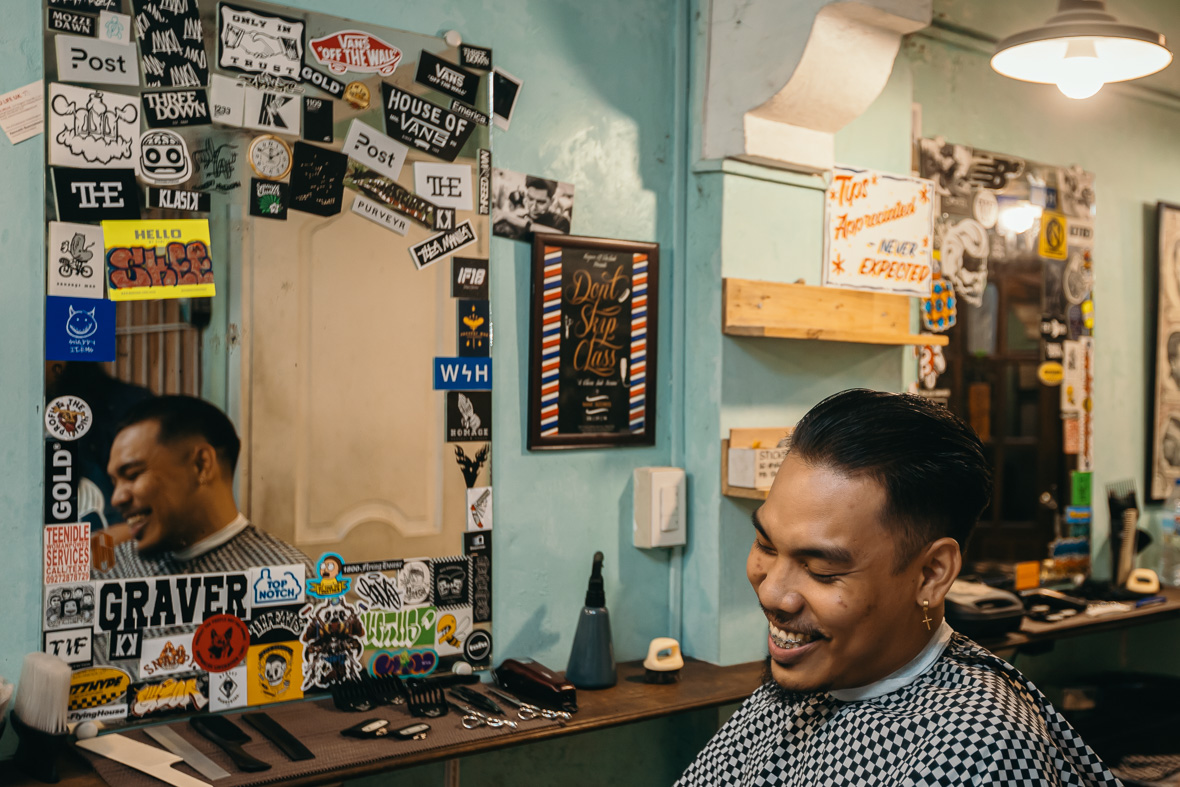
In 2015, the Al James persona came to life. He was only popping up as the occasional featured guest on friends’ tracks, but James could smell change in the air and was acting on it. “This is around the time that rap groups like 727 Clique and Owfuck were coming out,” he tells us. “When I first saw them perform, it was like culture shock. The kids were going crazy. It was a rooftop party and the whole thing was shaking. The police came and shut it down. Before that, we were used to chill, head-bopping crowds. This was totally new.” It inspired him to start experimenting and he recorded a few new styles, trying out some boom bap and some disruptive trap. But it was the lo-fi, chill sounds of “Pahinga” that he finally chose to upload. (The title translates roughly to “chilling out.”)
2015 年,他开始以 Al James 的身份说唱。偶尔友情客串朋友音乐的他,同时也察觉到了当时说唱界的风云突变。“那时候正是 727 Clique 和 Owfuck 这些说唱团体出来的时候。”他回忆道,“当我第一次看到他们表演时,真的是很震撼。所有年轻的小孩都快要疯了。在那次屋顶派对,我感觉整幢房子都在震动。后来警察赶到现场,中止了派对。在那之前的派对,我们最多只是跟着音乐摇摇头。所以,那次真的是一次全新的体验。” 那场派对启发他开始唱出新的尝试,并录制了全新风格的音乐,包括一些 boom bap 和一些爆炸的 trap 音乐。但最终 James 选择了《Pahinga》这首单曲中低保真、放松、舒服的曲风。
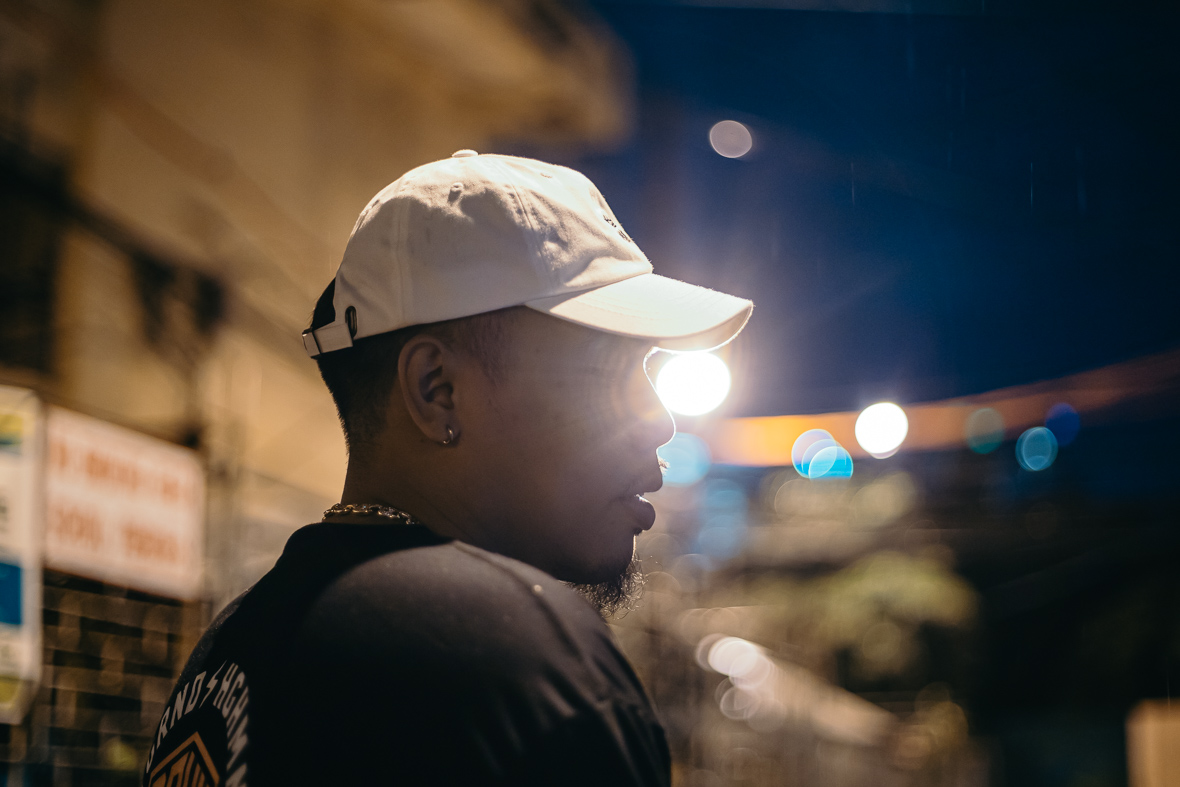
“I didn’t expect it to explode,” he says. And it didn’t at first. “Pahinga” gained traction slowly on Soundcloud. In the beginning it was mostly his artist friends playing and sharing it. But then it spread outside his circles. Although it never passed a couple hundred thousand plays on there, it was popular enough there that people started encouraging him to upload it to Youtube, where it took a life of its own. “Stuff wasn’t really blowing up on Youtube yet, but I did it anyway. It grew really organically. There were a lot of memes. People were ripping it from Youtube and adding it to different videos. Everything was happening at the same time, and it just snowballed.”
“我没想到它会这么火。” James 说。这首歌其实并不是一经推出便引爆互联网的,最开始也只是 James 的艺术家朋友会在 SoundCloud 上分享并收听这首单曲。但随后这首歌在他的社交圈以外一度被广泛传播。SoundCloud 上几十万的播放量,已经为他吸引了足够的人气,人们开始鼓励他把歌曲上传到 YouTube,从那时开始,歌曲《Pahinga》的波及范围便开始超出他的预期。“当时我在 YouTube 上也没被太多关注,但我还是上传了这首歌。它的流行是一个逐渐累积的过程。网上有很多对这首歌的改编。很多人从 YouTube 上下载这首歌,加到不同的视频中。各种因素加在一起,就像滚雪球那样。”
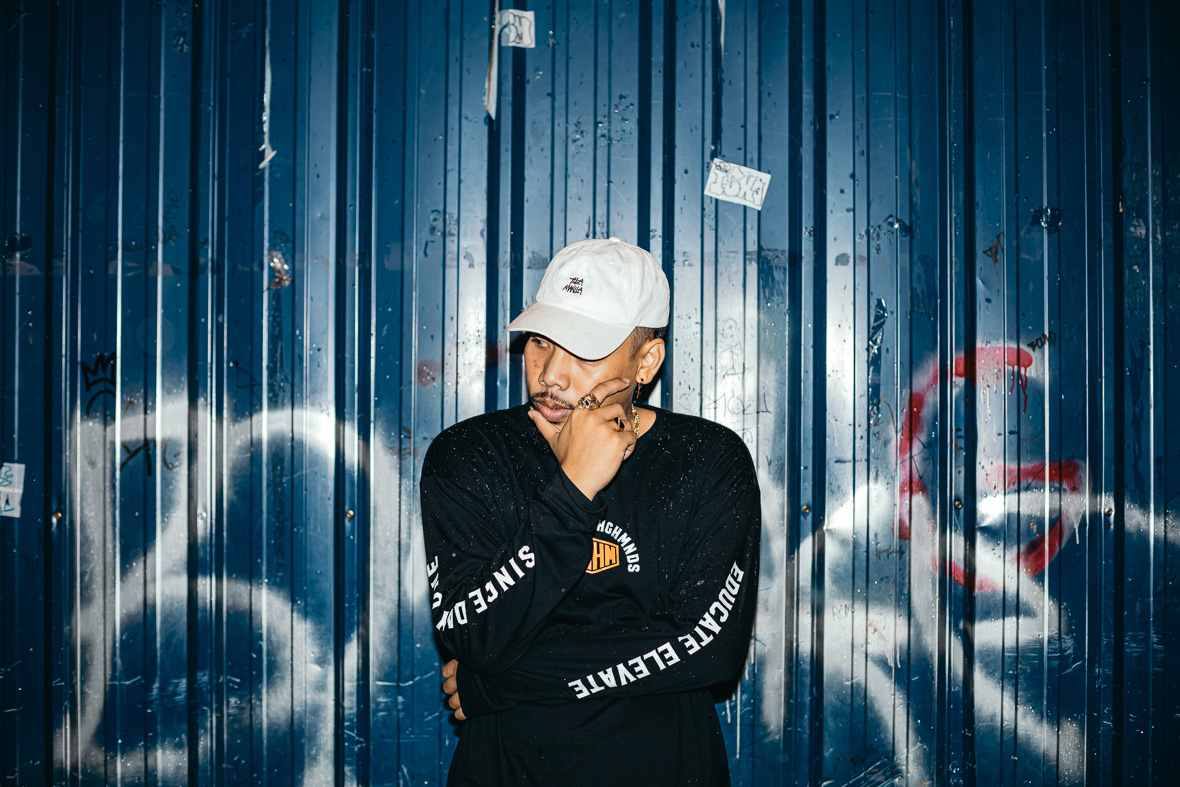
As he started getting booked to play shows, he quit his below-the-line advertising job. Al raps full time now, headlining festivals and events all over the country, still as independent as ever. “Some labels were reaching out, but the deals were pretty unfair. The music grew on its own, so I didn’t need them,” he shrugs. But he’s got to stay nimble. “With my newest song, ‘Latina,’ I tried a different approach. I was hearing a lot of similar vibes and I didn’t want it to deal with that saturation, so I switched it up. But the Al James flavor is still there.”
他开始受邀参加各种演出,并随后辞去了广告公司的工作。现在,Al james 是一名全职的说唱歌手,在菲律宾各地的节日和活动上表演,但仍然像以前一样保持独立音乐人的态度。“有些唱片公司联系过我,但条件都非常不公平。我的音乐本身在不断发展,所以我也不需要签这些公司了。” 他耸了耸肩说道。在音乐性上,他的曲风依然保持灵活多变的特点,“新歌《Latina》尝试了不同的风格。因为我之前听到太多相似的音乐,所以不想再创作已经饱和的曲风。我决定改变一下,但 Al James 的味道依然存在。”
Like our stories? Follow us on Facebook and Instagram.
Facebook: ~/mrpahinga
Instagram: @mrpahinga
YouTube: ~/aljames
Contributor: Mike Steyels
Photographer: Jilson Tiu


